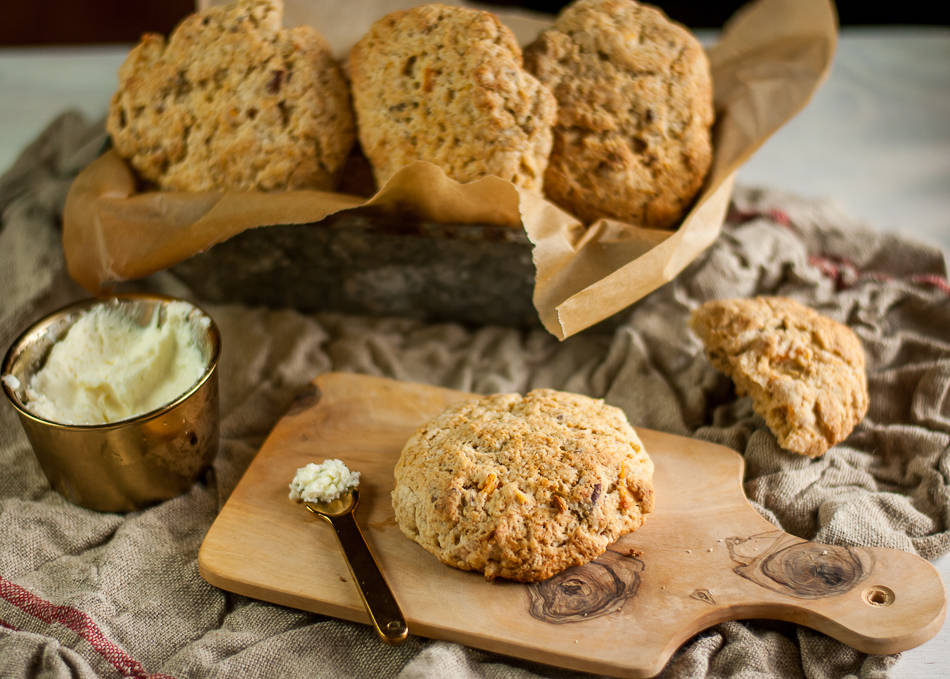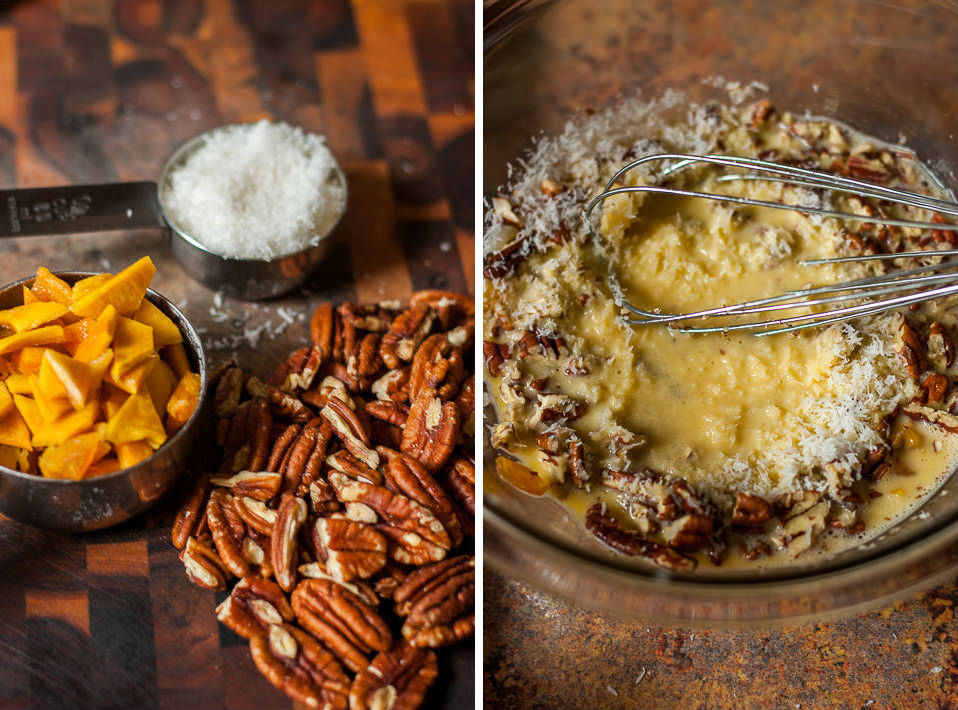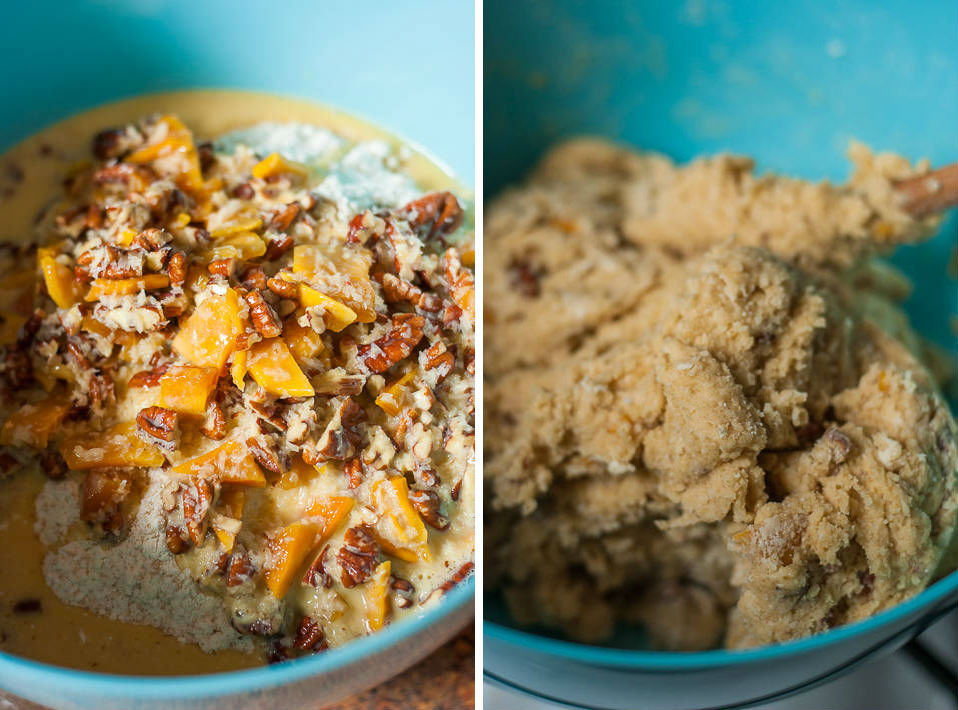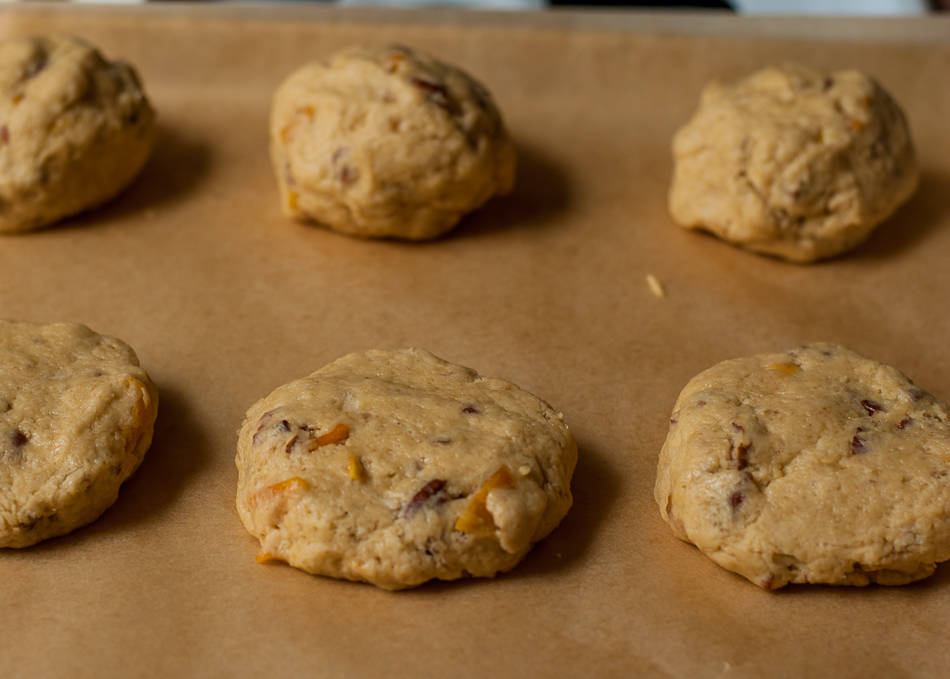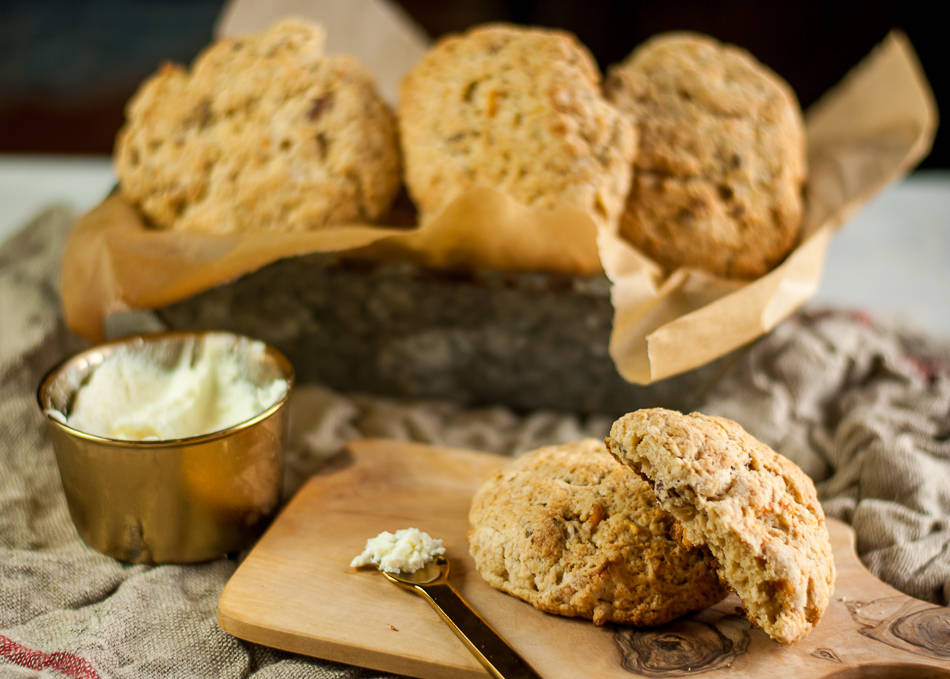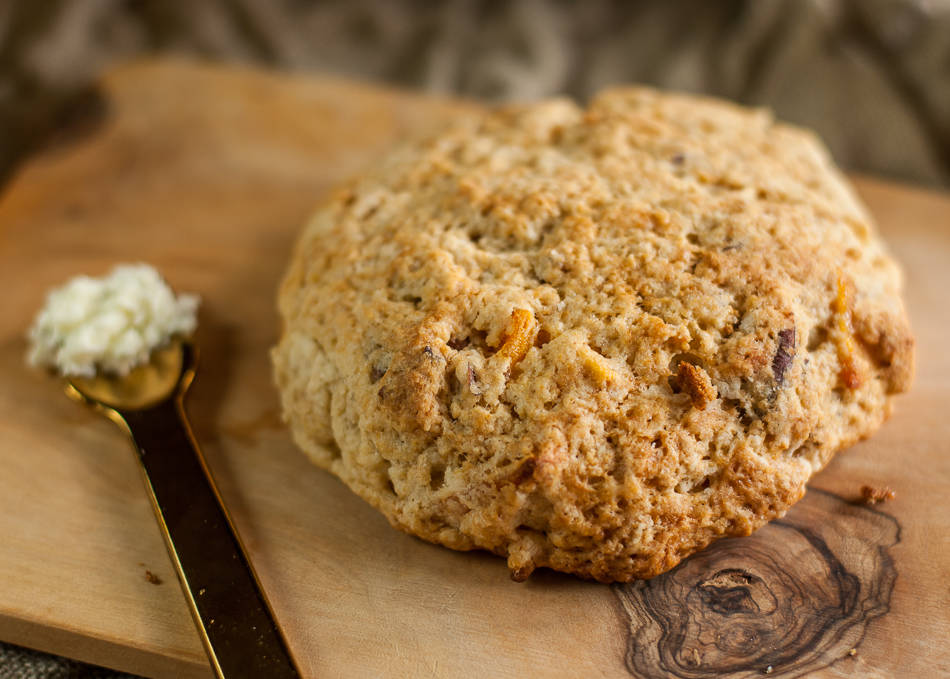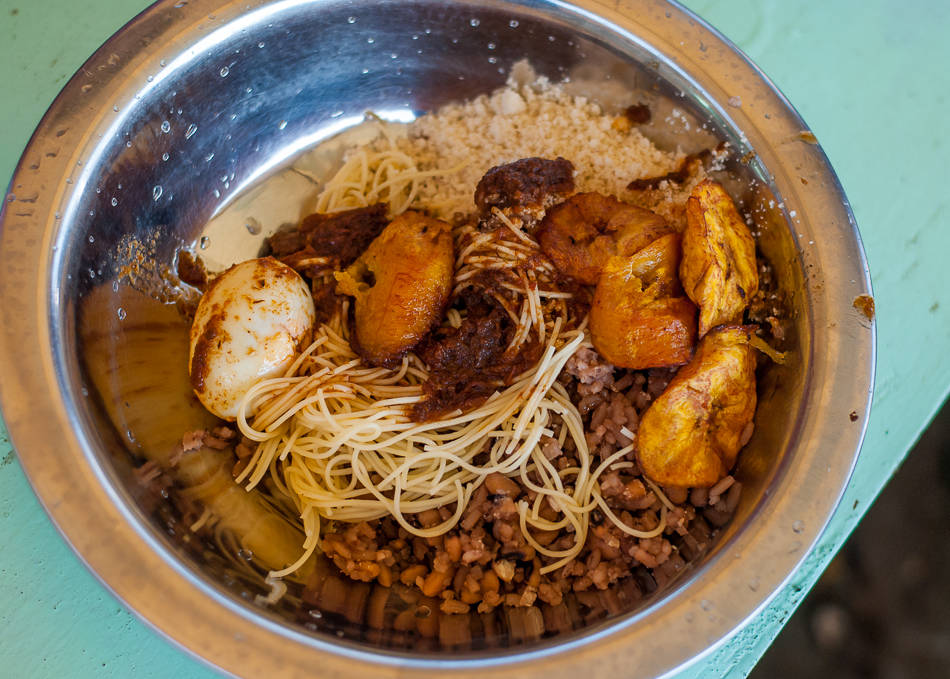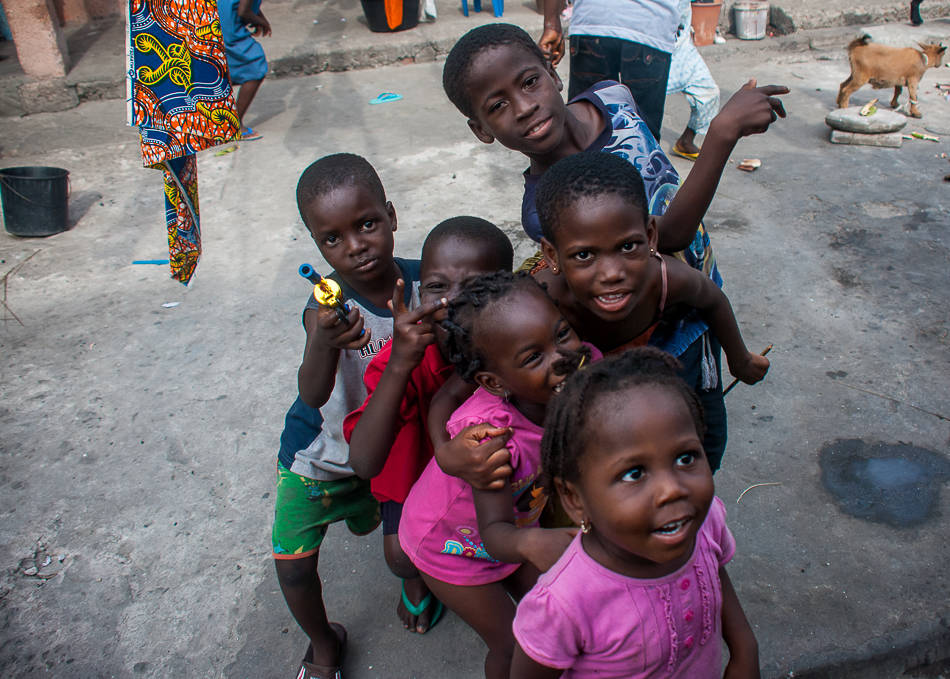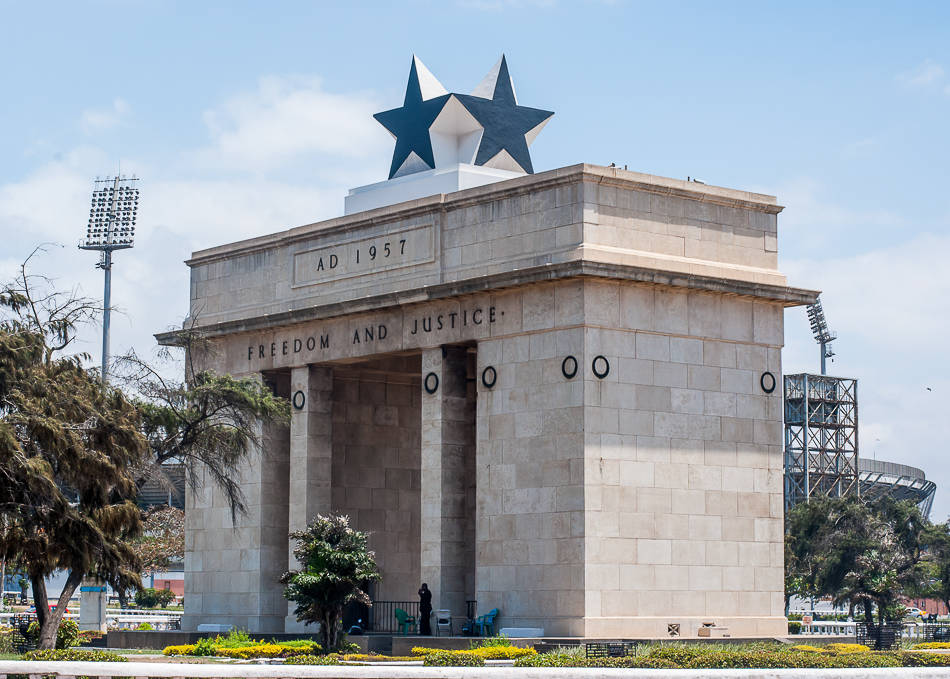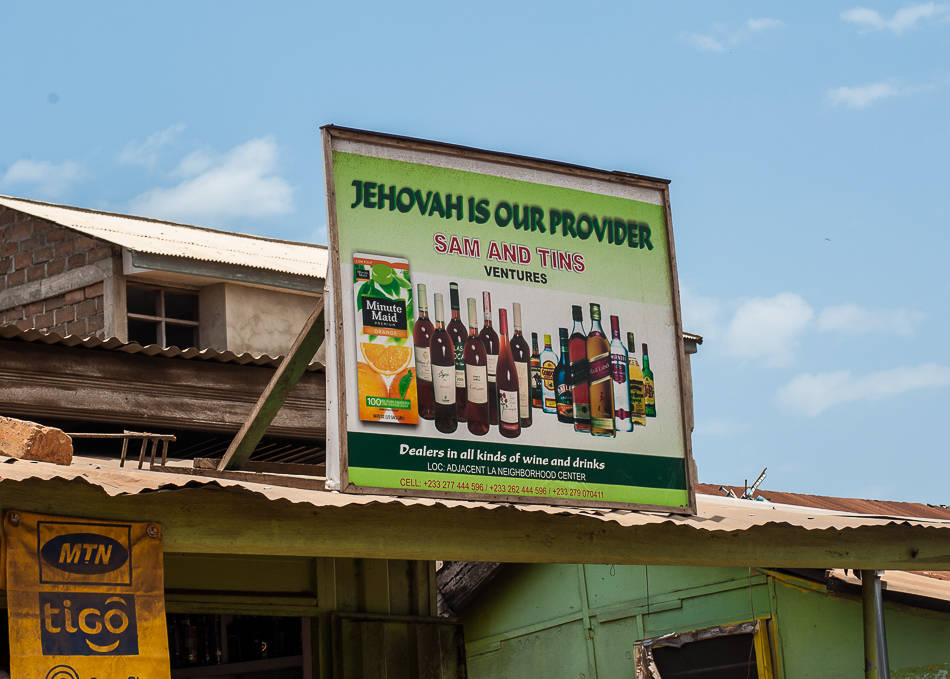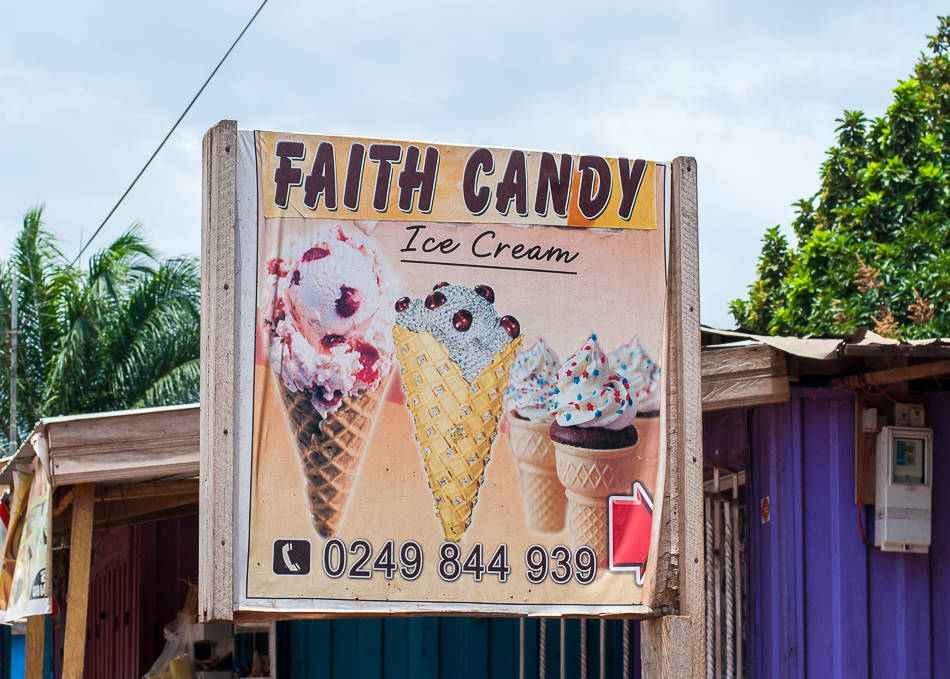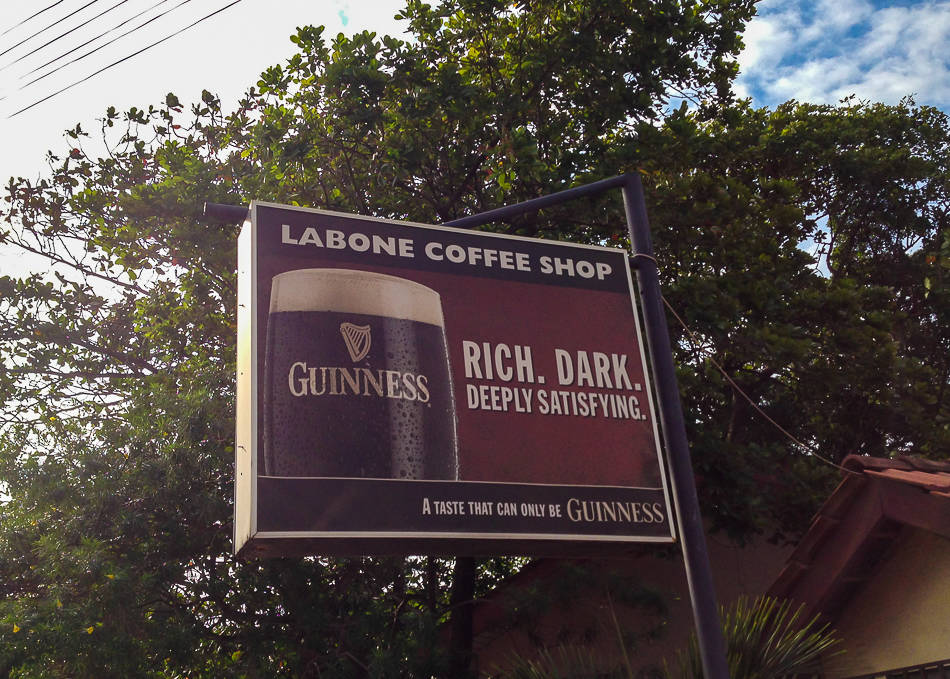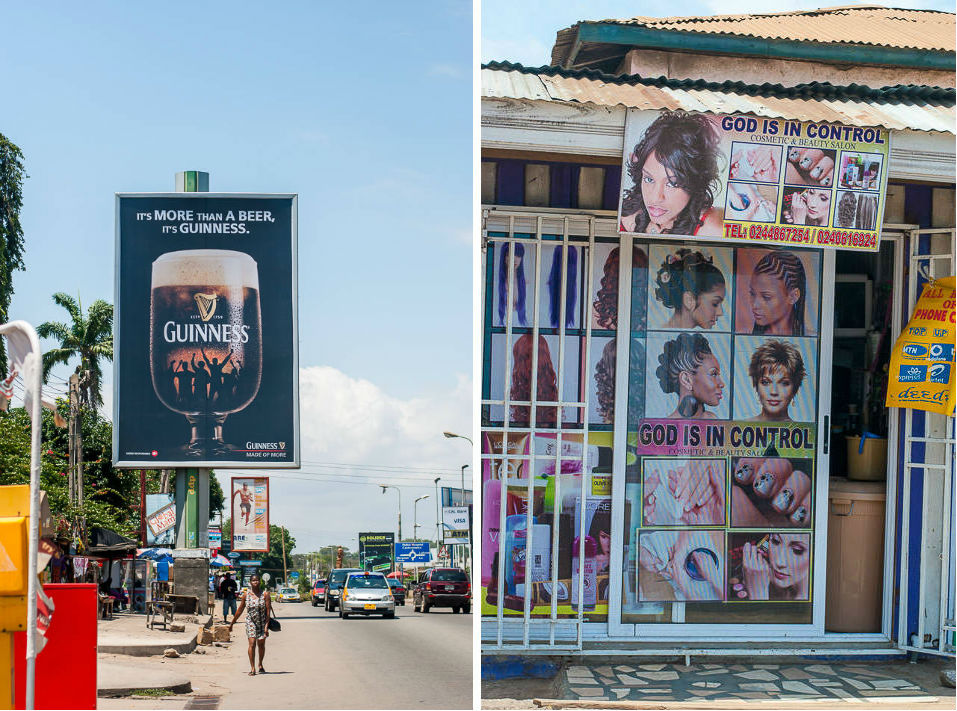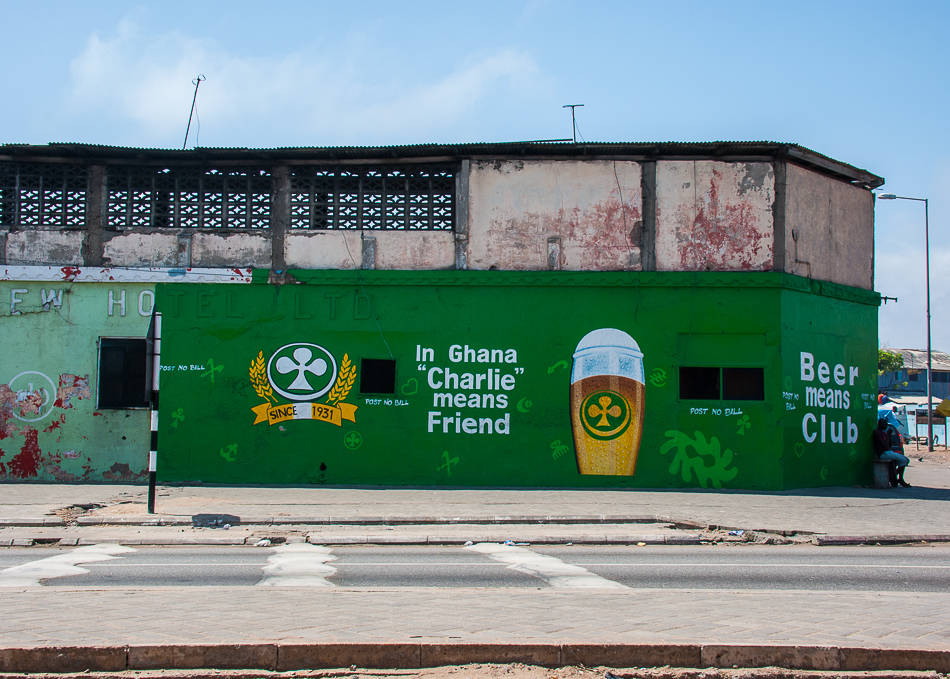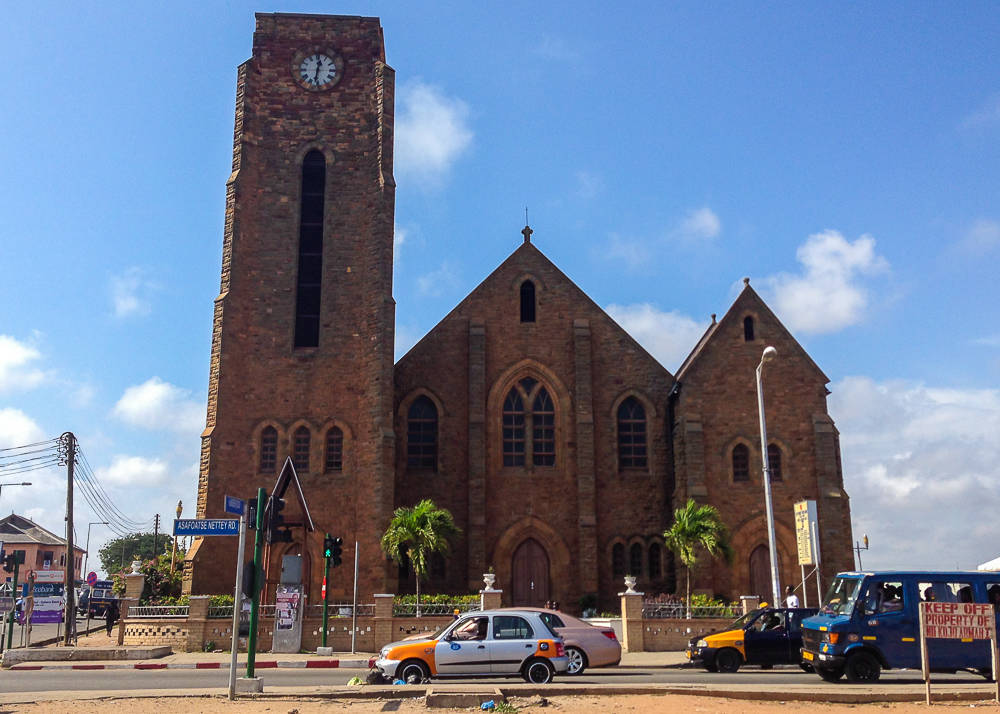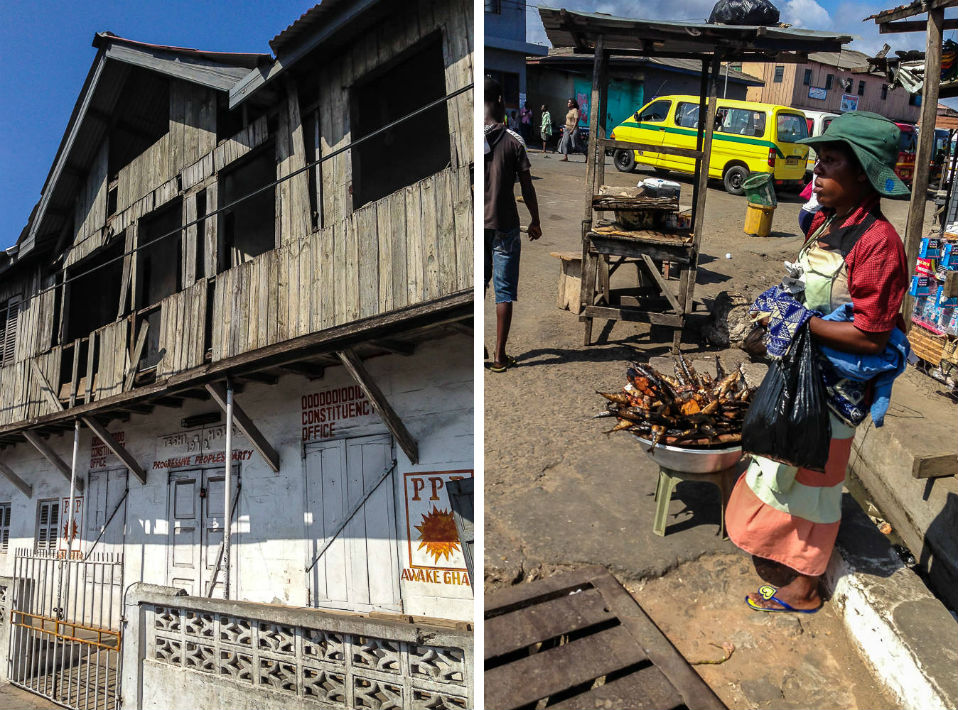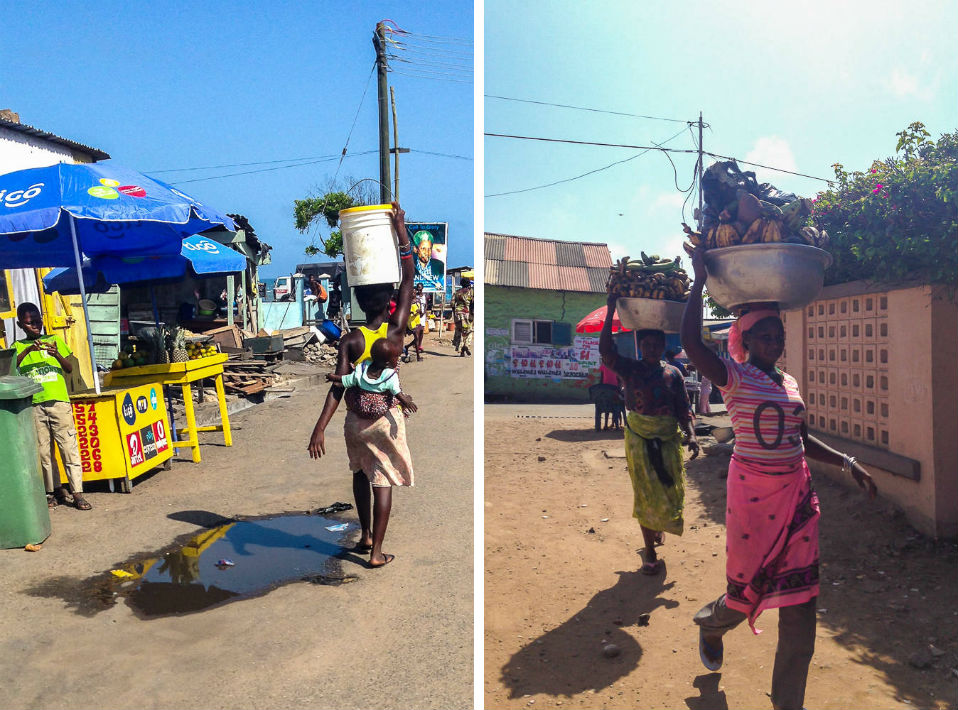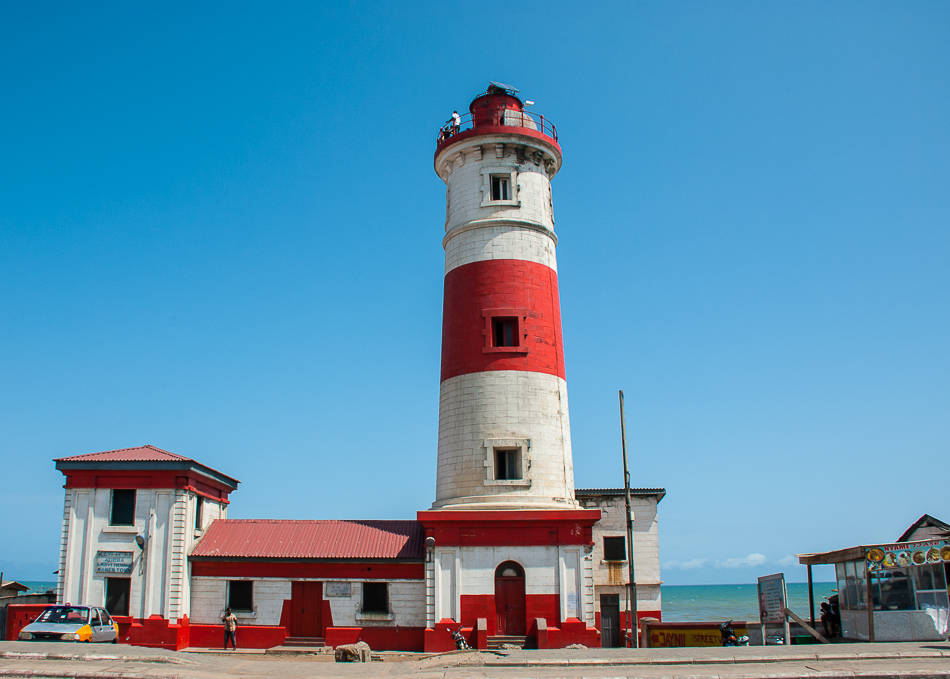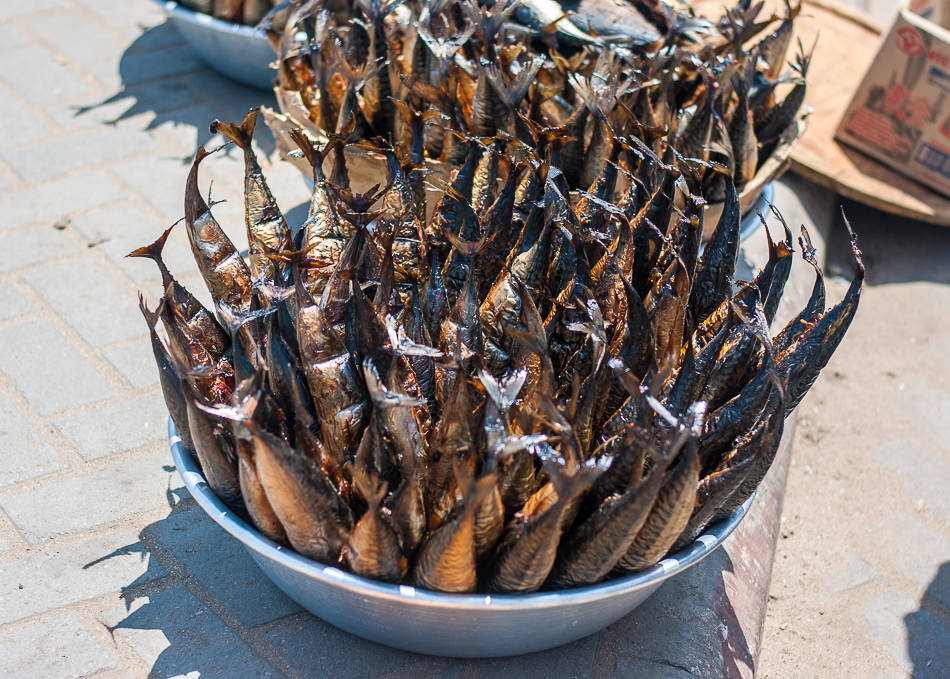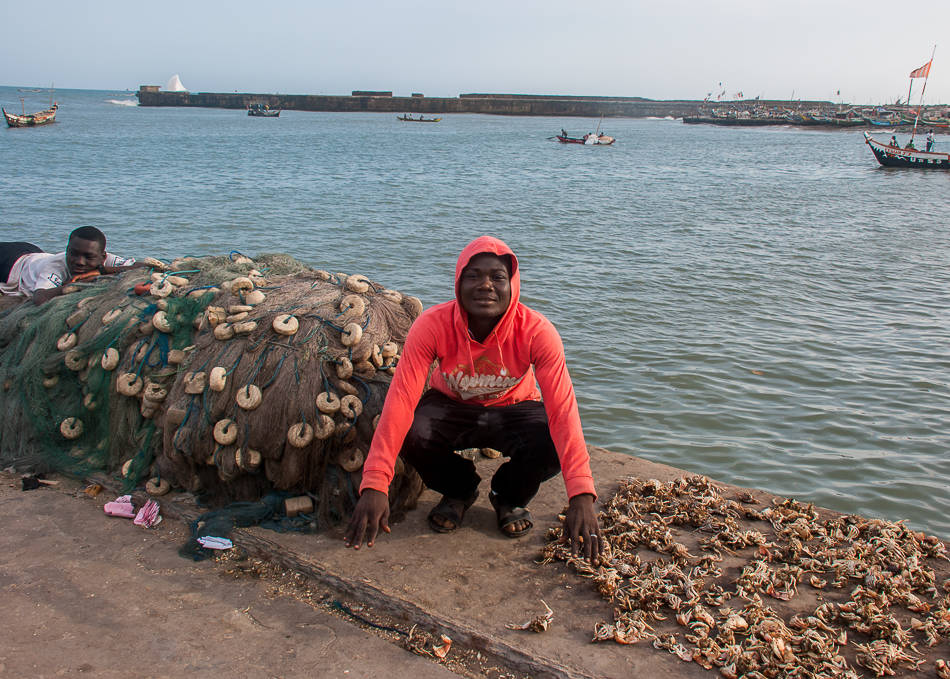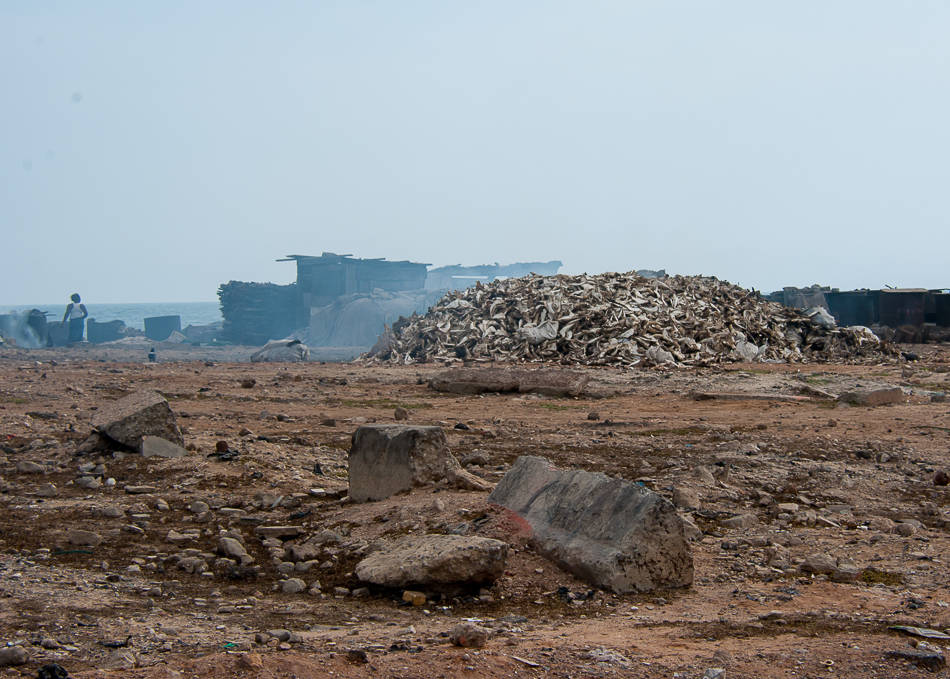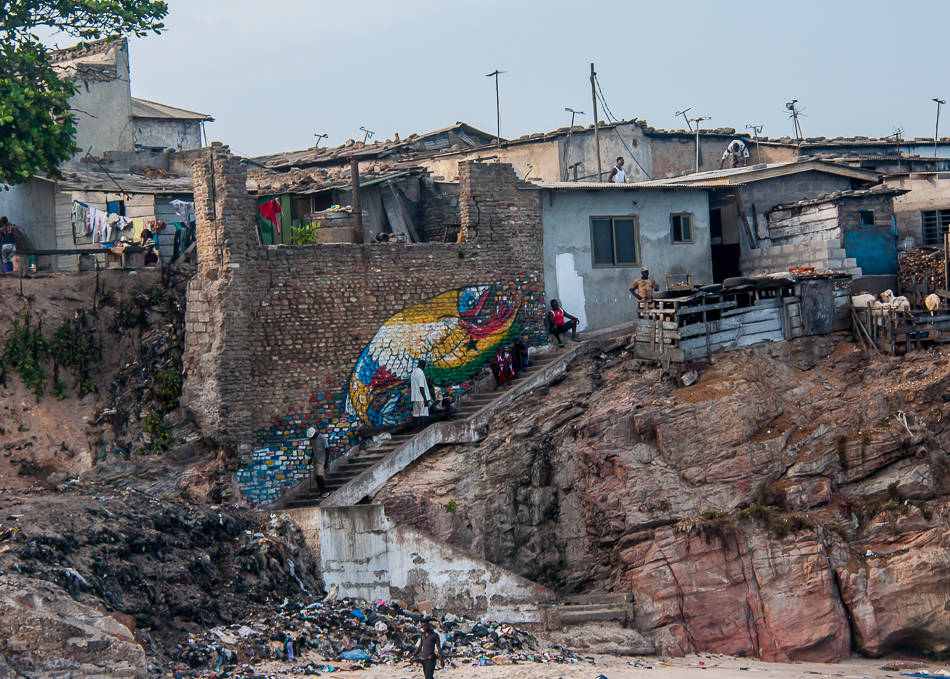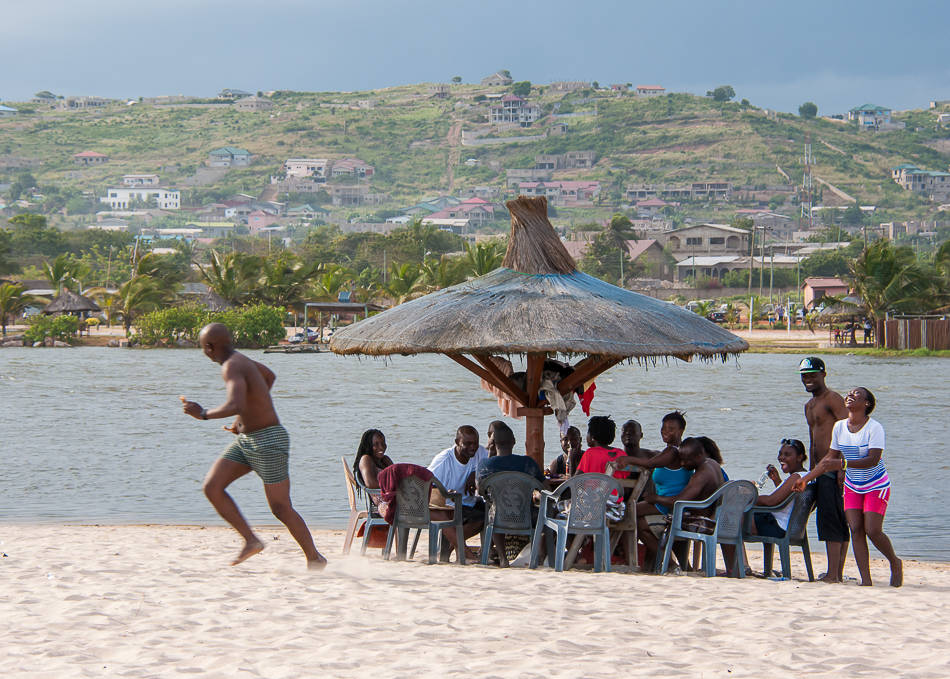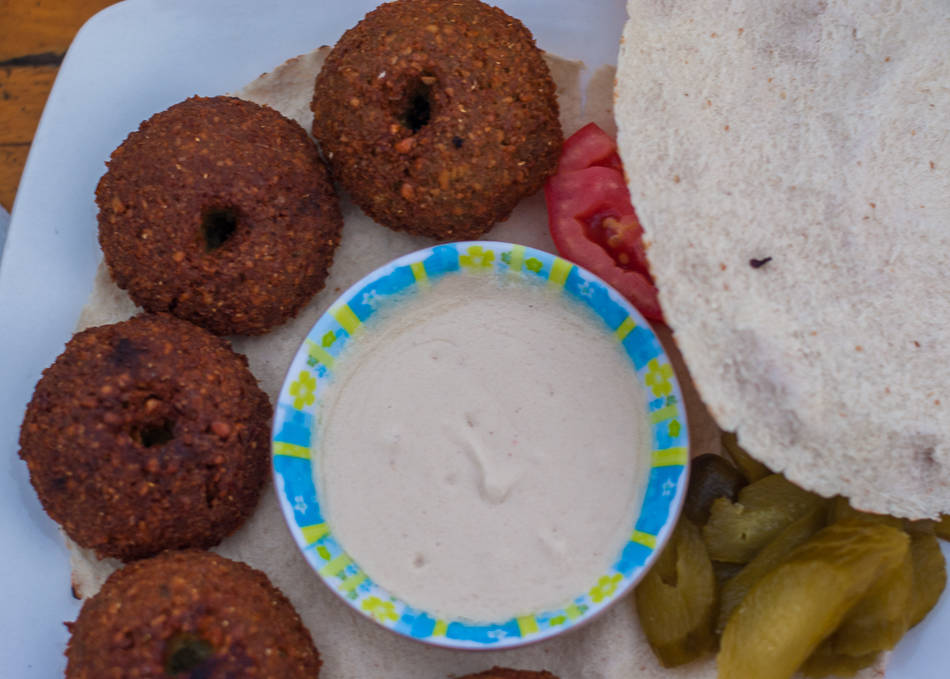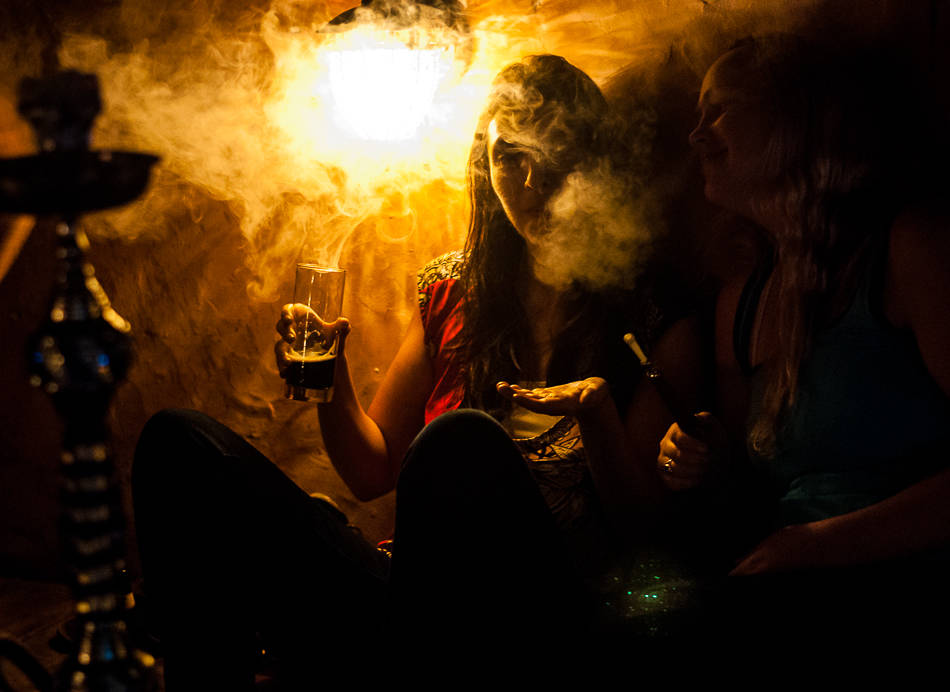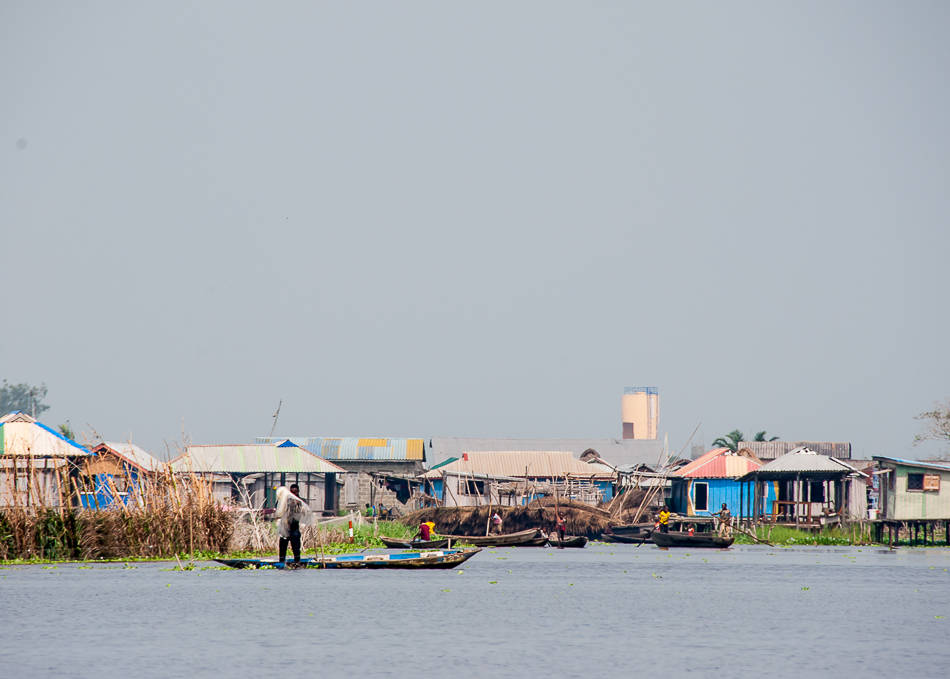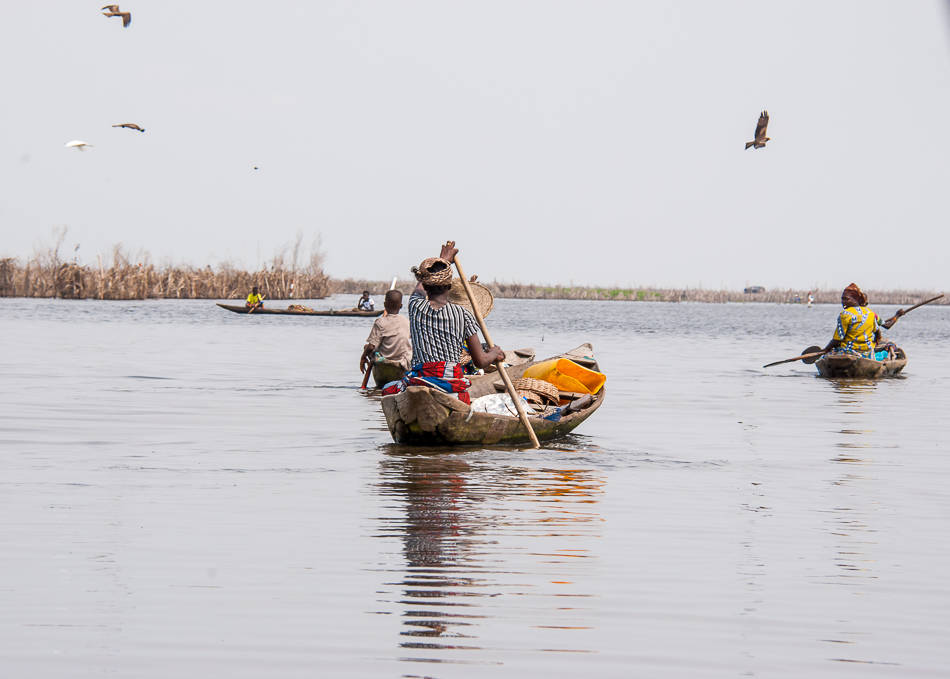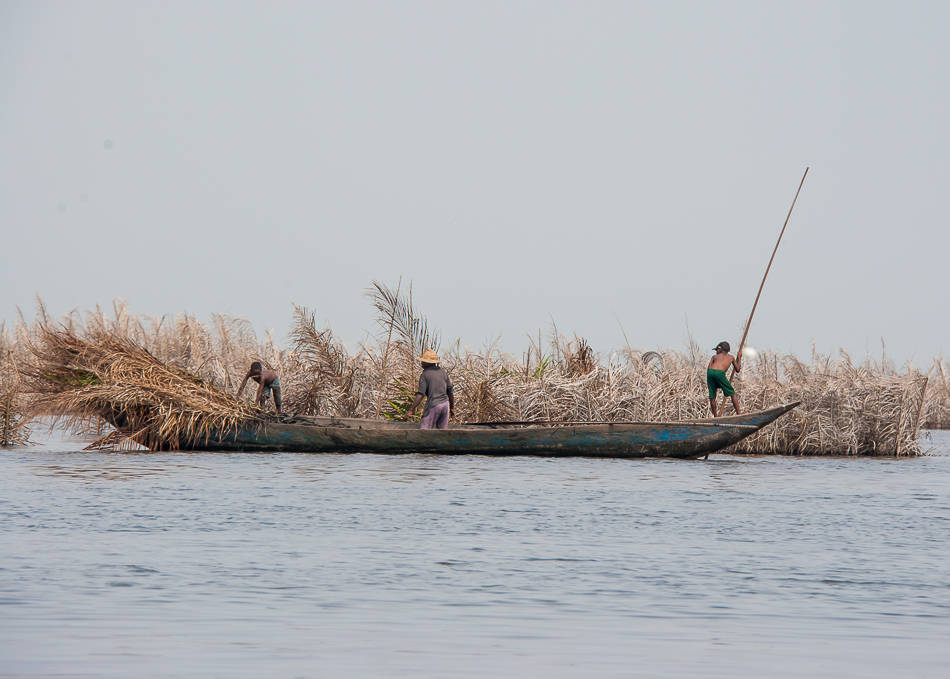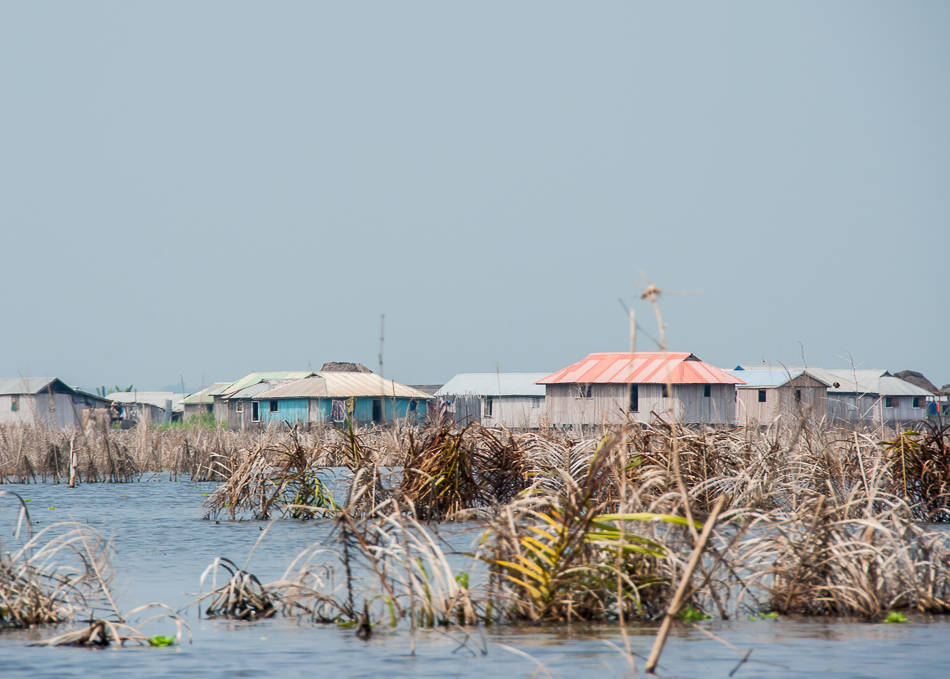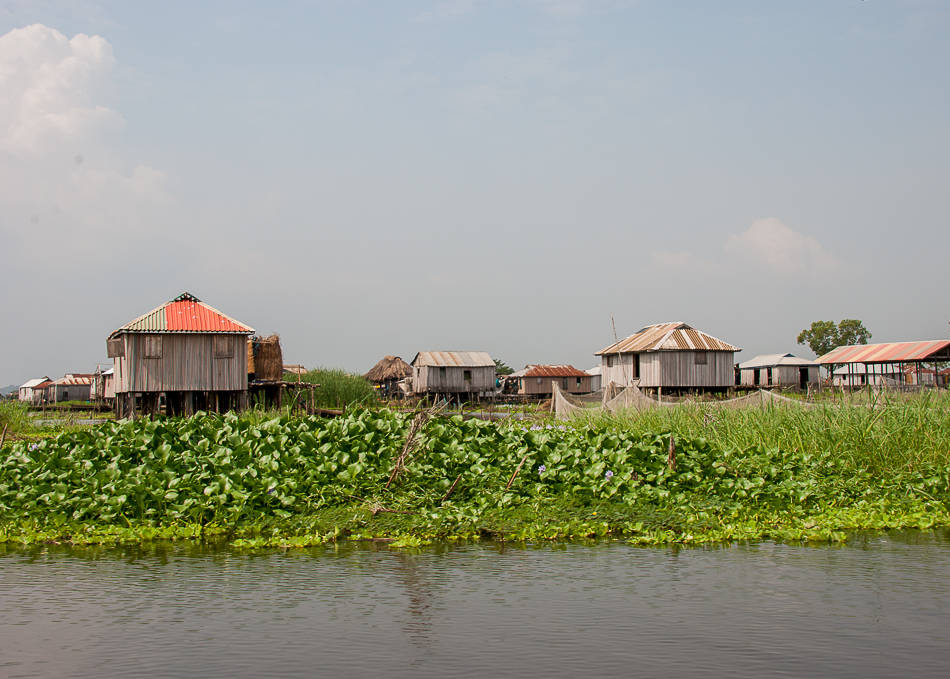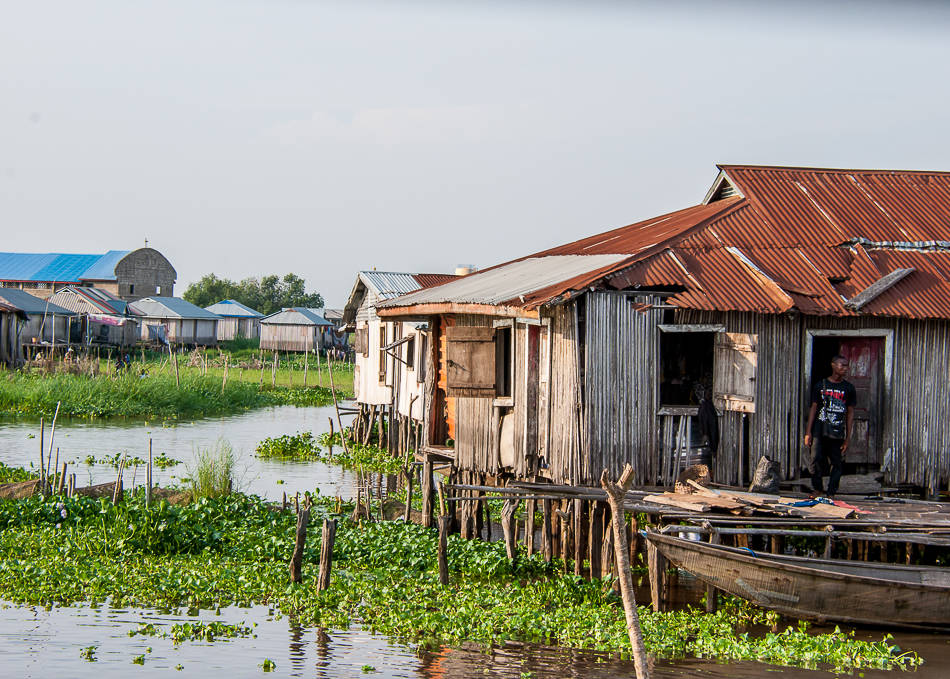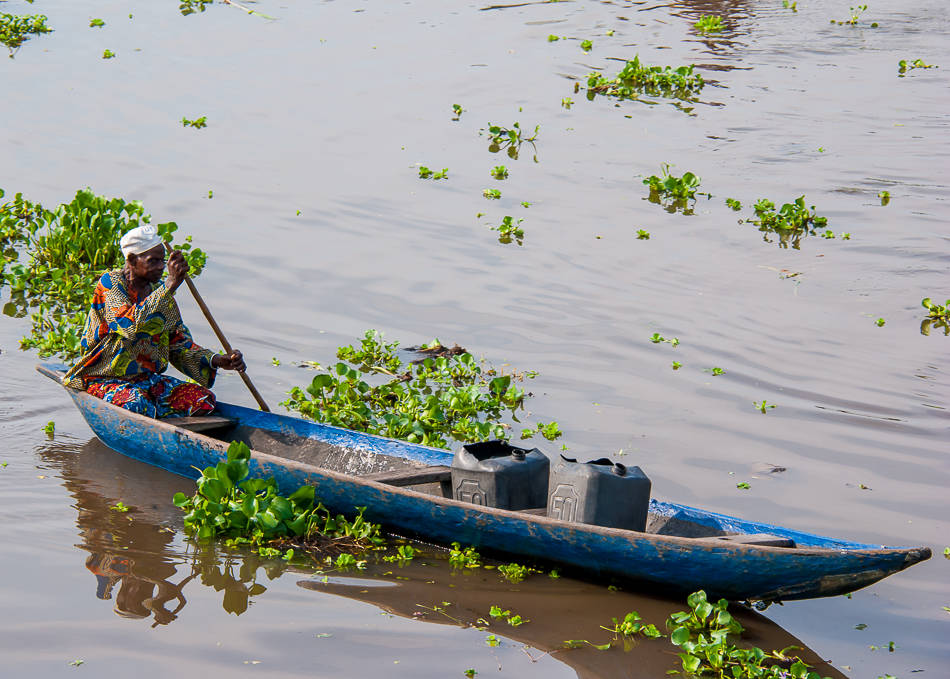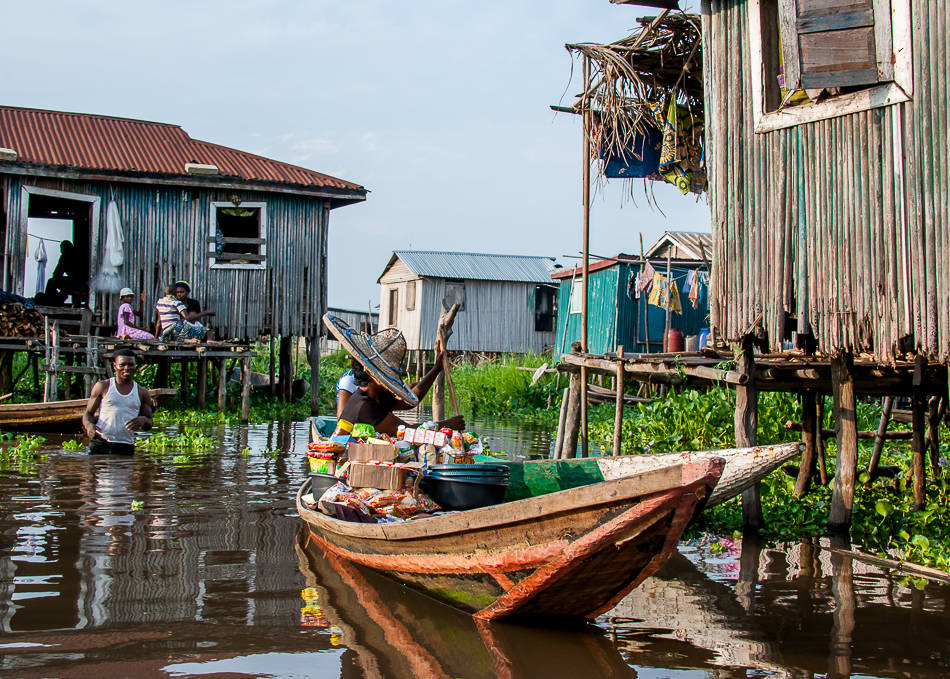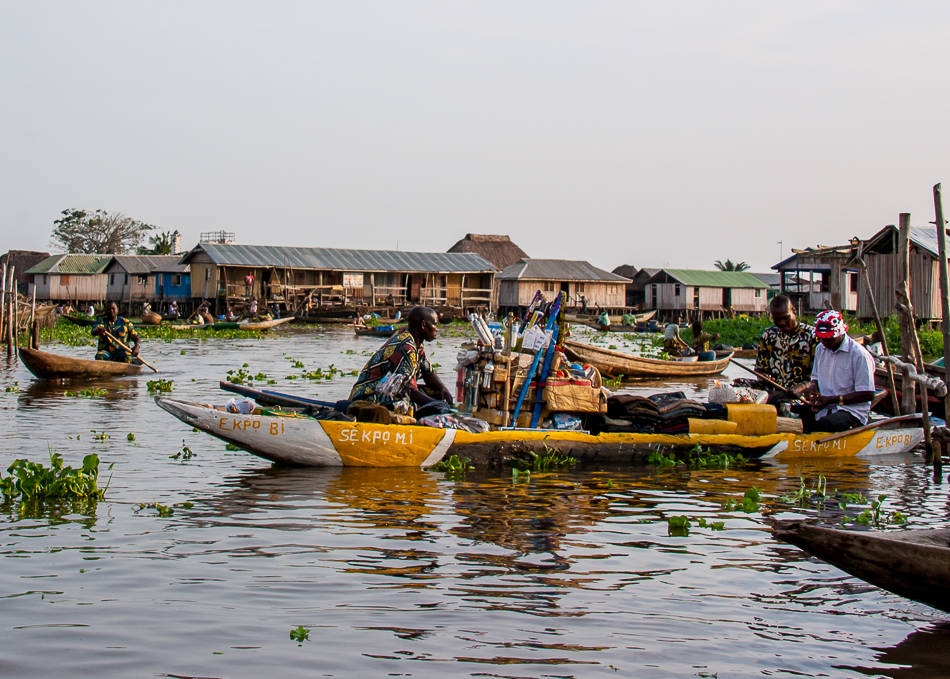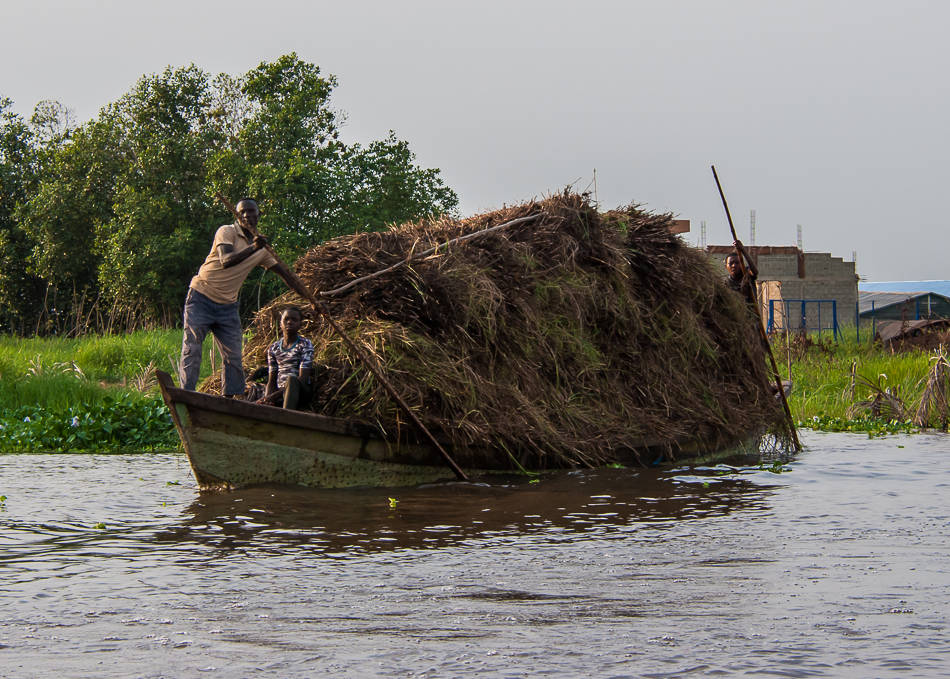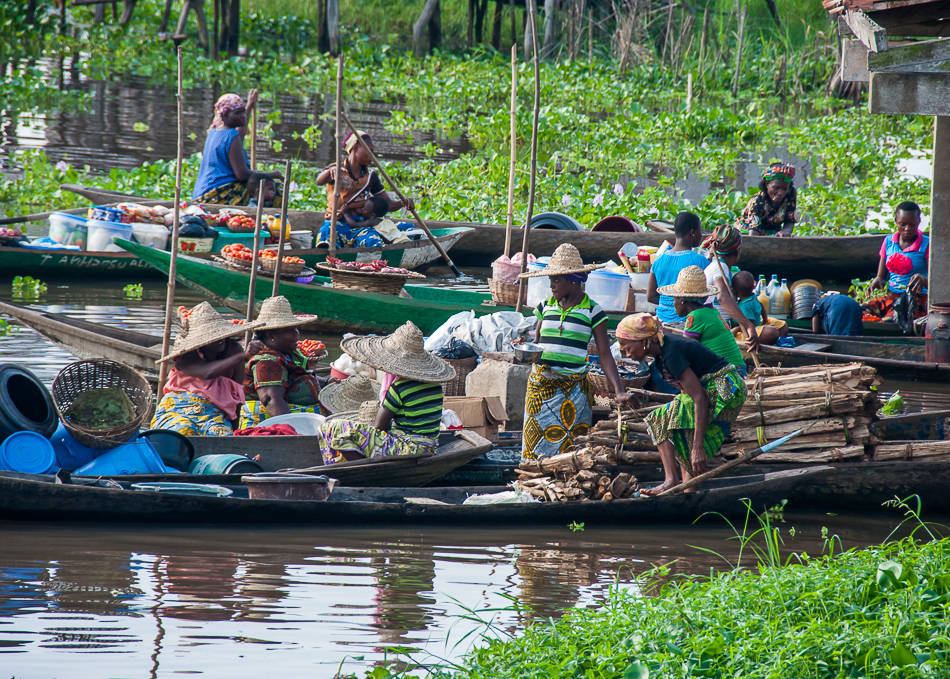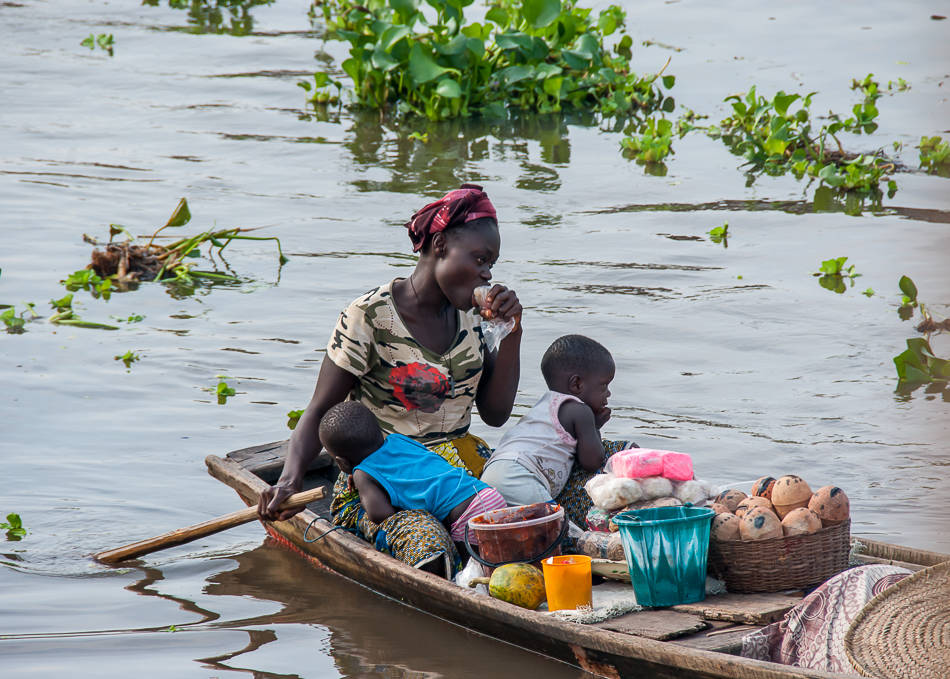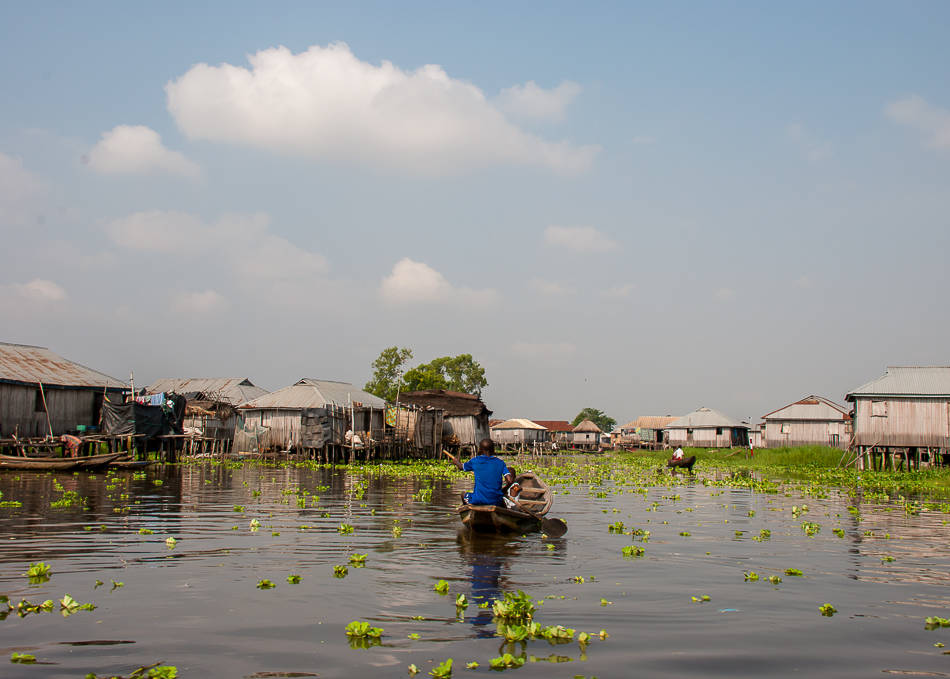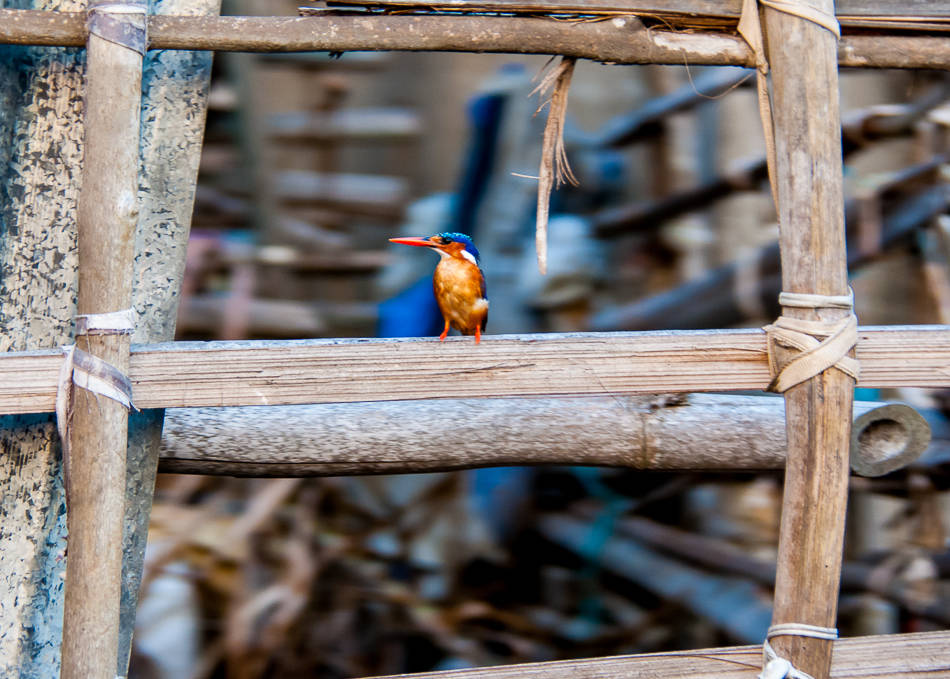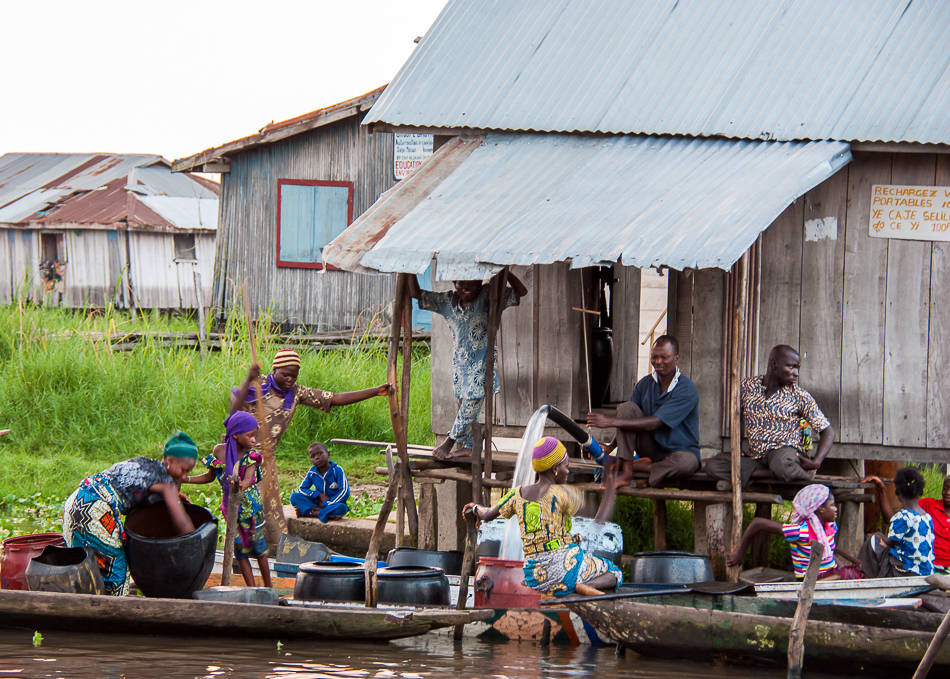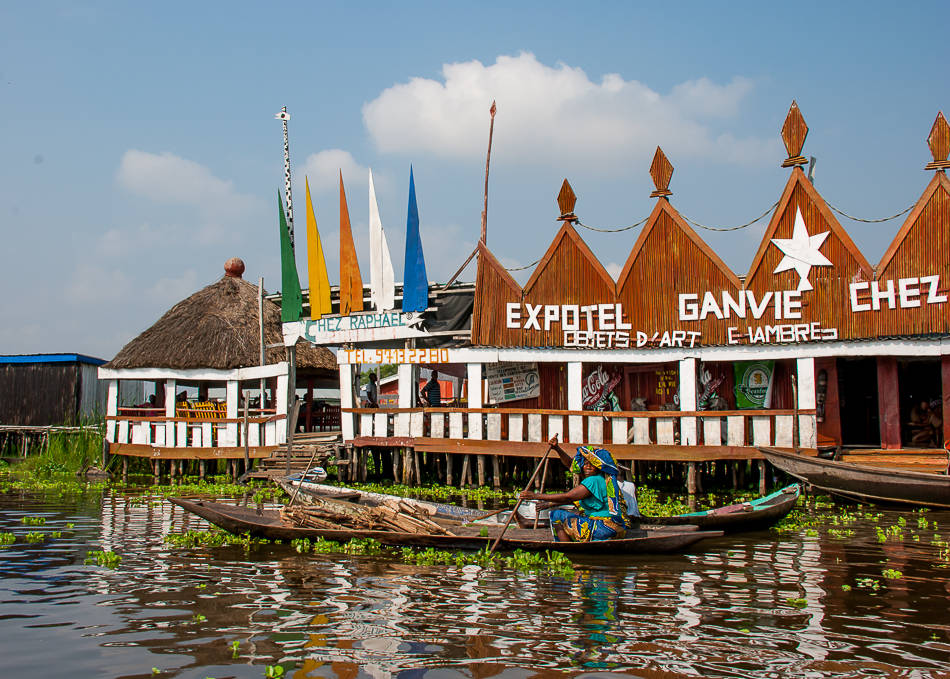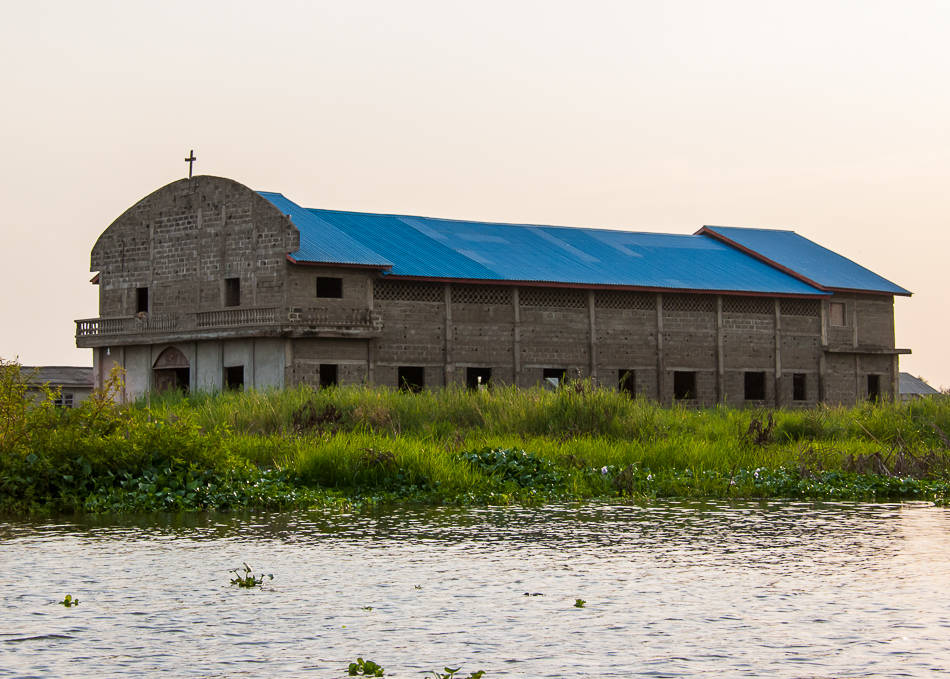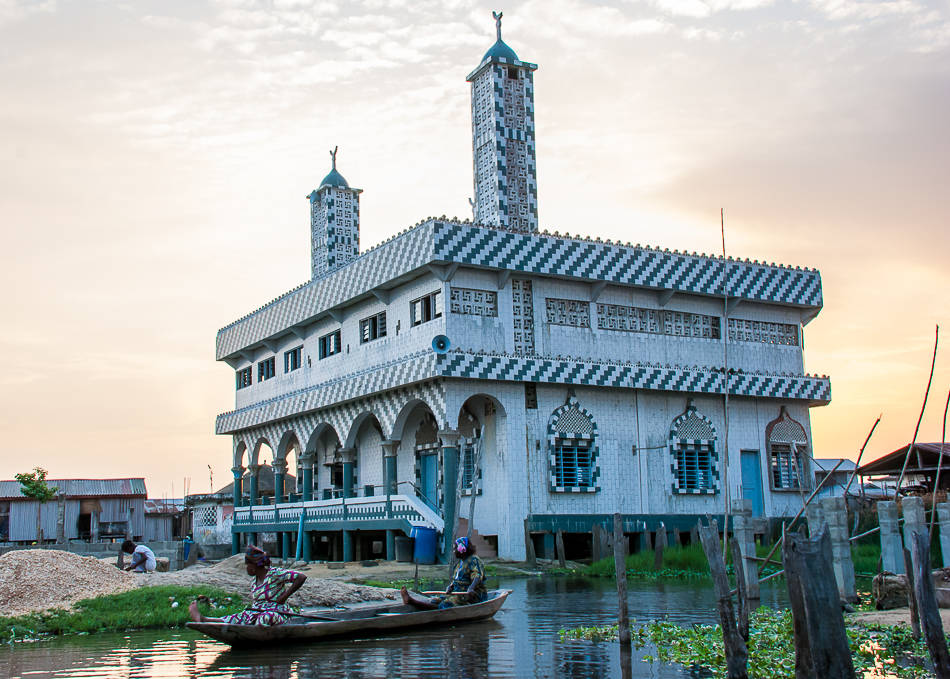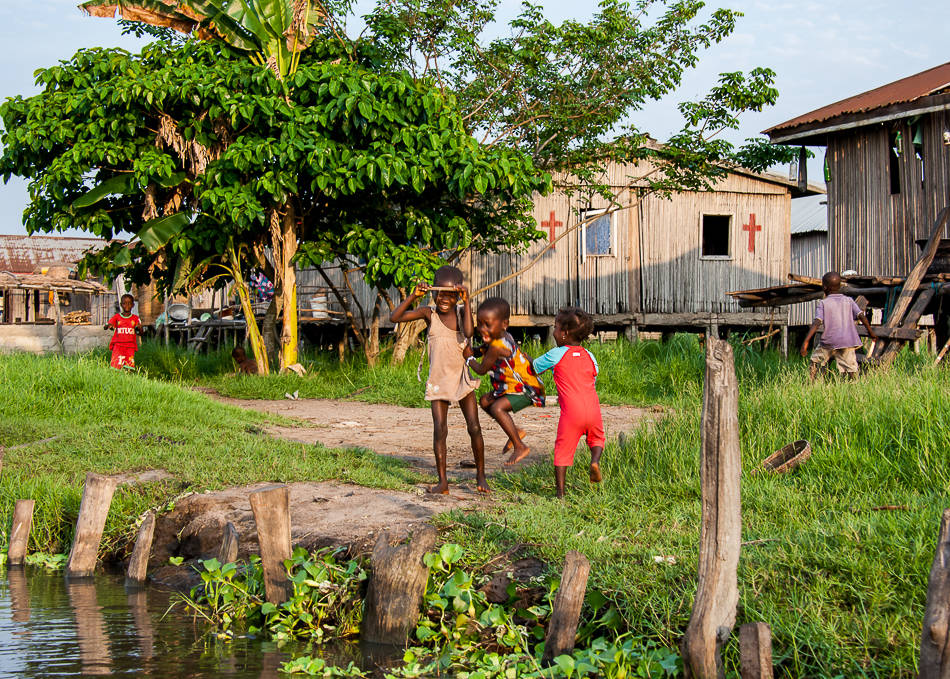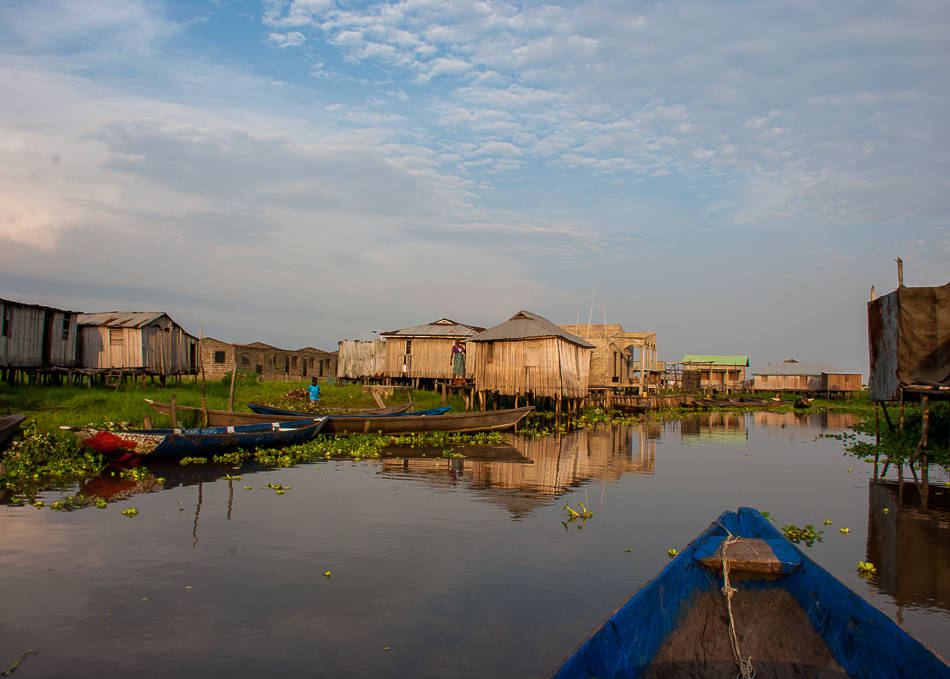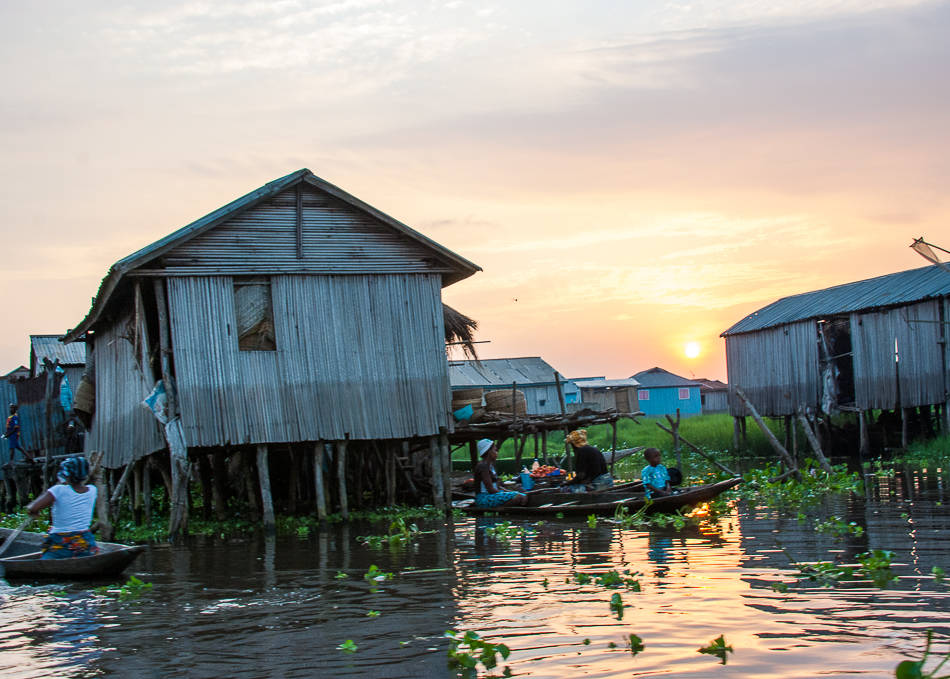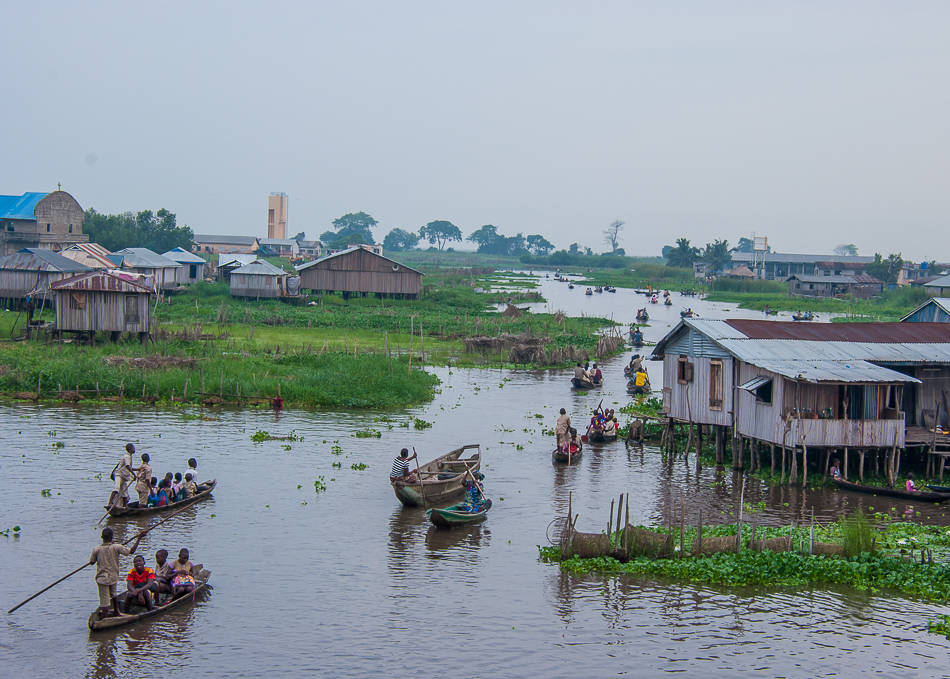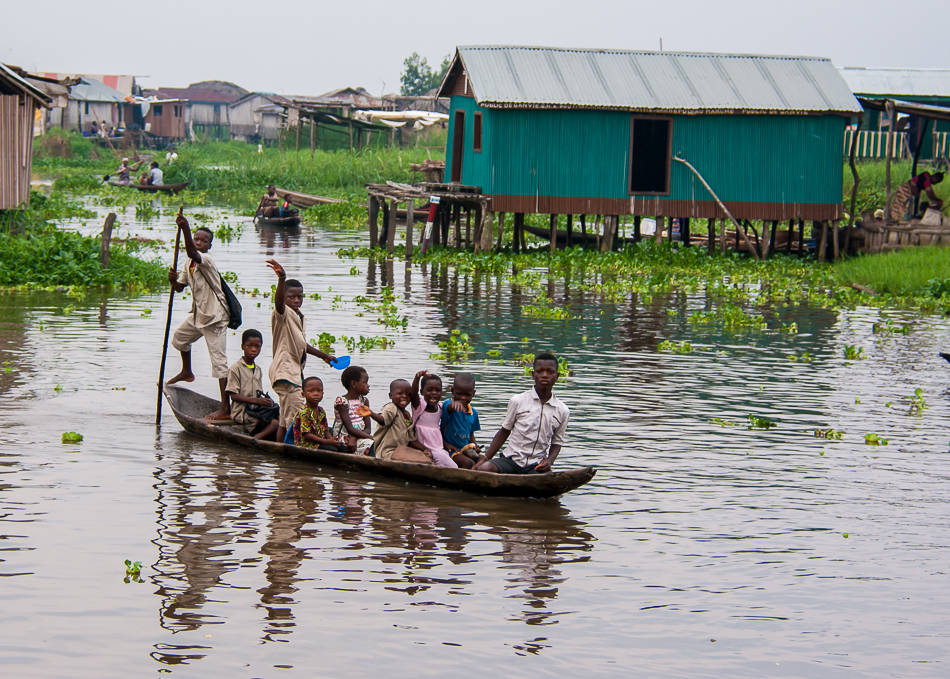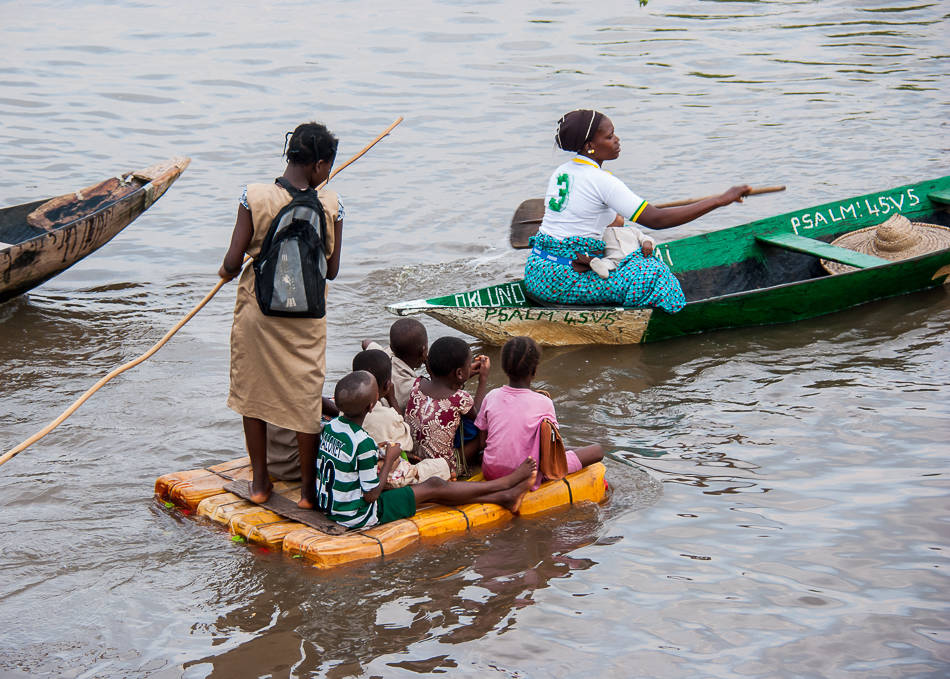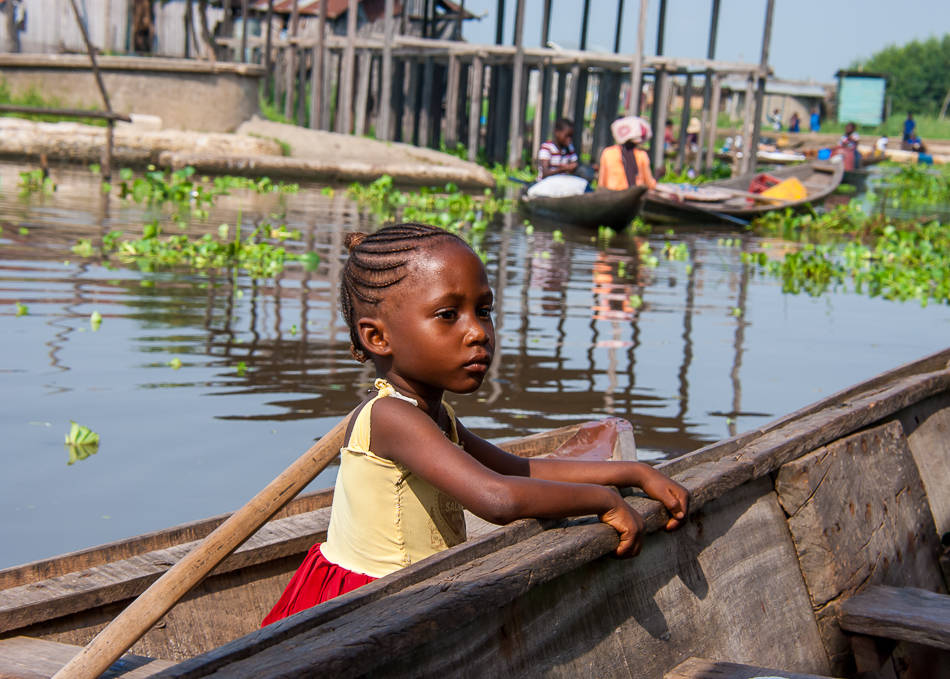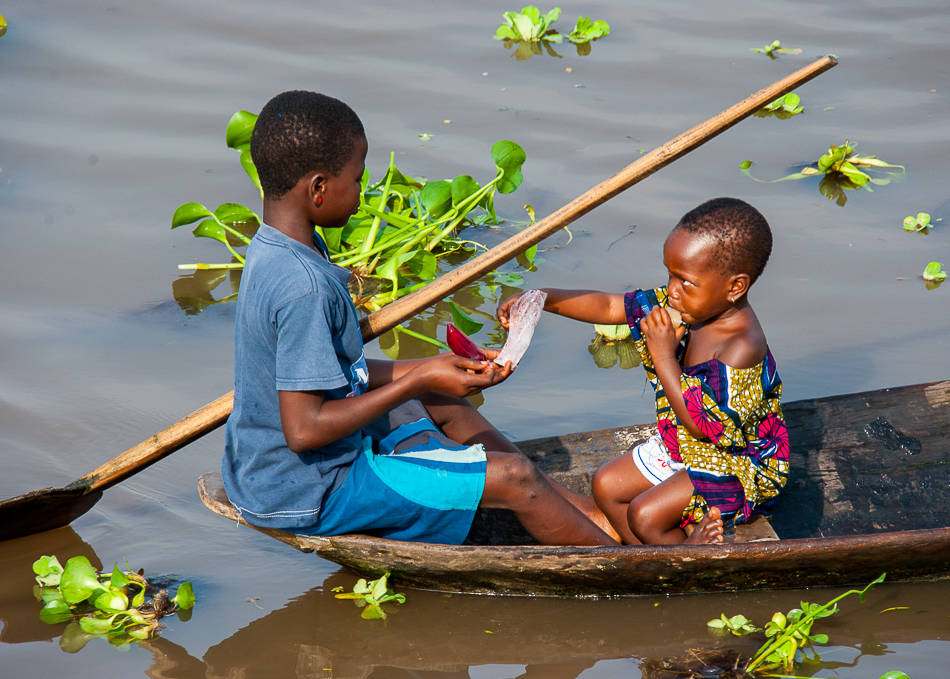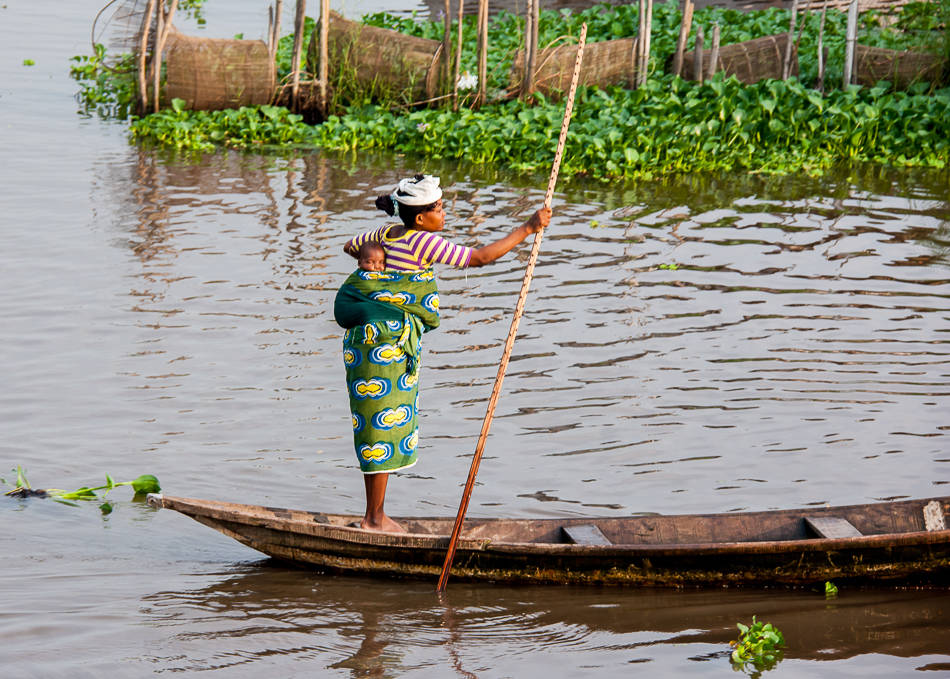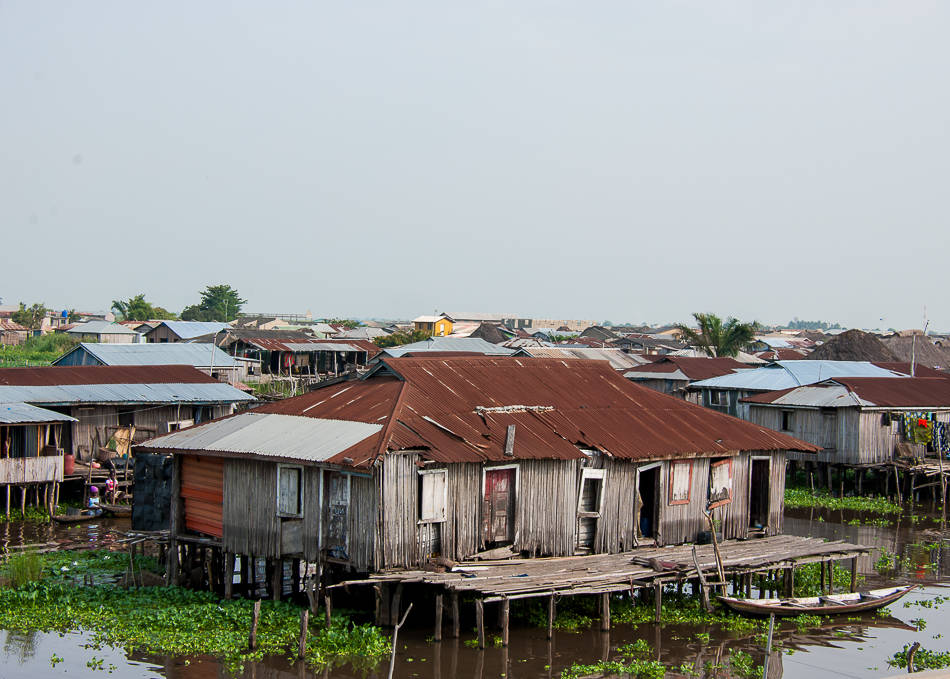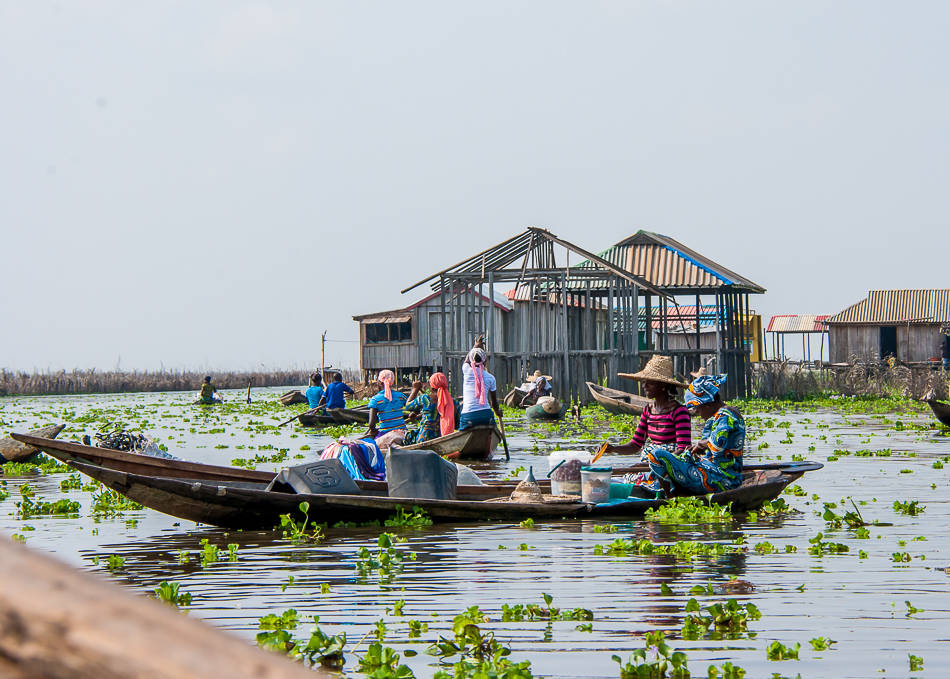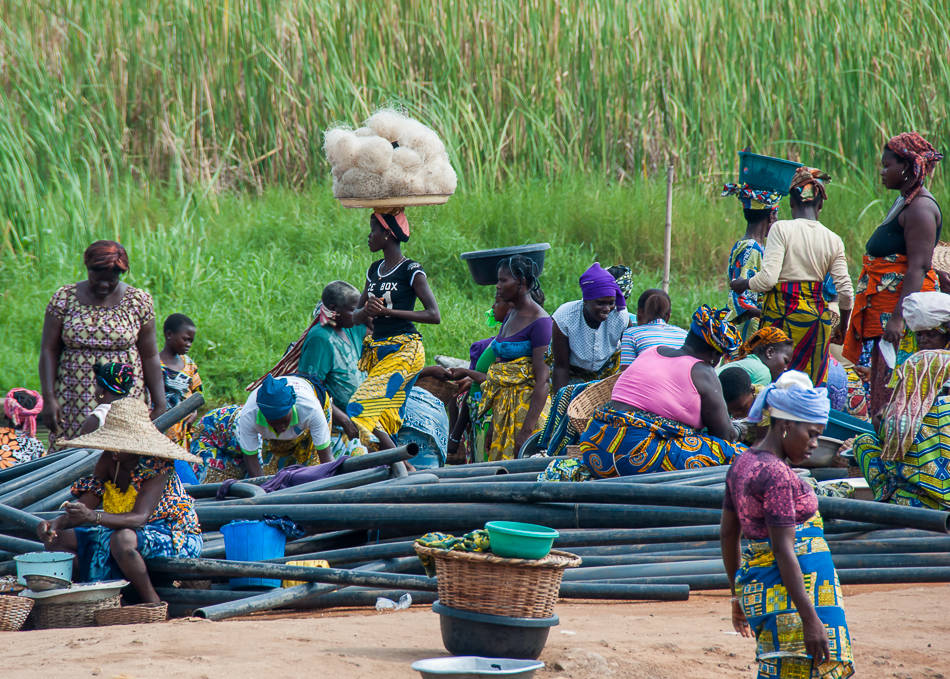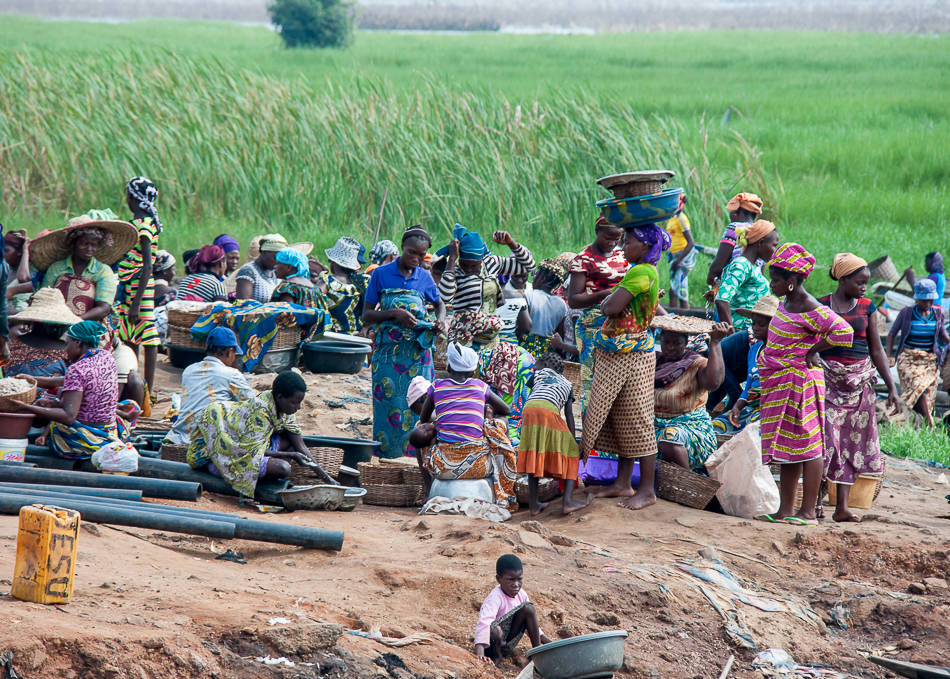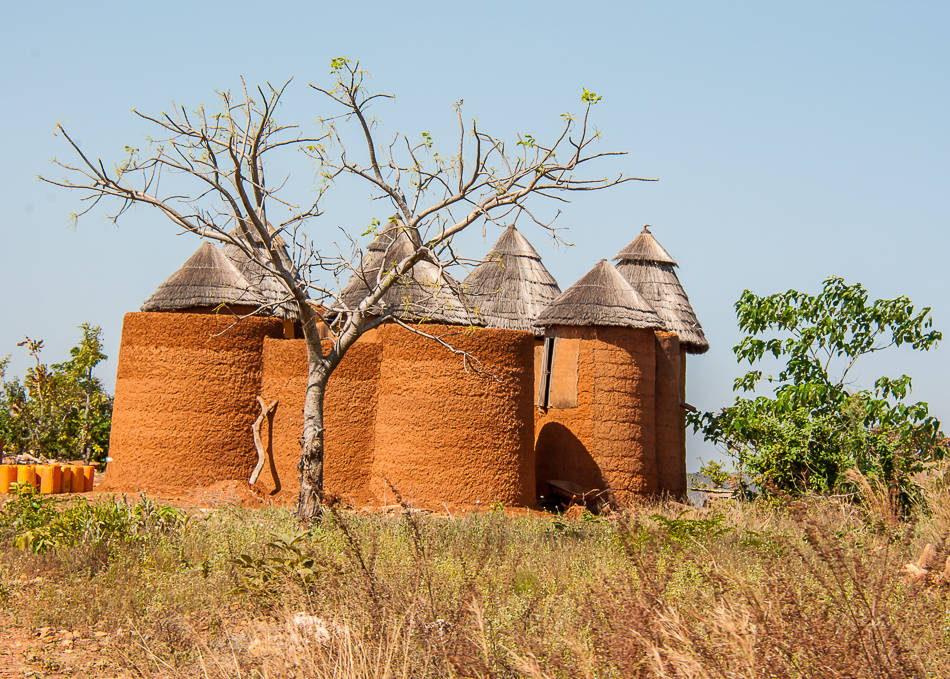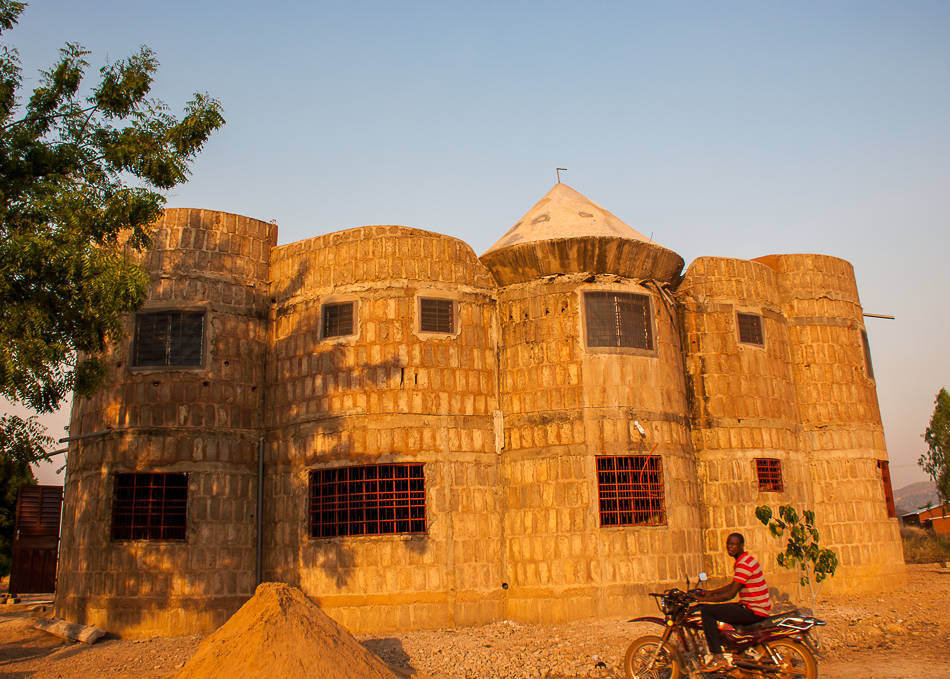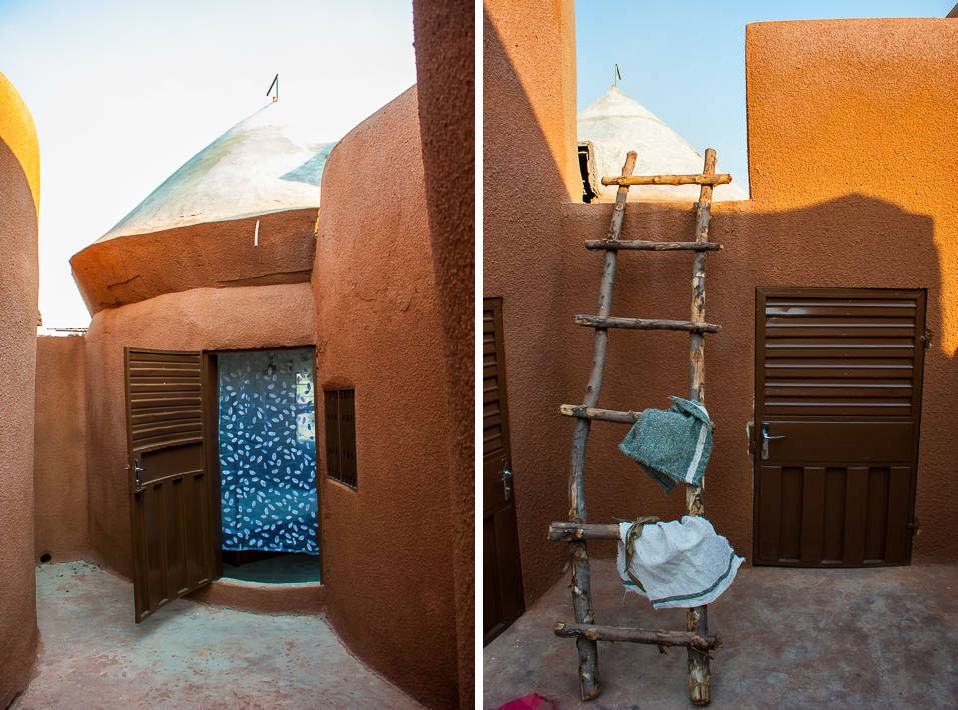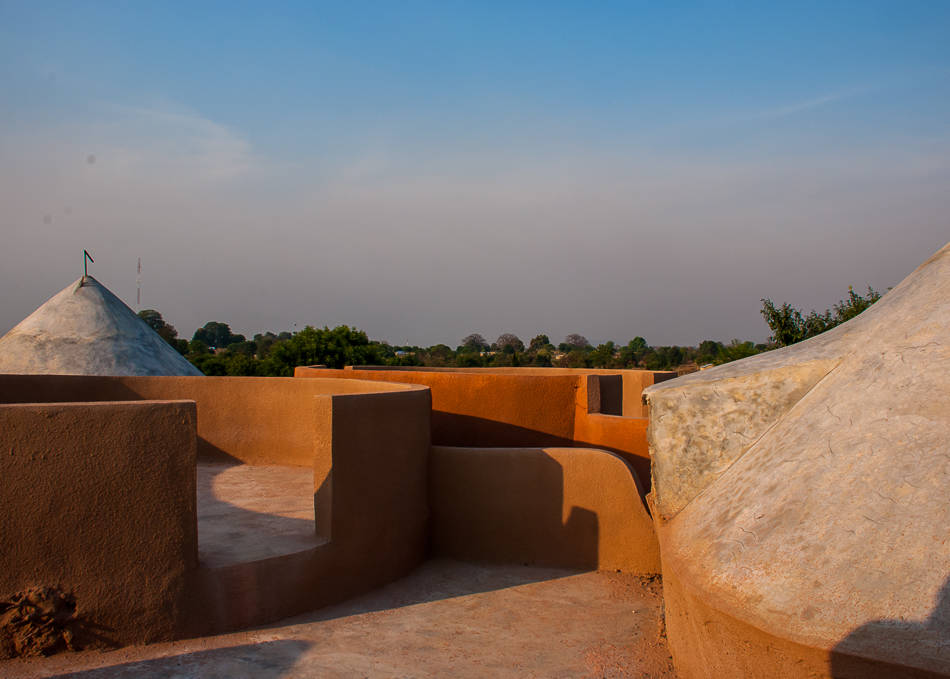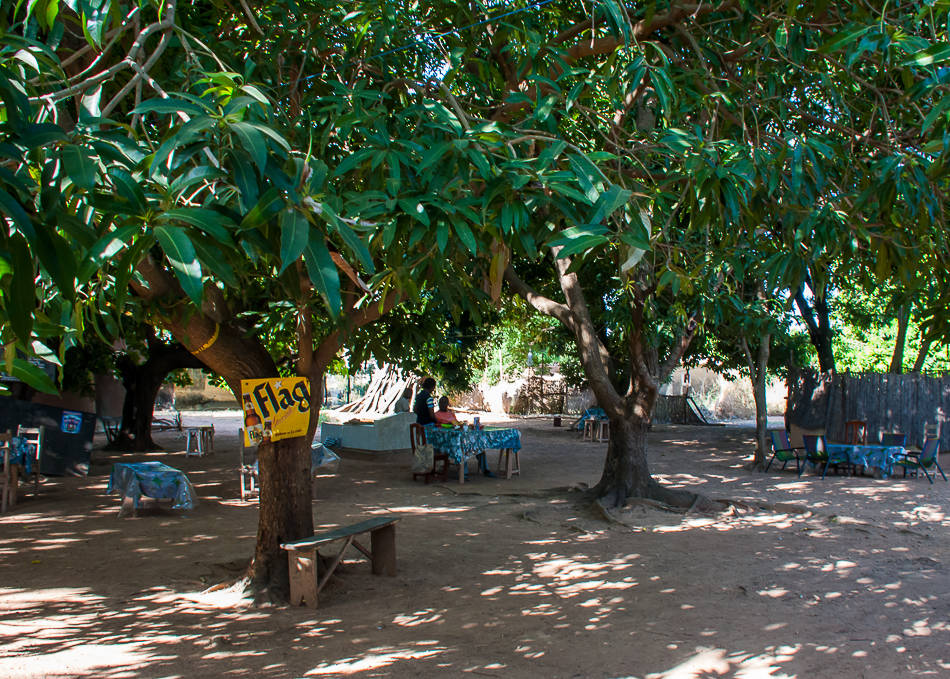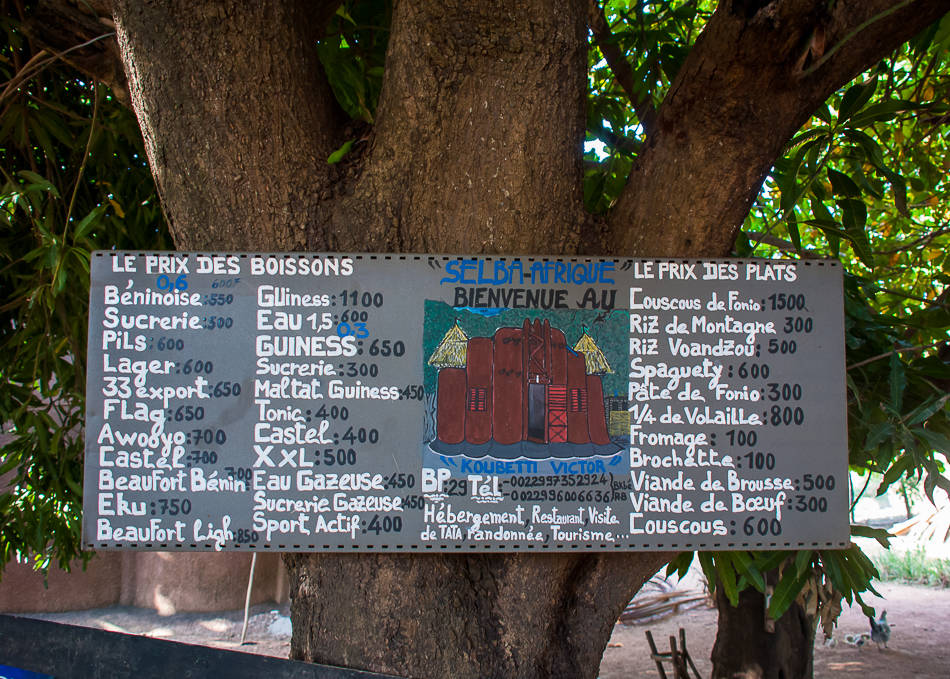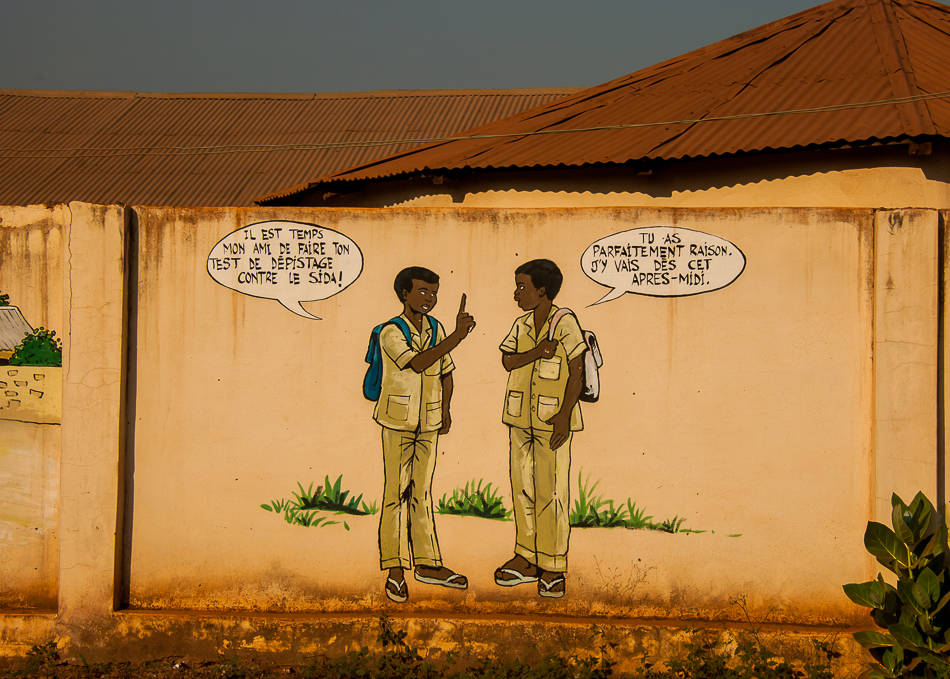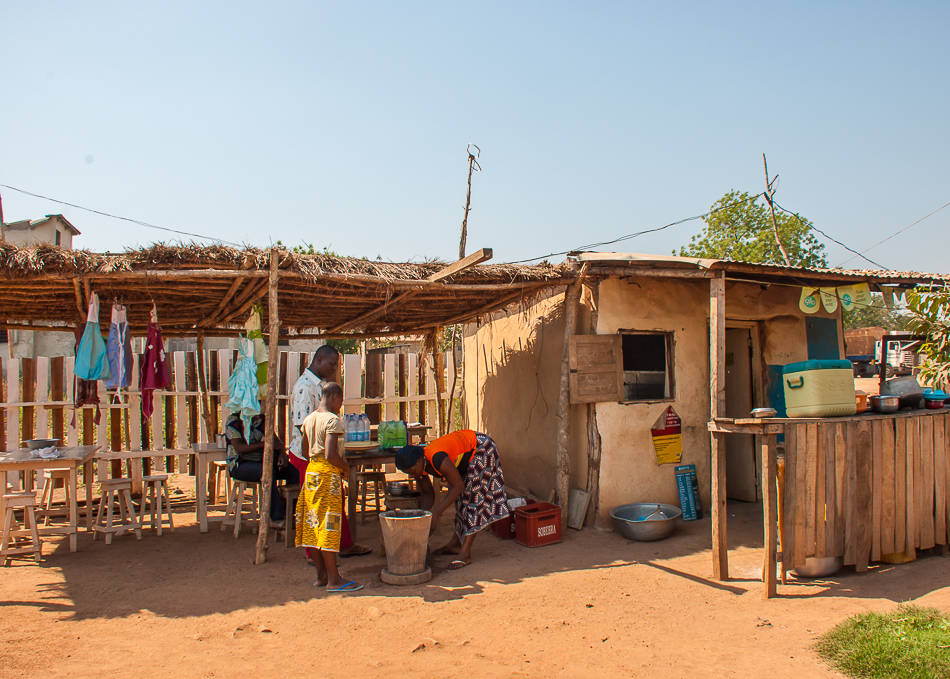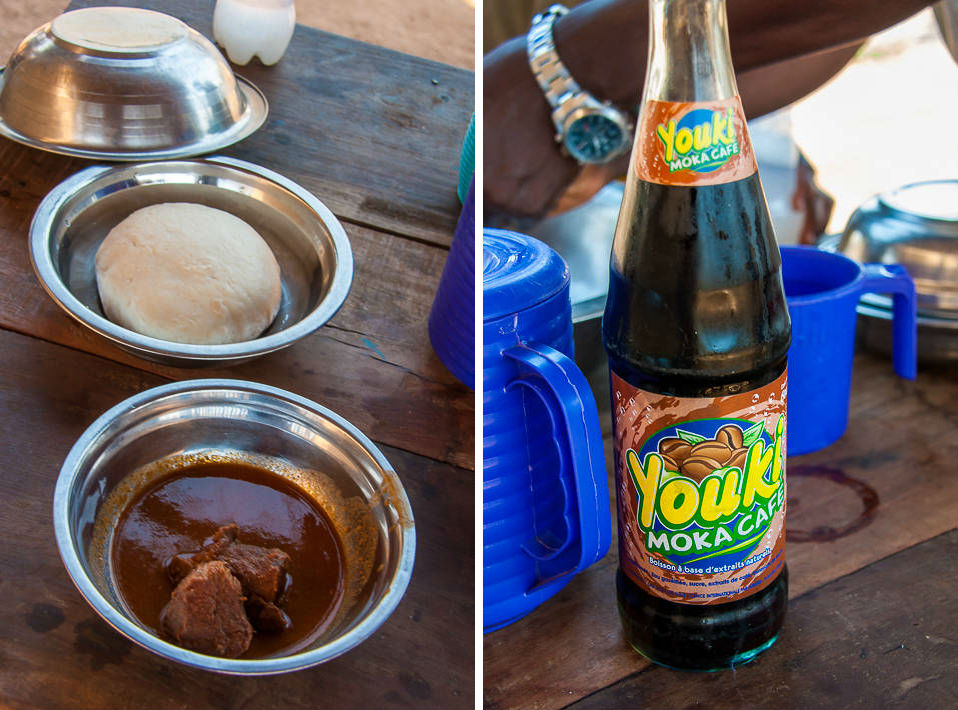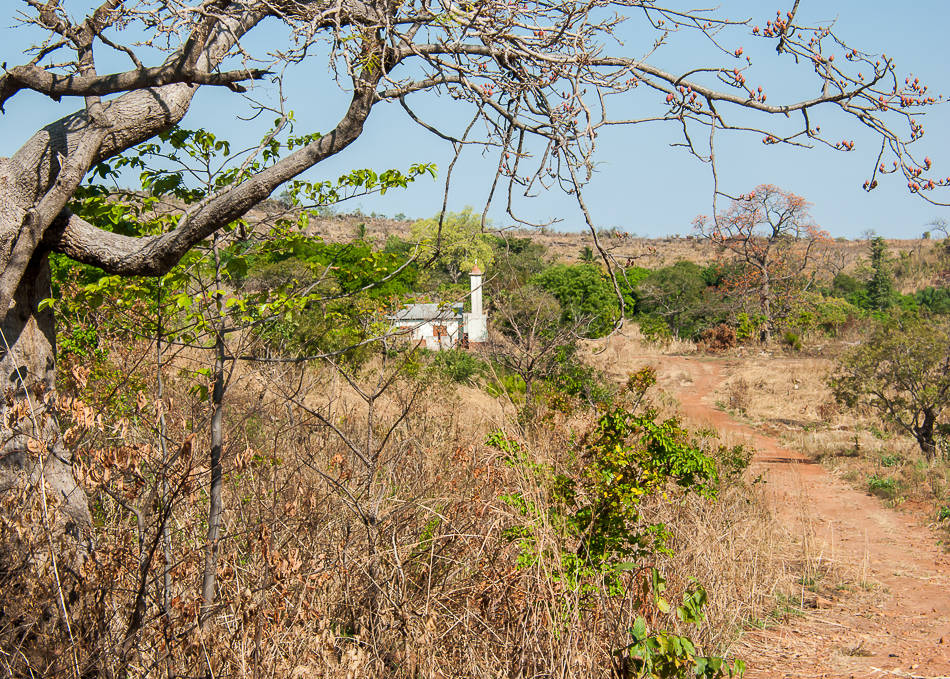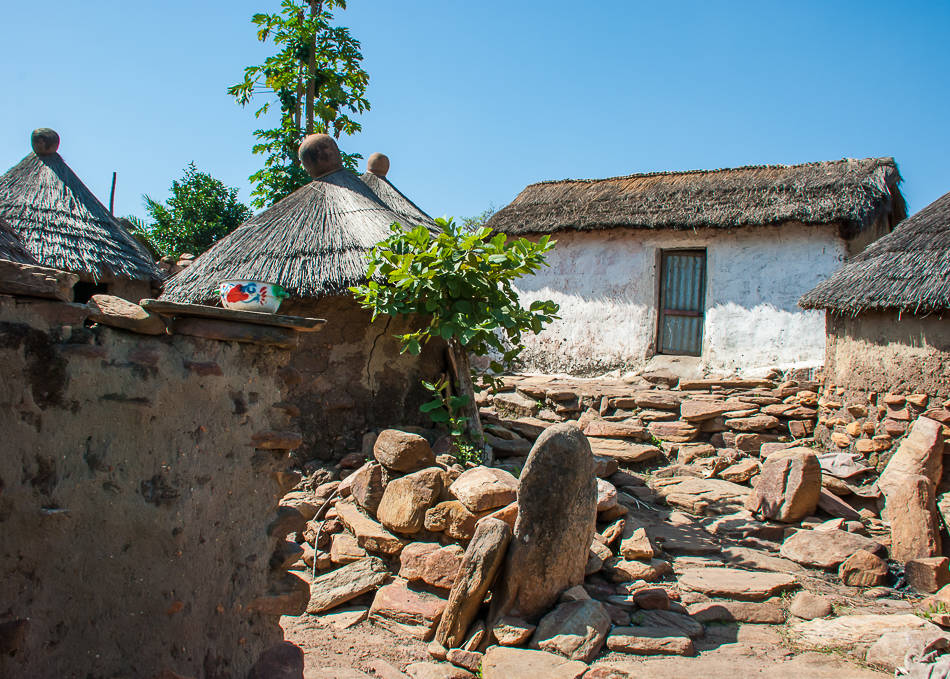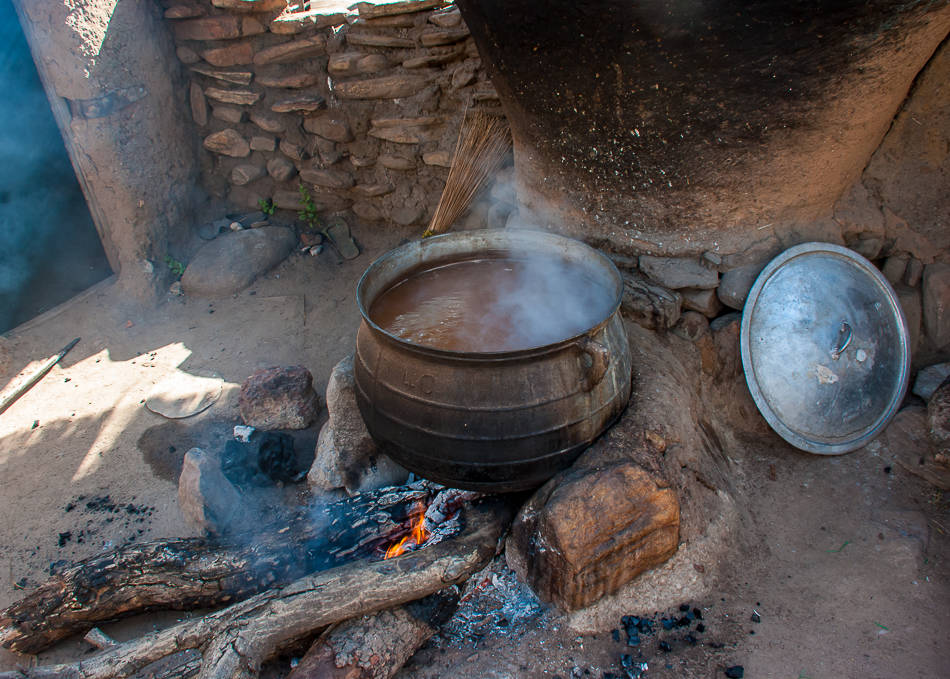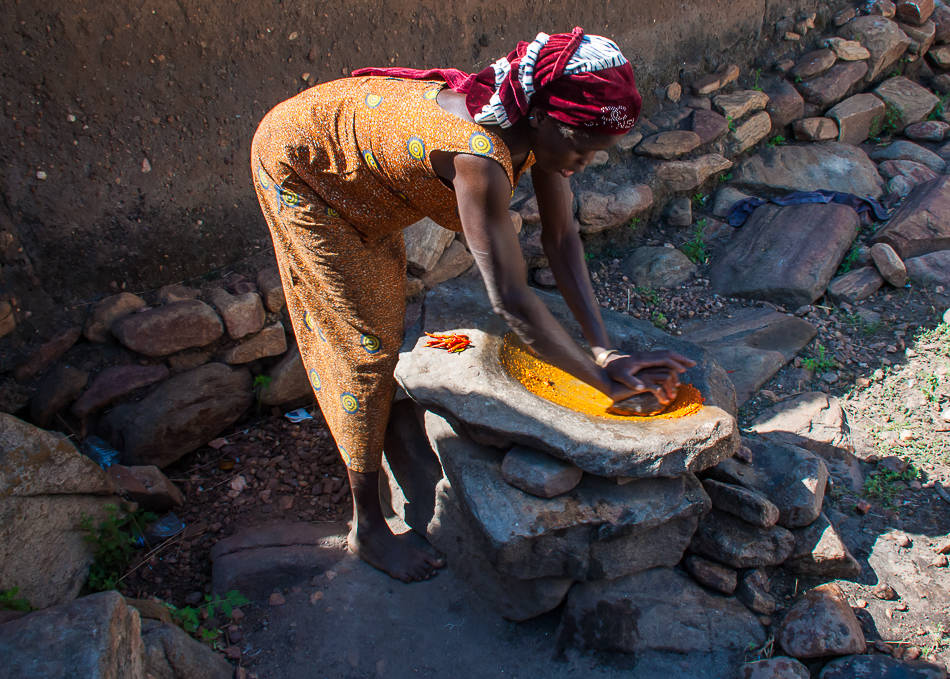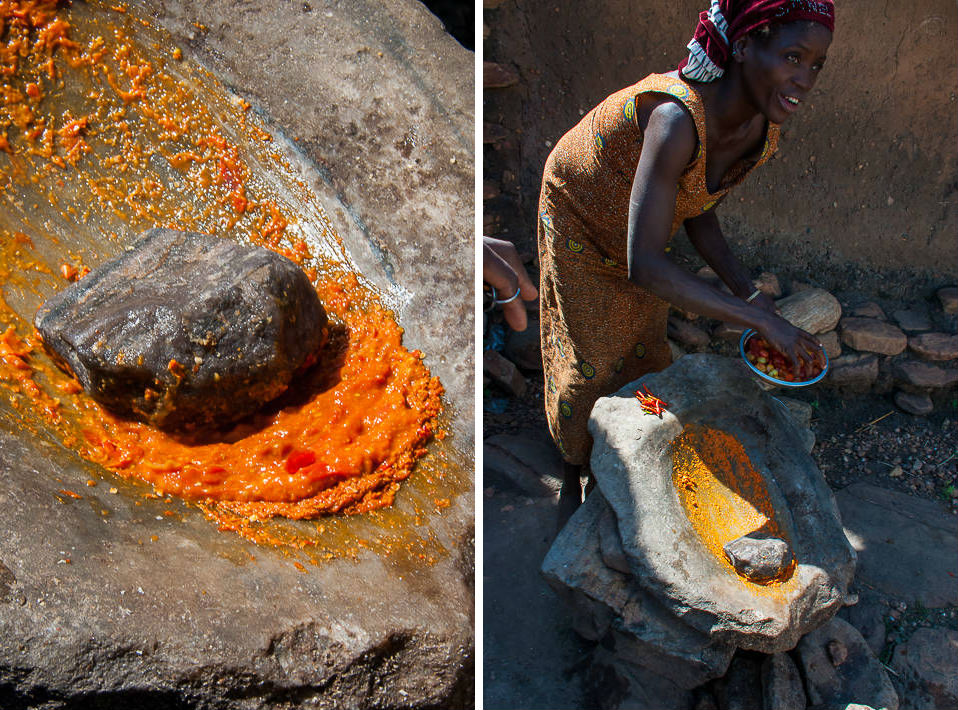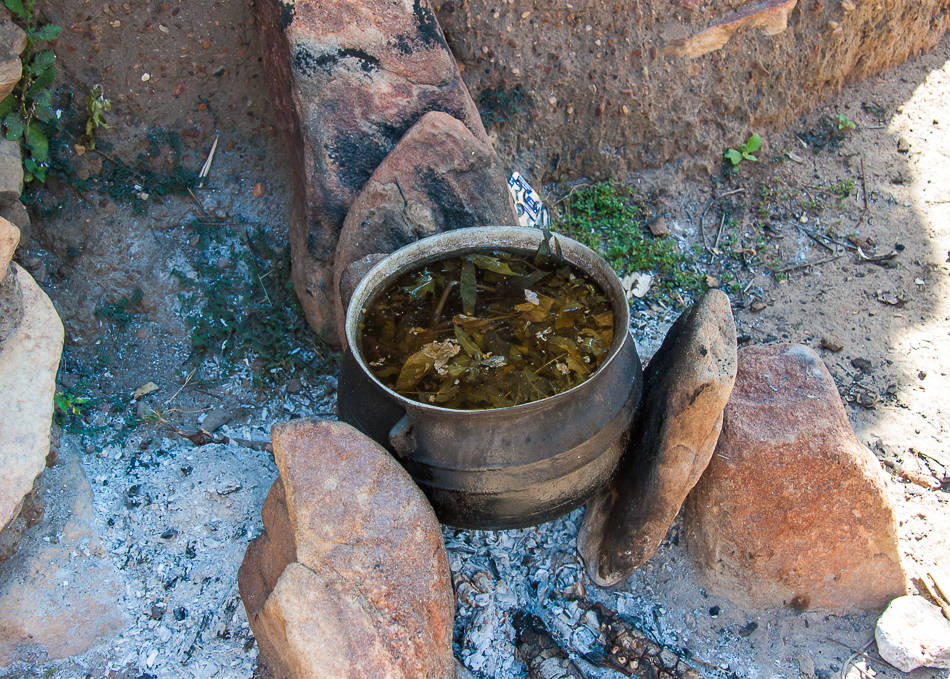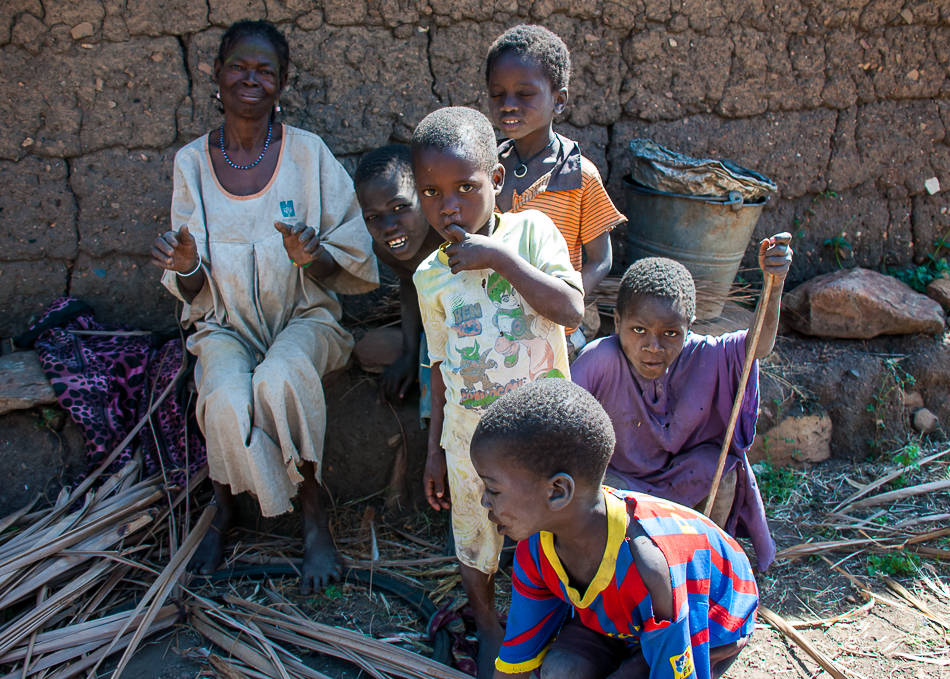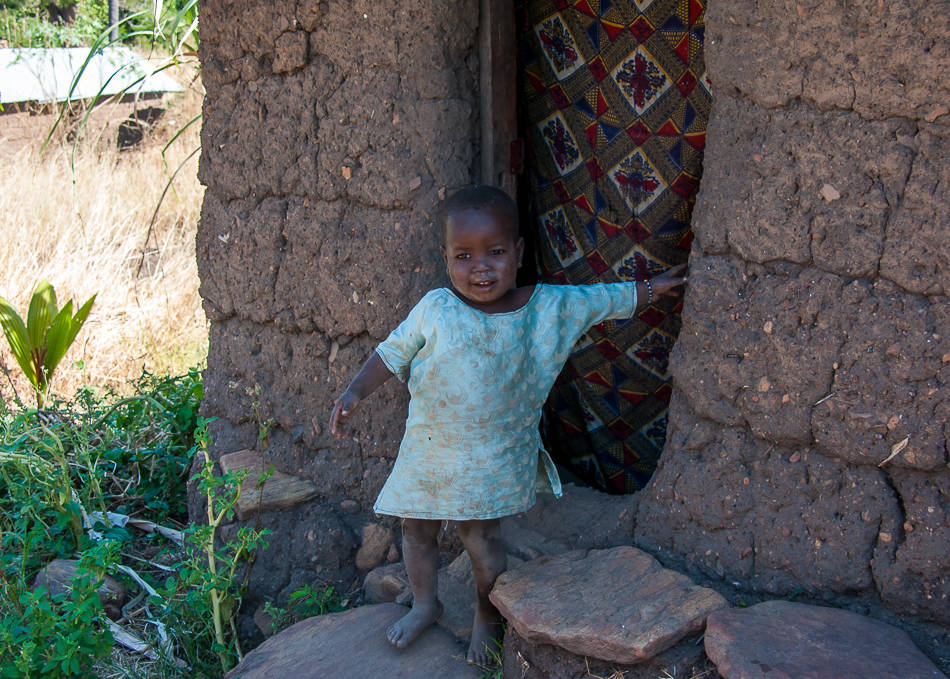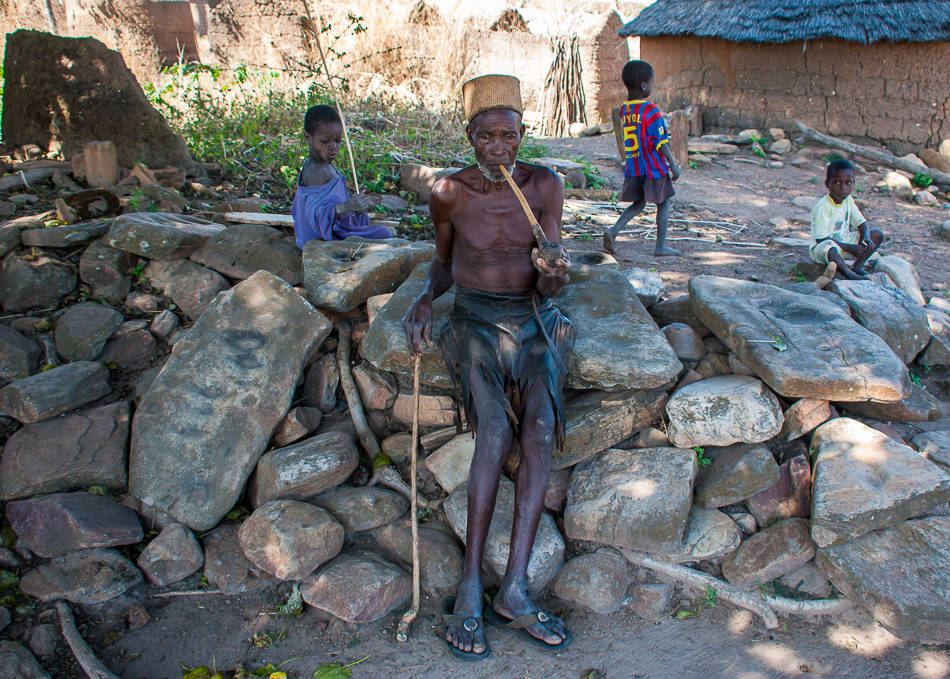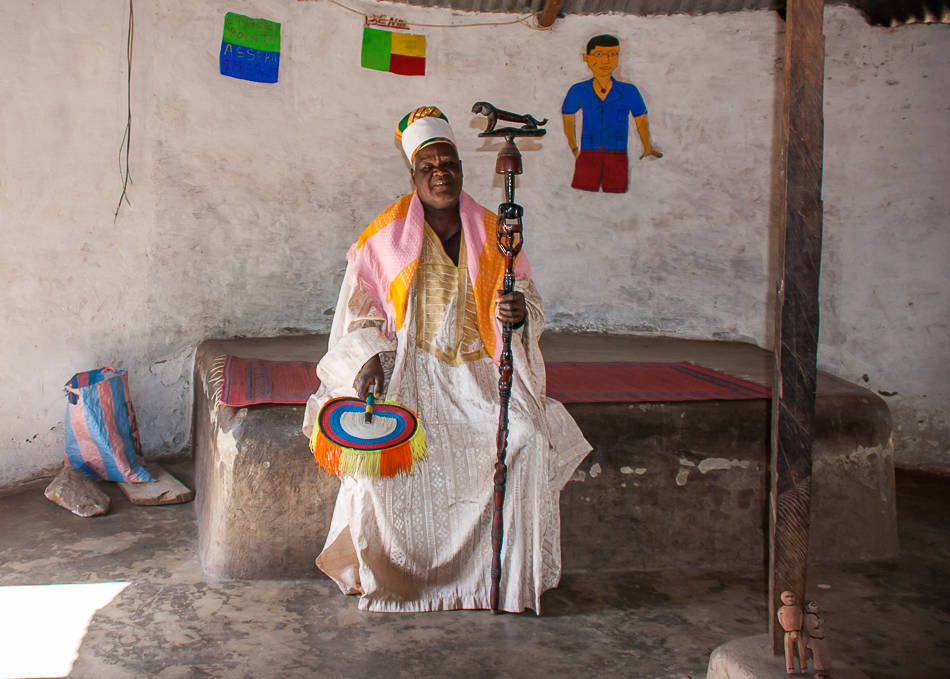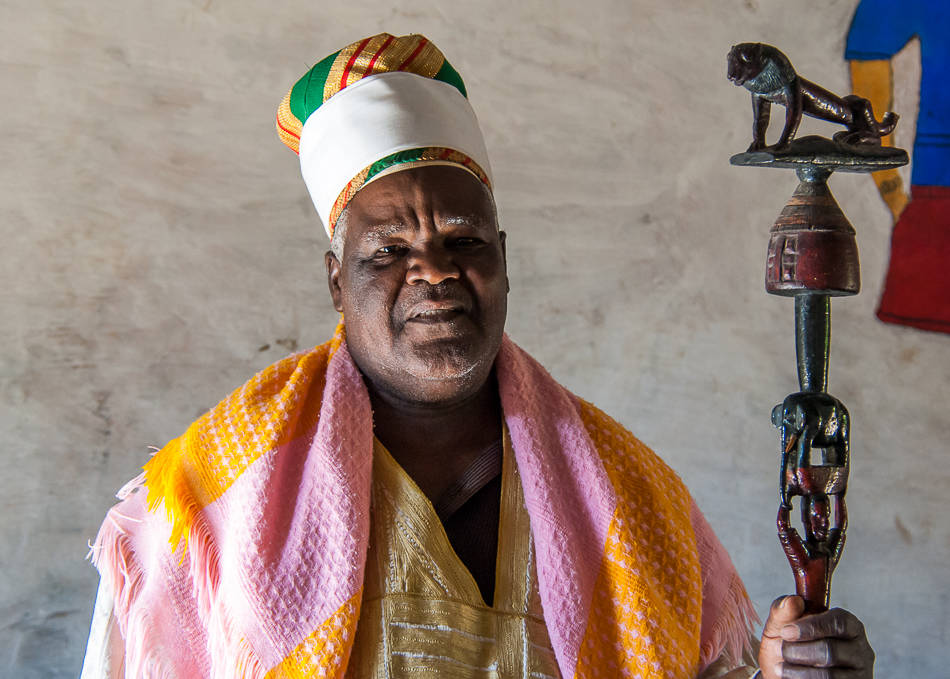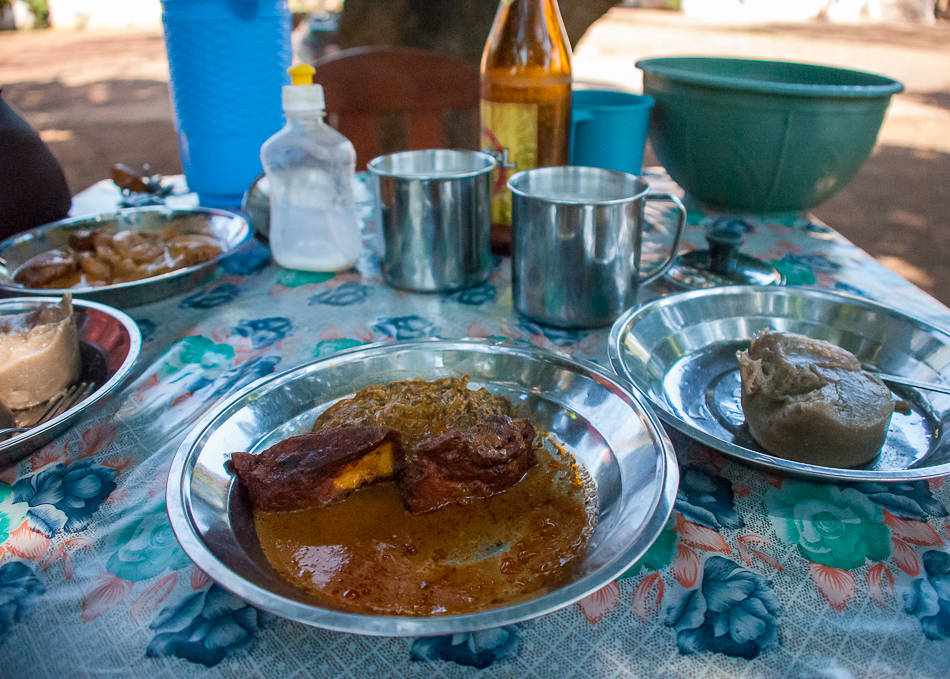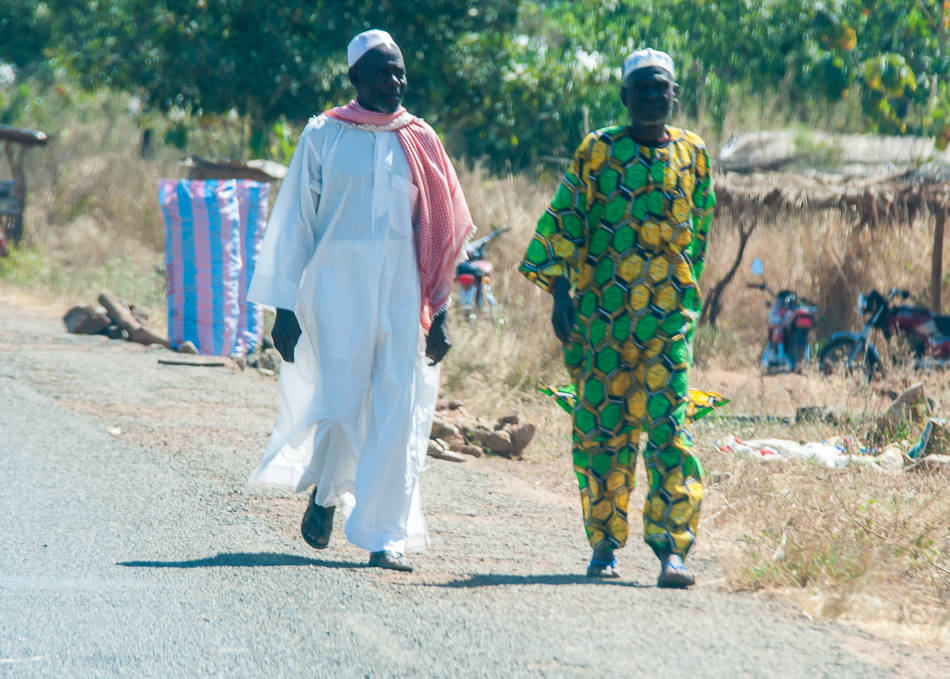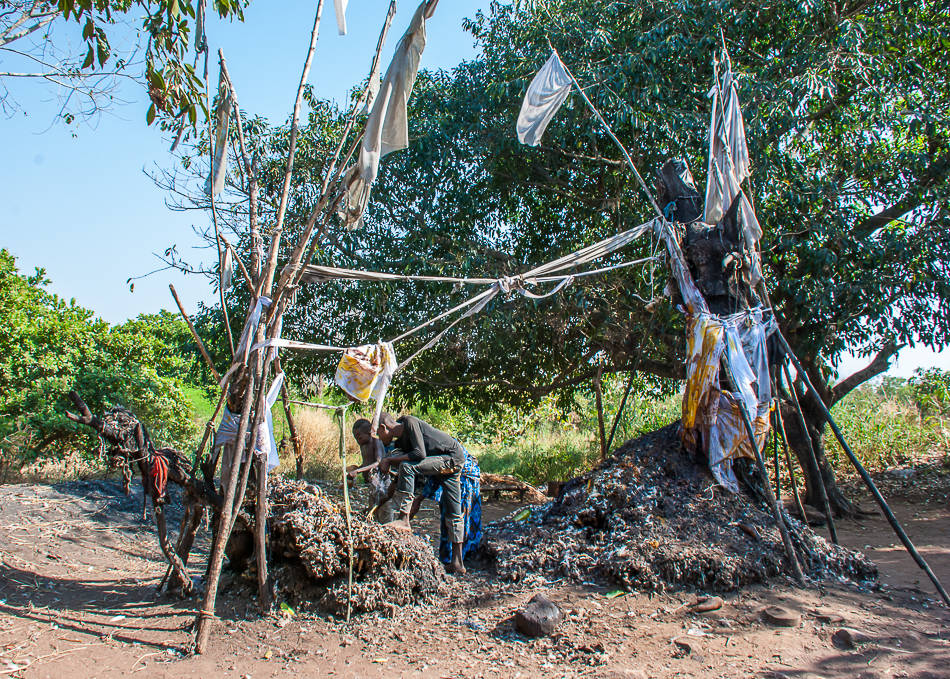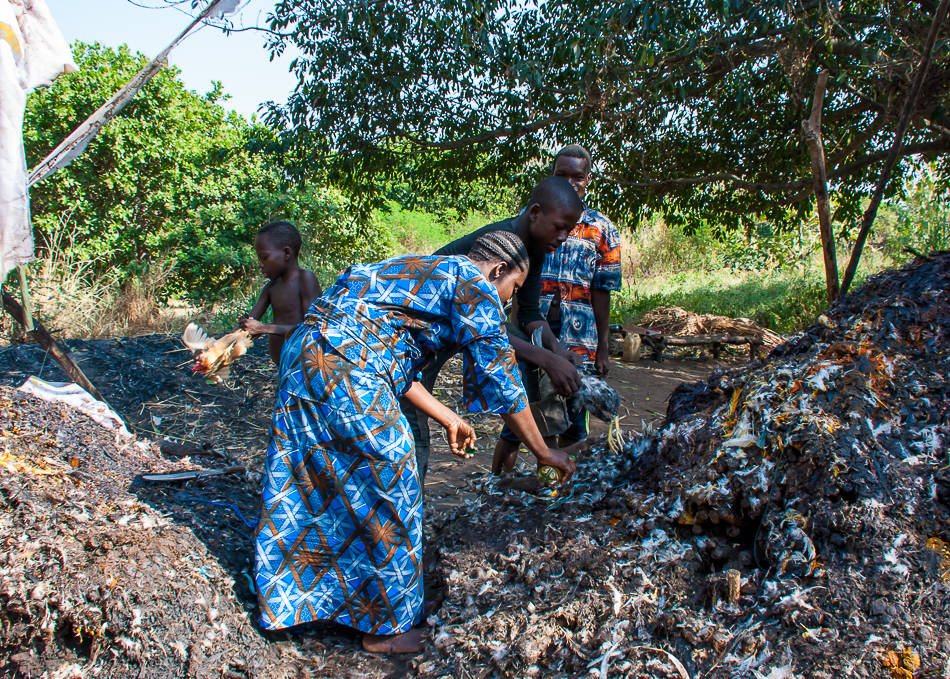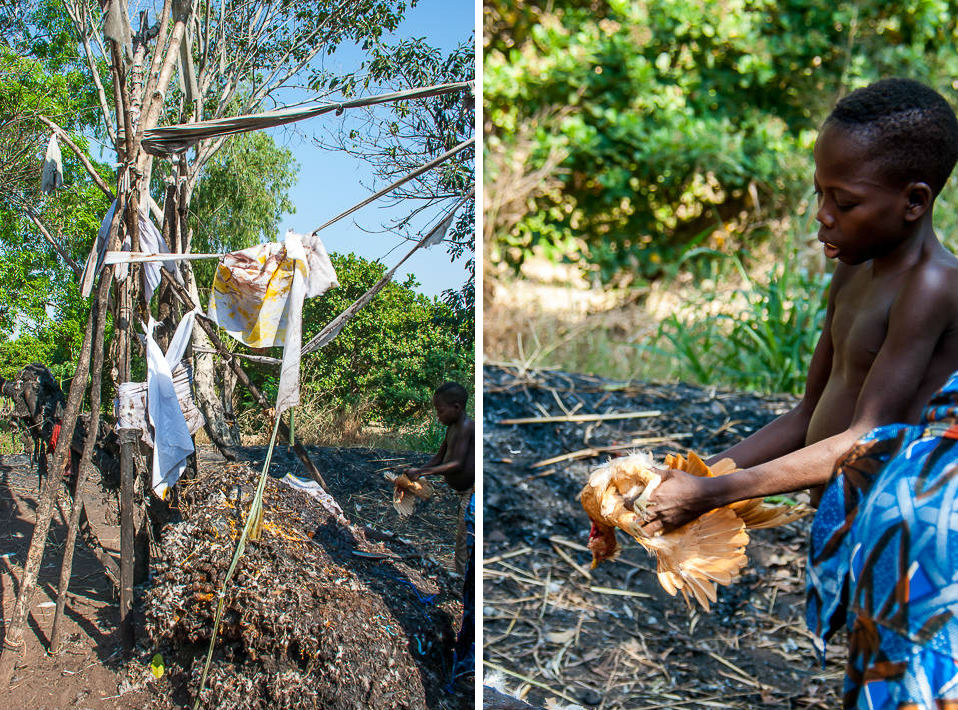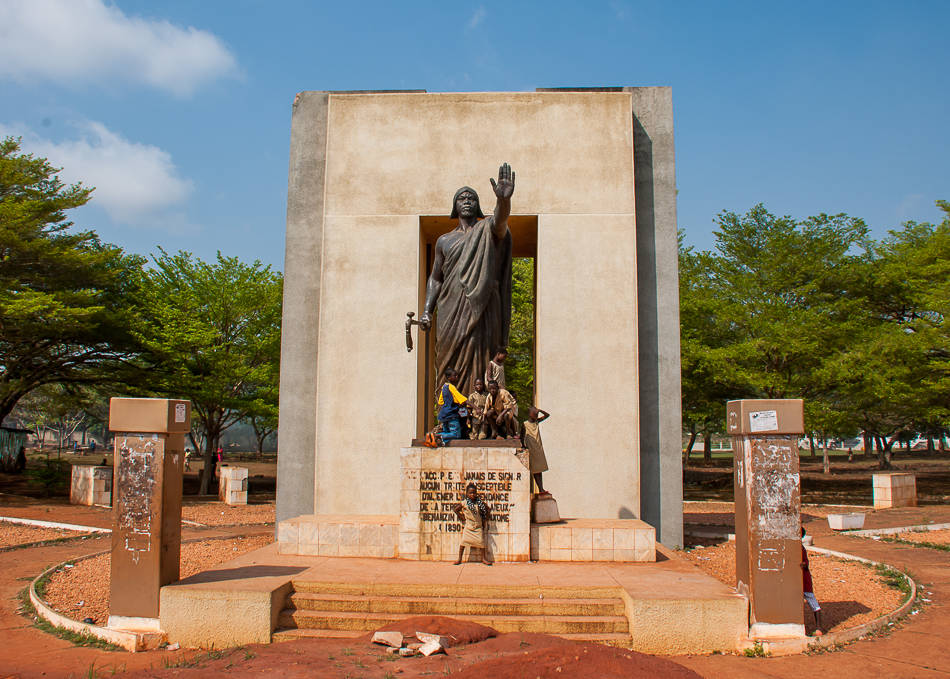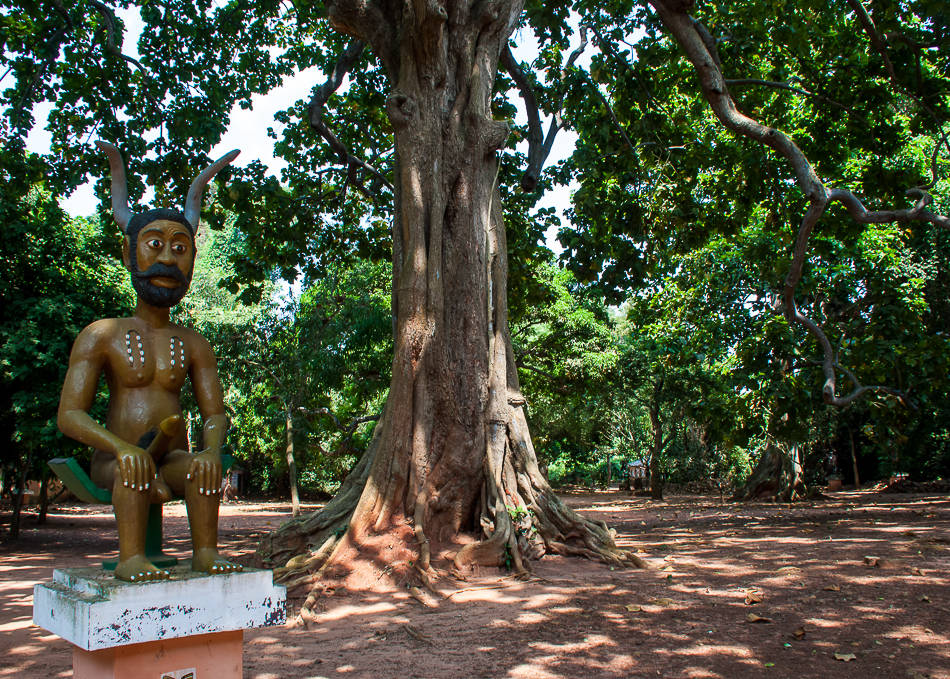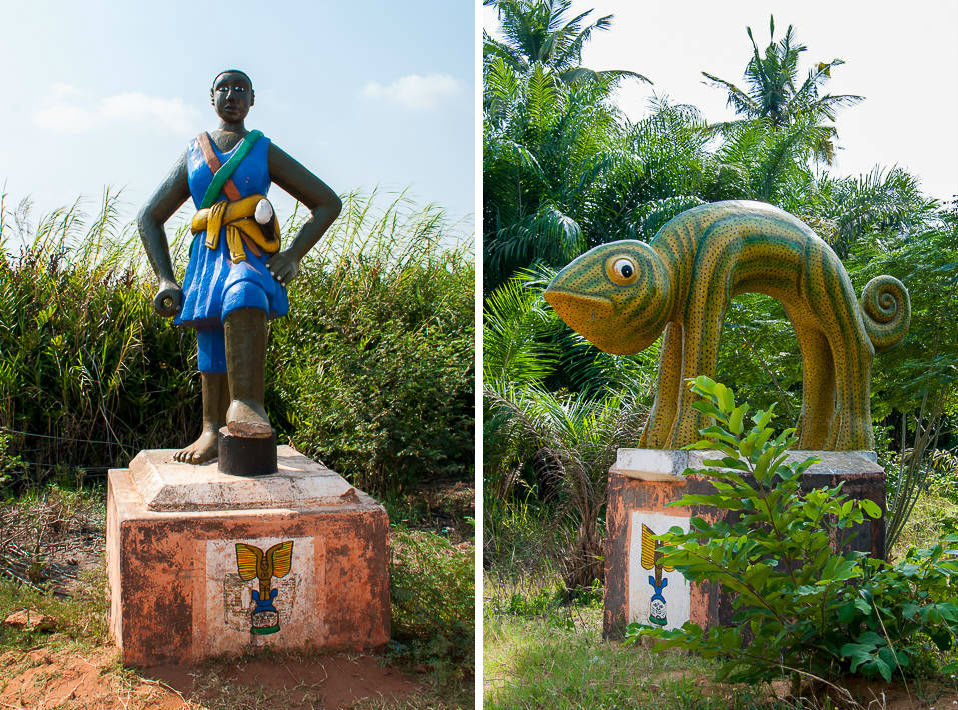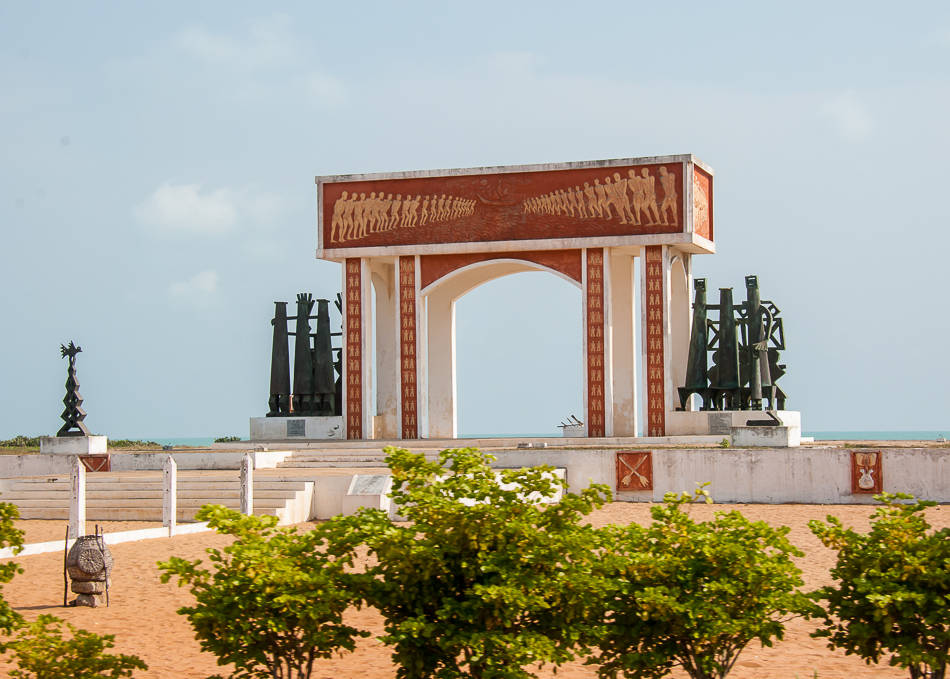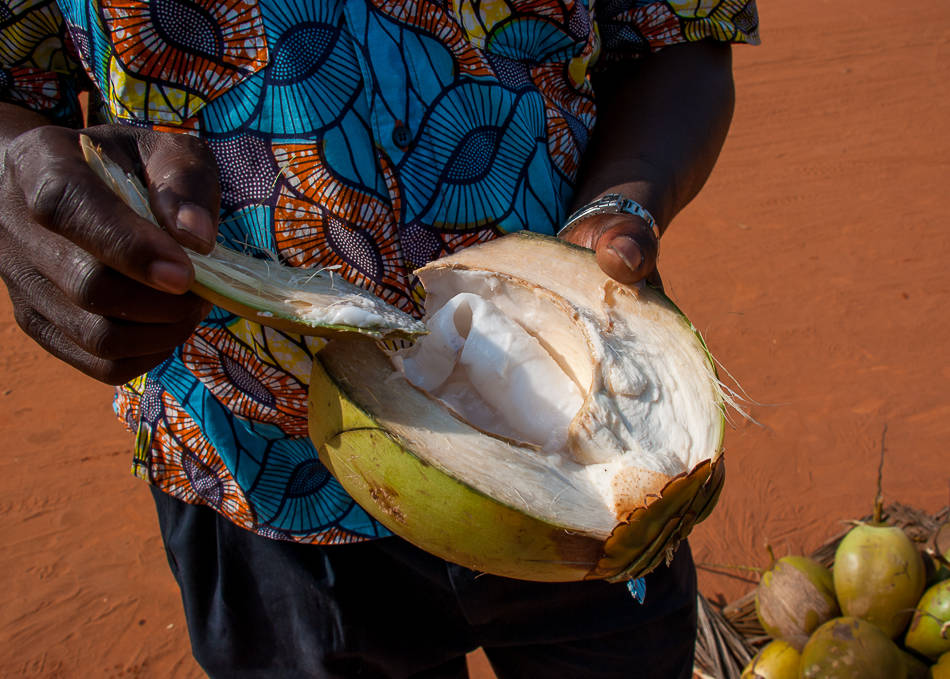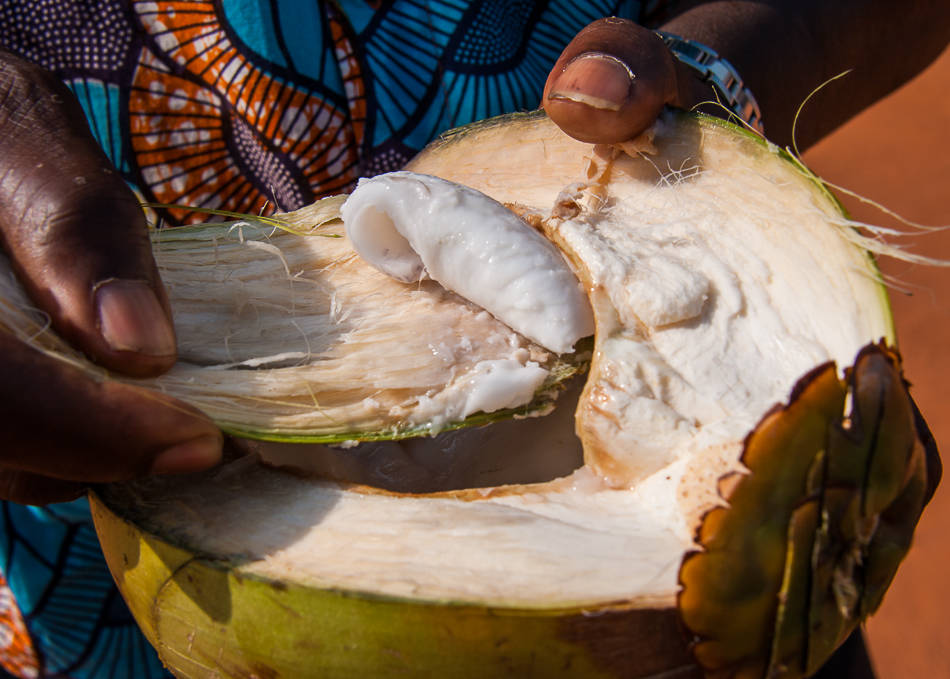The north of Togo is often overlooked by tourists so those lucky enough to venture out there will find an unspoiled region ripe for discoveries…and no foreigners around.
Sokodé, the second largest city in Togo about 340km north of Lomé, is dominated by Islam and is the city with the highest proportion of Muslims in the country (70%).
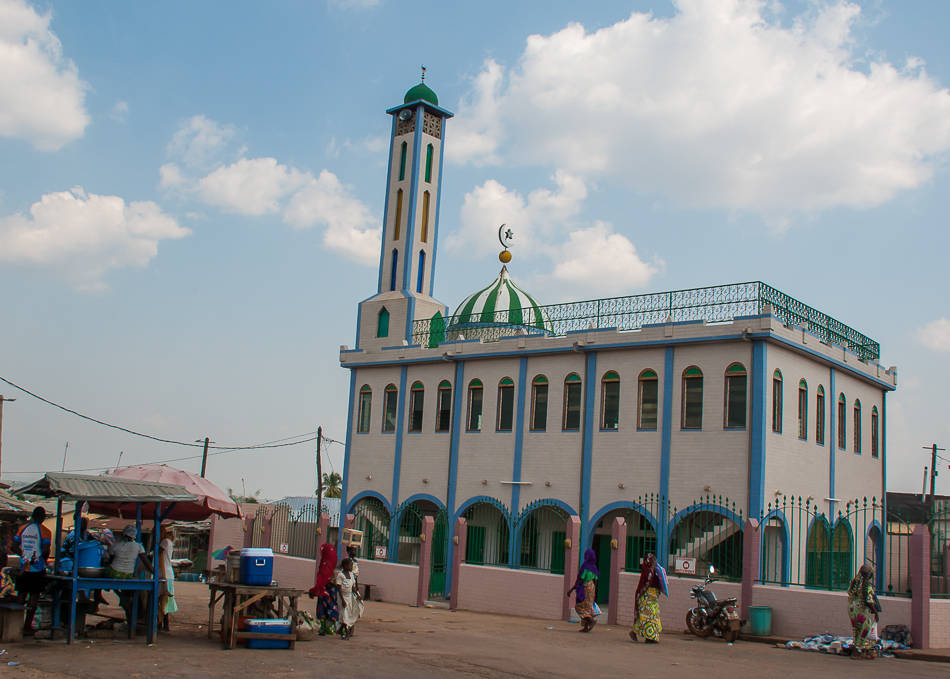
It’s a bit of a sleepy town except on market days where everyone congregate in the city center.
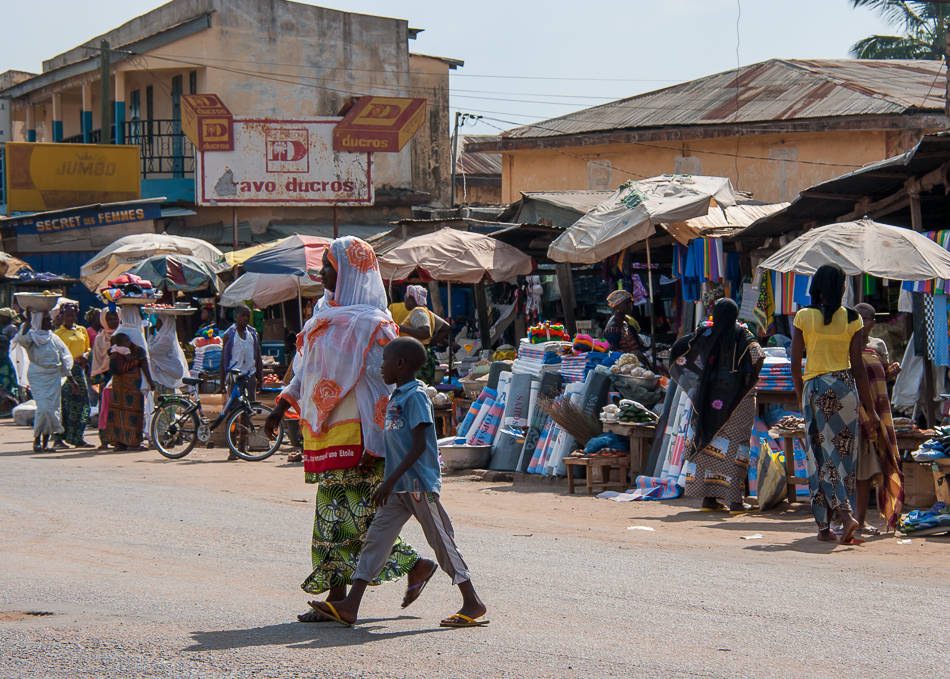
Continuing our road north bordering a new mountain range, one can’t help but notice the few cars on the roads which are all filled to the brim transporting merchandise.
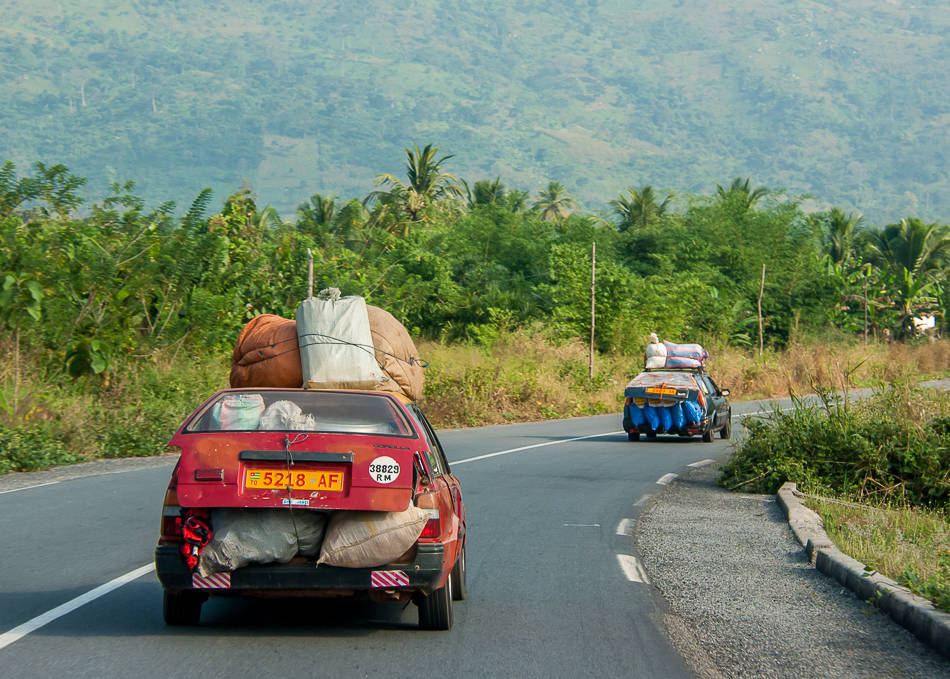
Now passing through the Faille d’Aledjo where Togolese workforce carved a route through a voluminous rock to facilitate passage on the main commercial road.
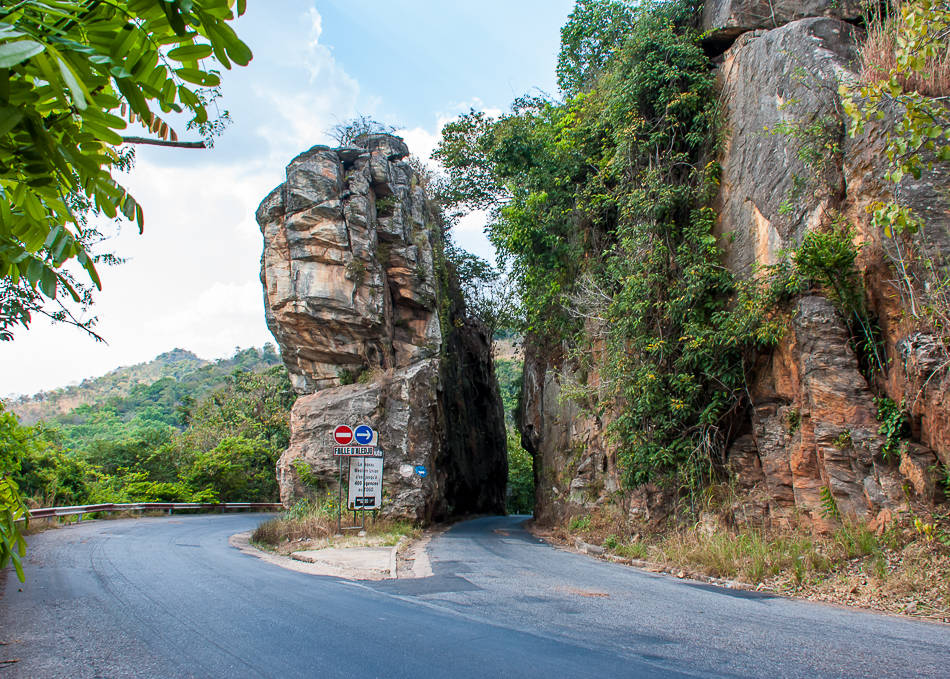
Street food and chop bars are very similar to what I had in Ghana though Togo being a French colony, everything somehow tasted better… 🙂
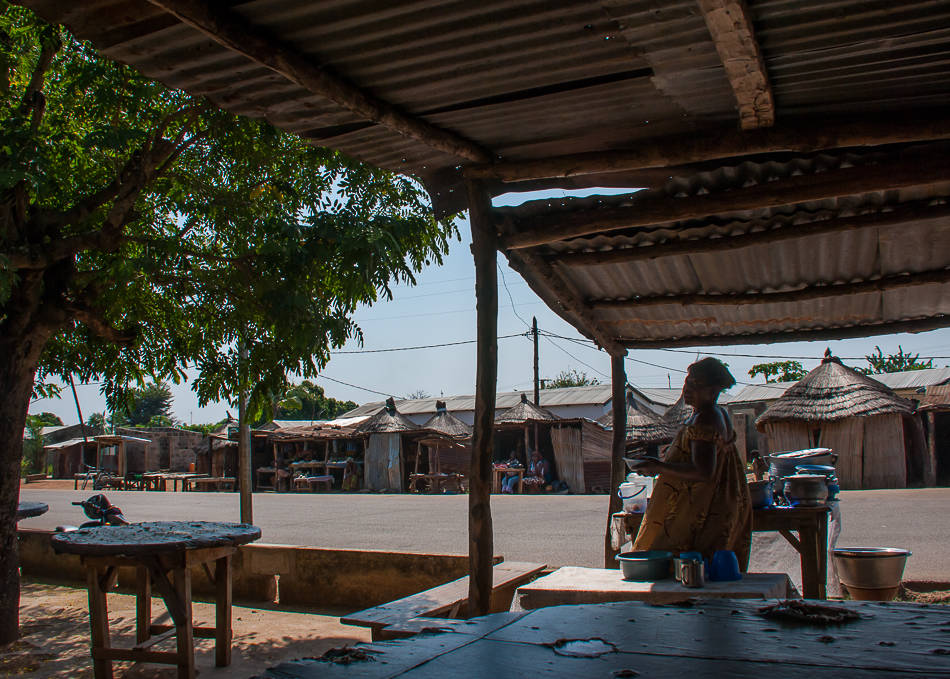
…especially this simple dish of rice and beans which blew me away.
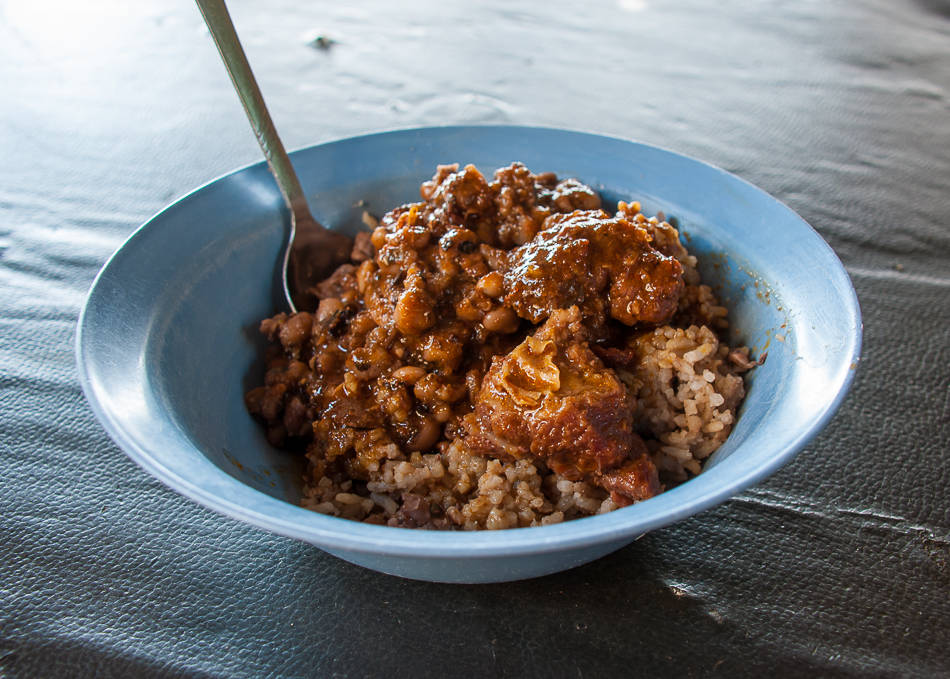
Taking a dirt road towards the small town of Sarakawa, a familiar sight of students walking back home for their lunch break appeared.
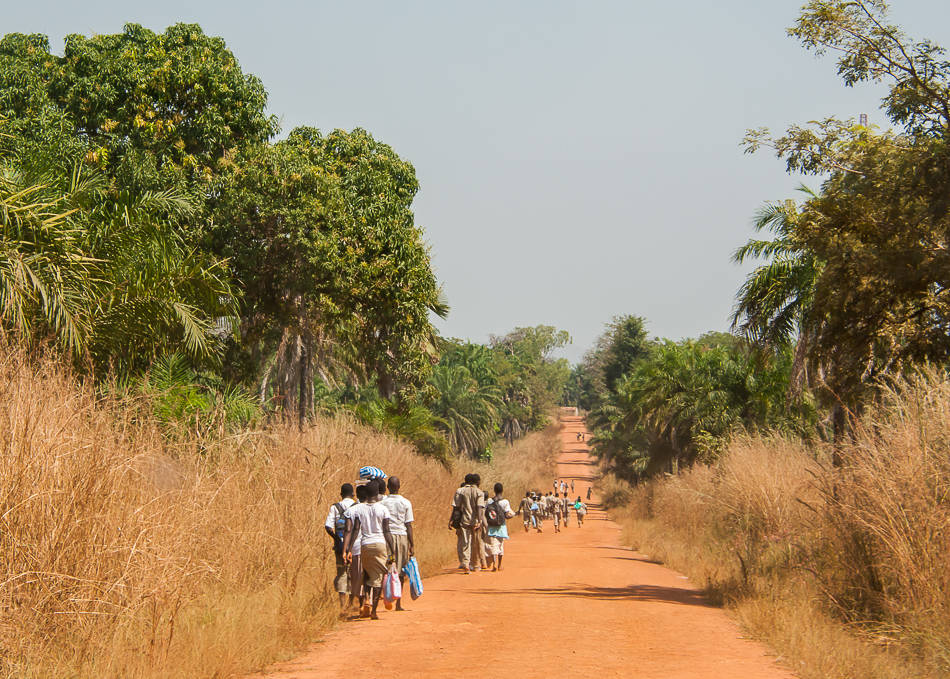
With barely any backpacks available (a luxury here), most carry their books and other materials on their head which I find so gracious.
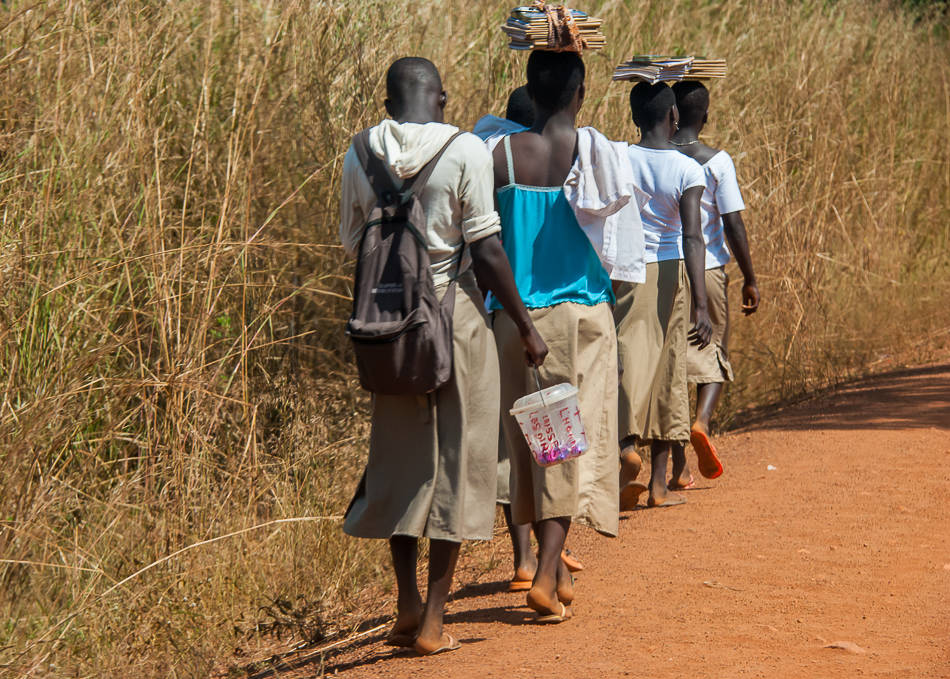
You could hardly tell that a few hundred meters away lies the only park in Togo with any animals left. A sad story to hear that Togo was once full of wildlife but the political unrest of the 90’s and early 2000’s has seen most animals killed by the local population. 🙁 The Sarakawa Reserve belonged to the President and therefore was the only one untouched.
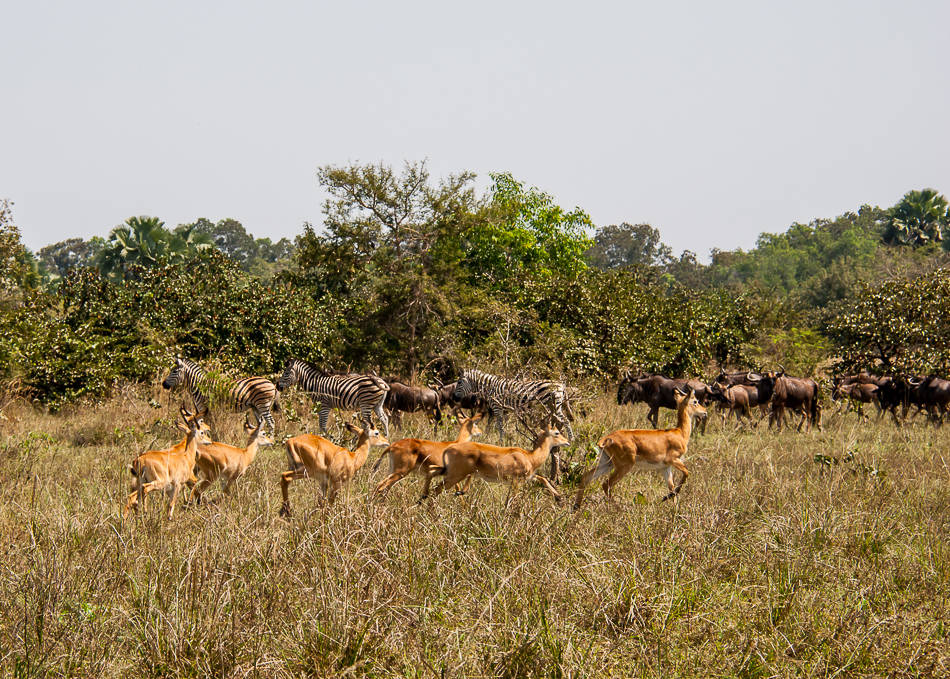
There was no one there when I visited and I had the park all to myself. Sure, it’s quite small and frankly nothing compared with Mole in Ghana, but I got quite a few good sightings. The park was created to entertain the President so a lot of the animals here are not indigenous to the region (i.e. they flew in the zebras and gnus from South Africa). Not the most authentic experience but definitely a great way to spend a morning.

It was the first time I ever laid eyes on gnus (also called wildebeest), usually found in Southern Africa.
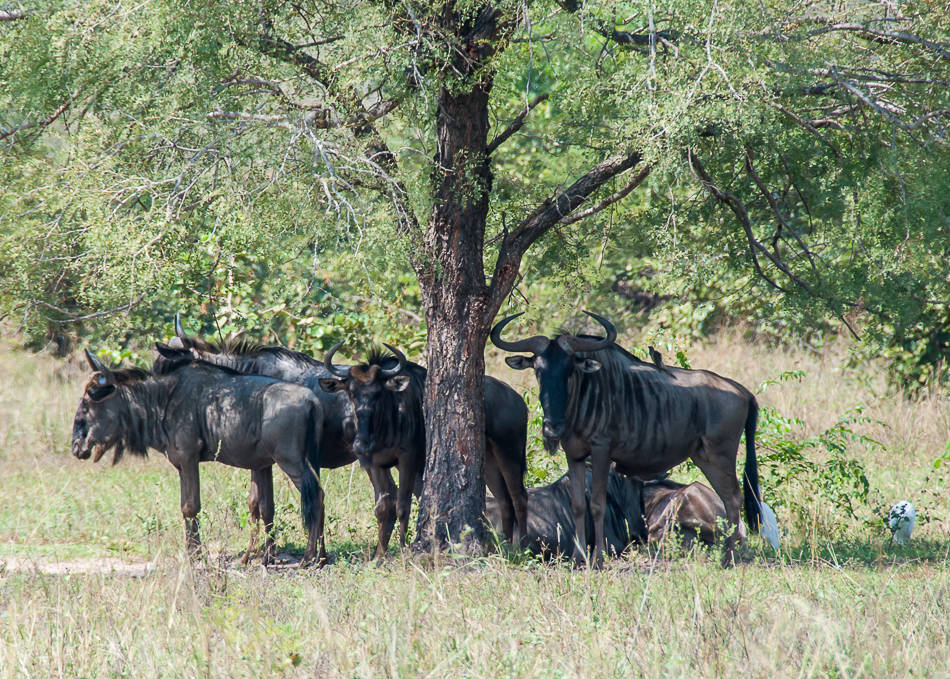
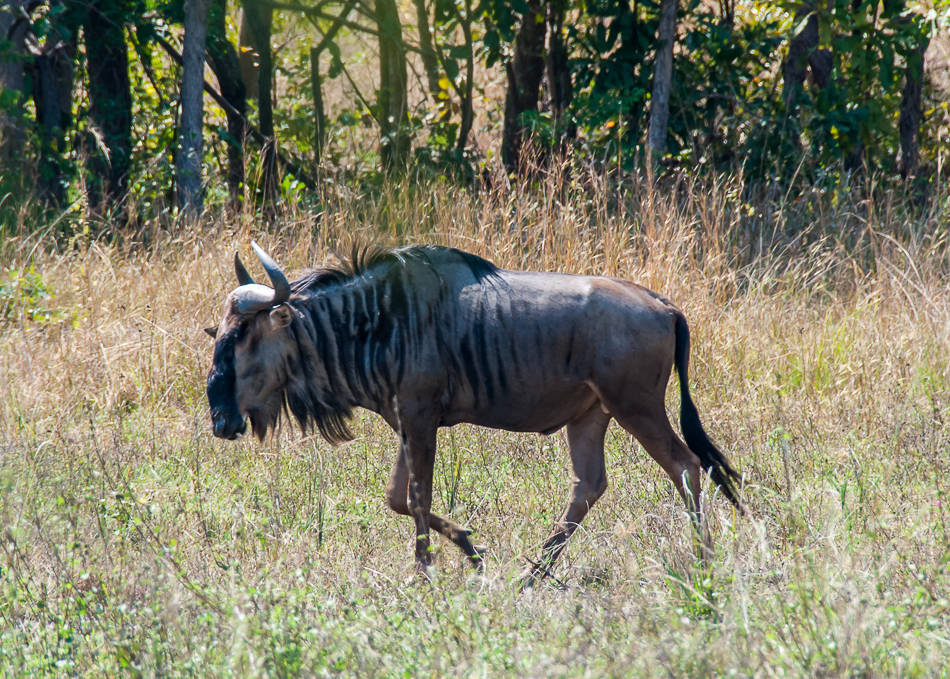
A trio of zebras was hanging out nearby, clearly very attached as they never left each others side.
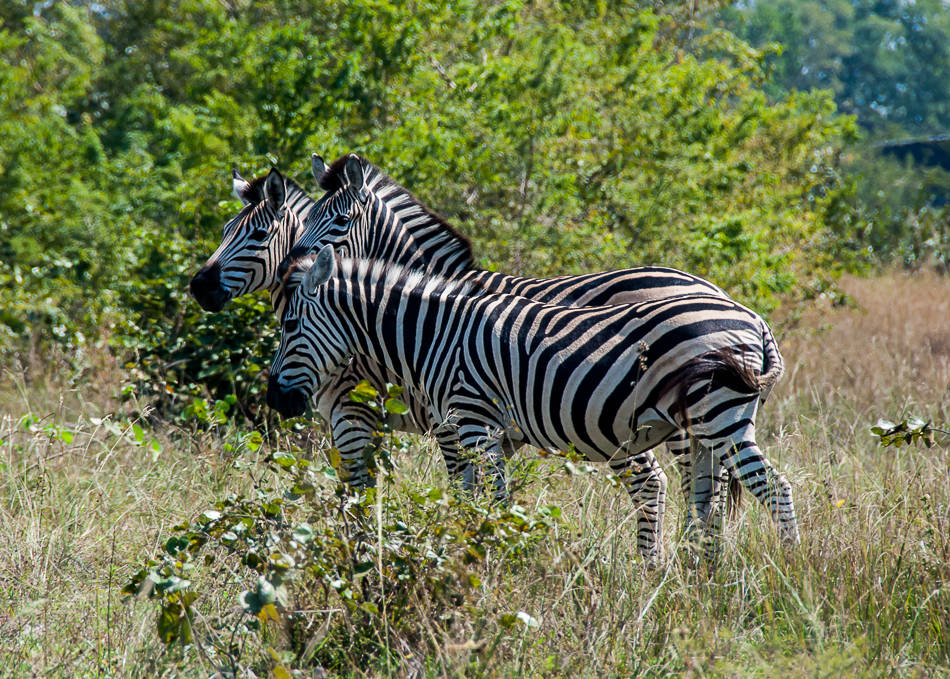
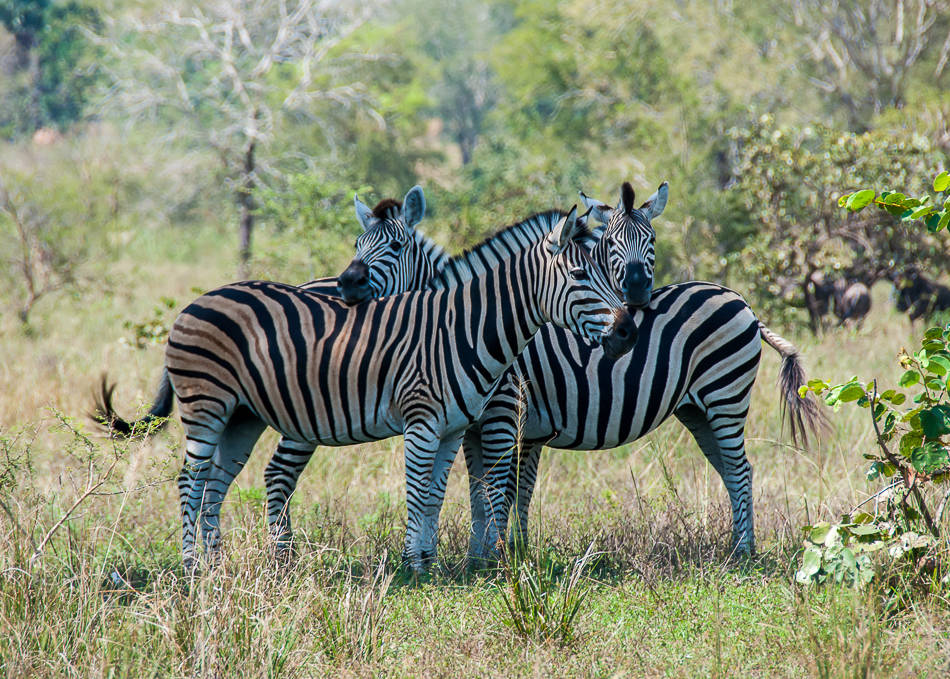
Insanely beautiful…no wonder their attractive pattern has taken over the fashion world.
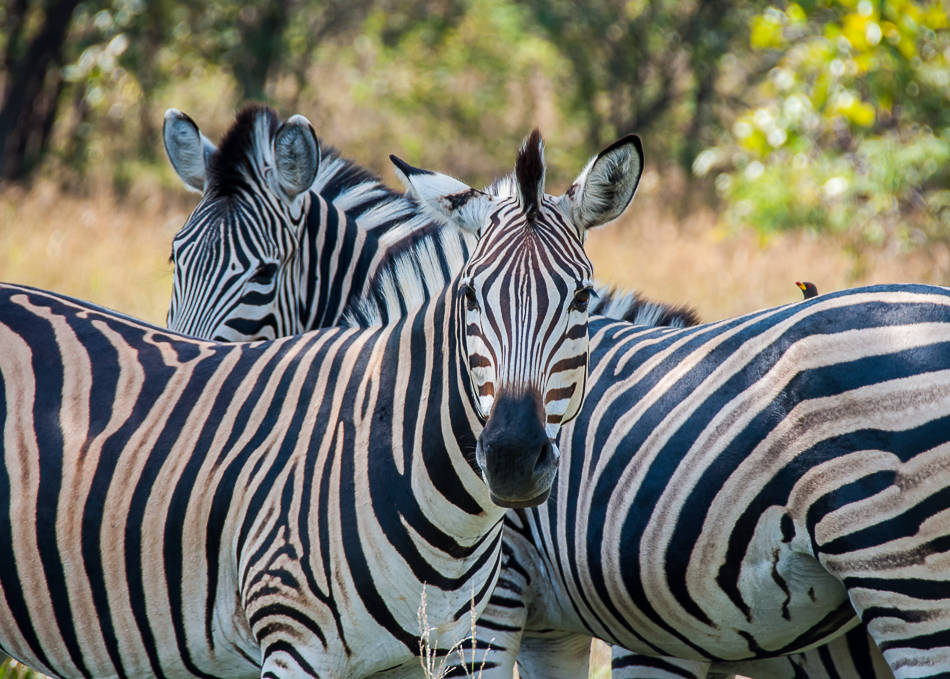
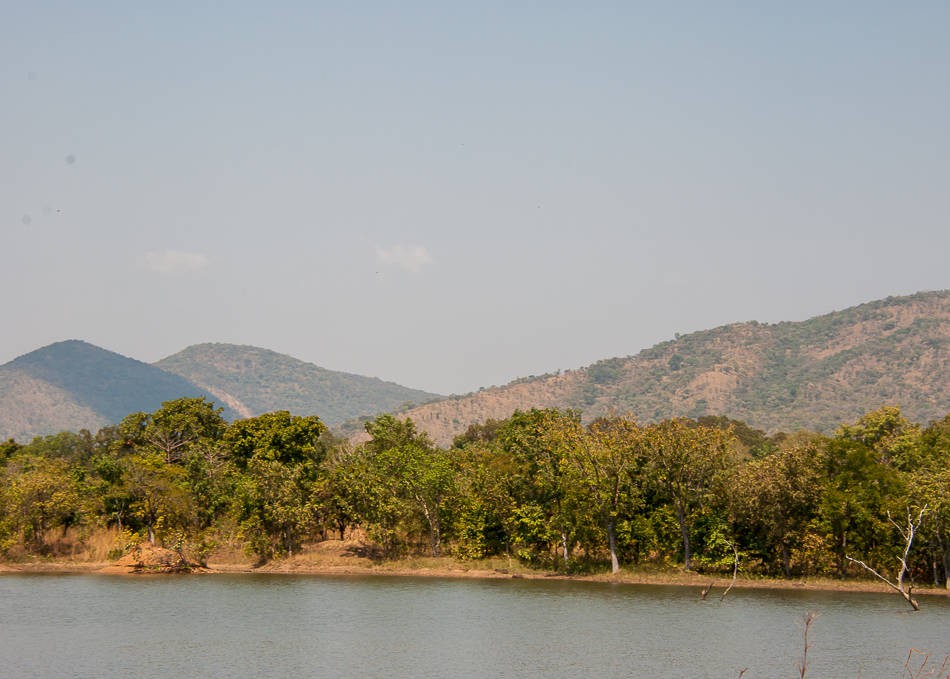
A waterbuck freshens up in the reservoir.
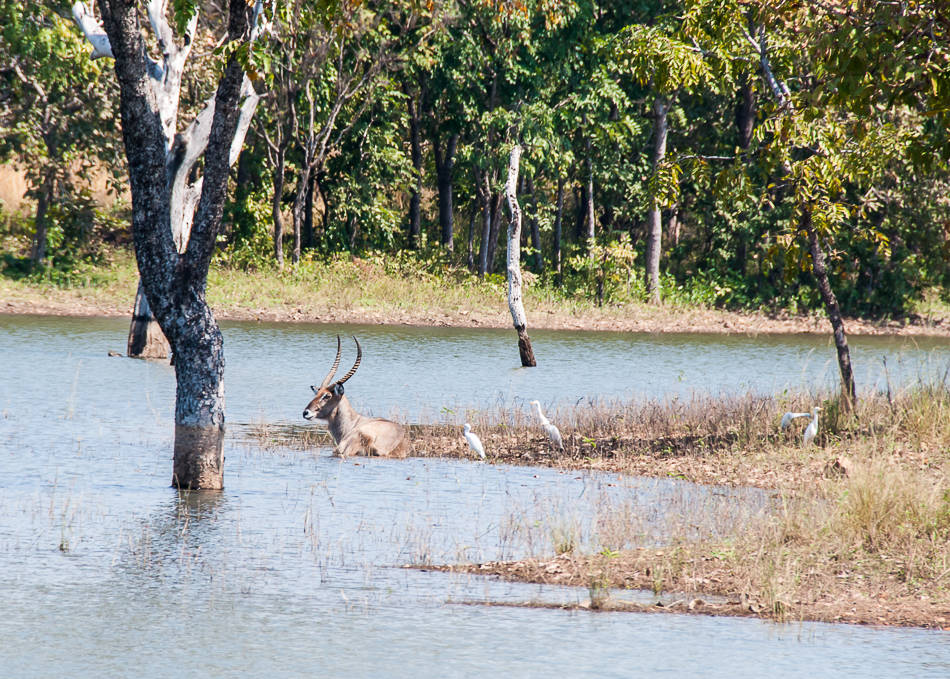
Others were more shy and hiding in the bushes.
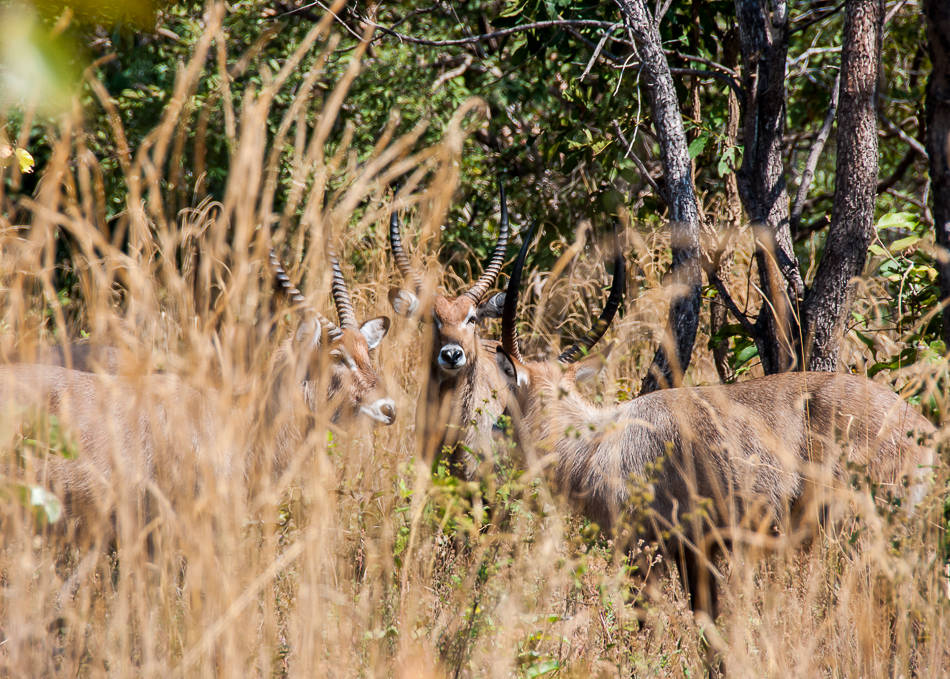
OK, it wasn’t up to the scale of the great migration but seeing them all flee (no idea from what) was a grand sight.

Special areas were wired and contained other exotic species such as ostrich. I’ve always been fascinated by the world’s fastest two-legged animal and its prehistoric-looking feet.
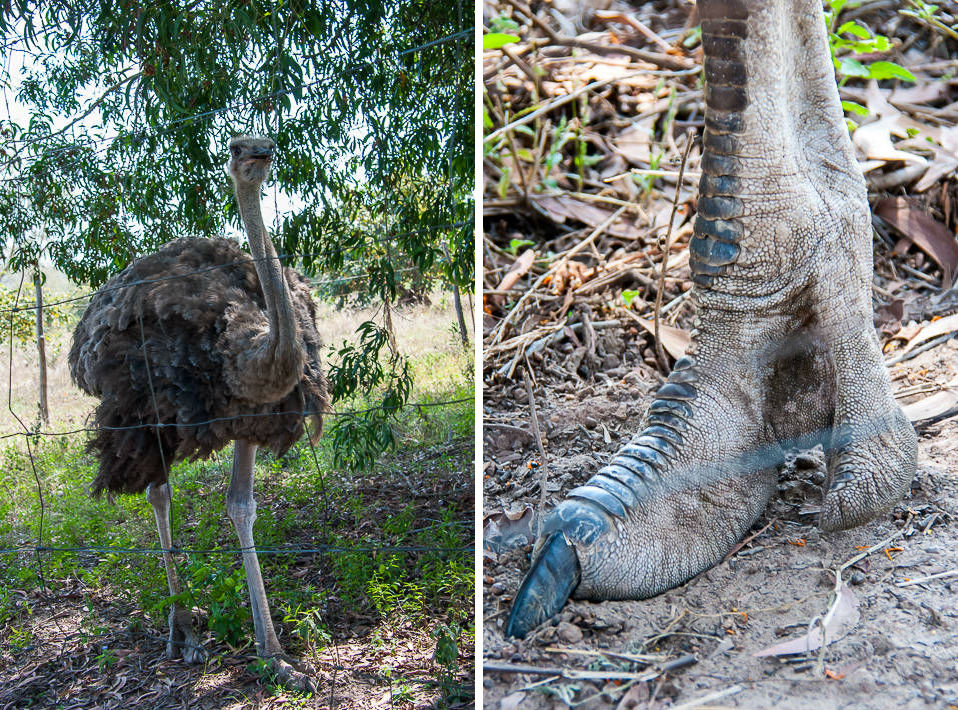
She seemed as surprised to see me!
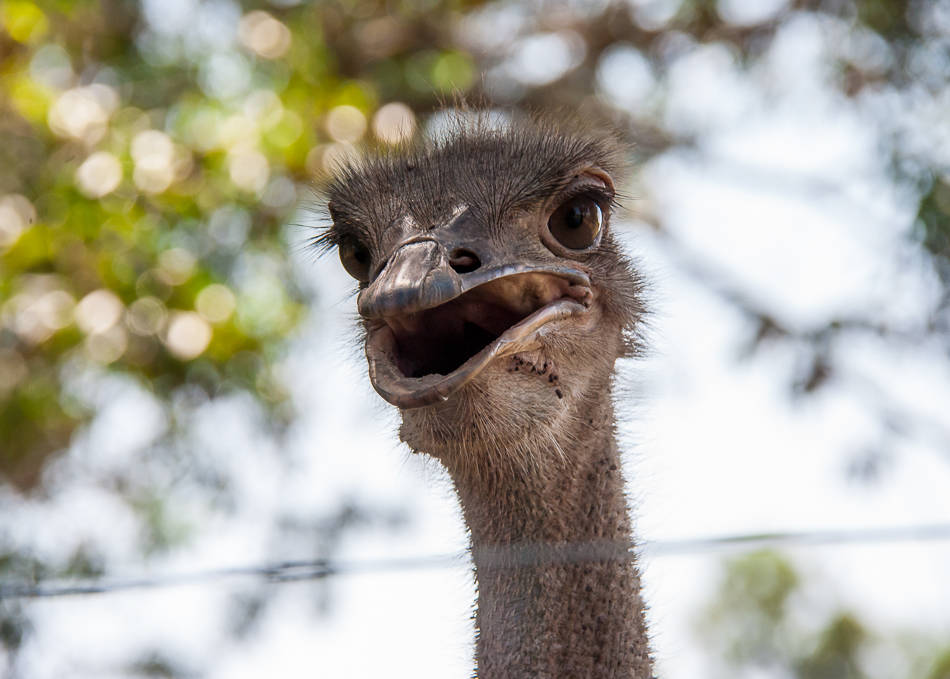
Her neighbors were a couple of big turtles mainly there for conservation.
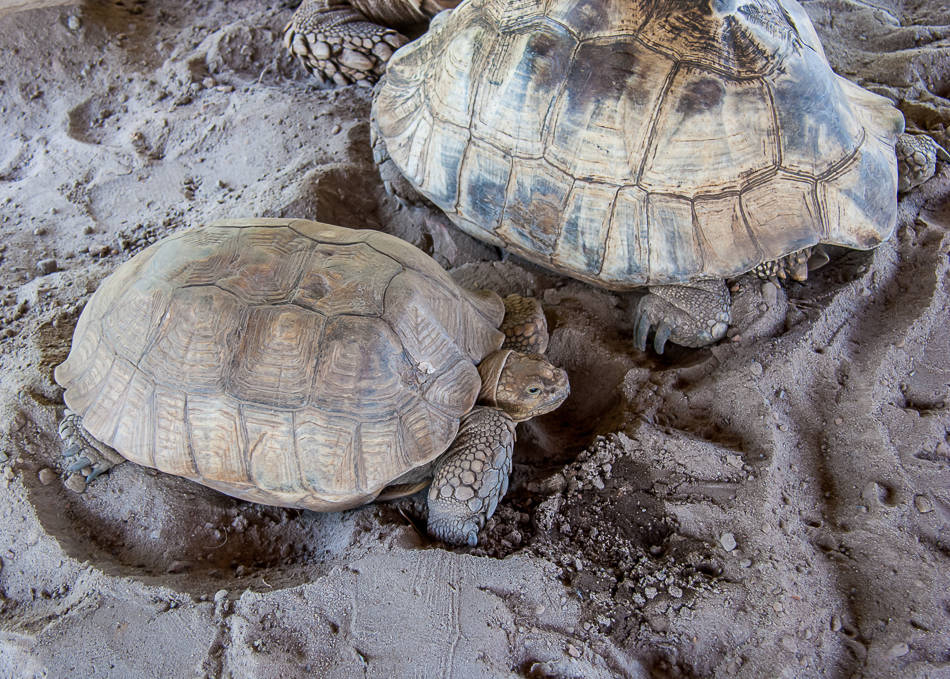
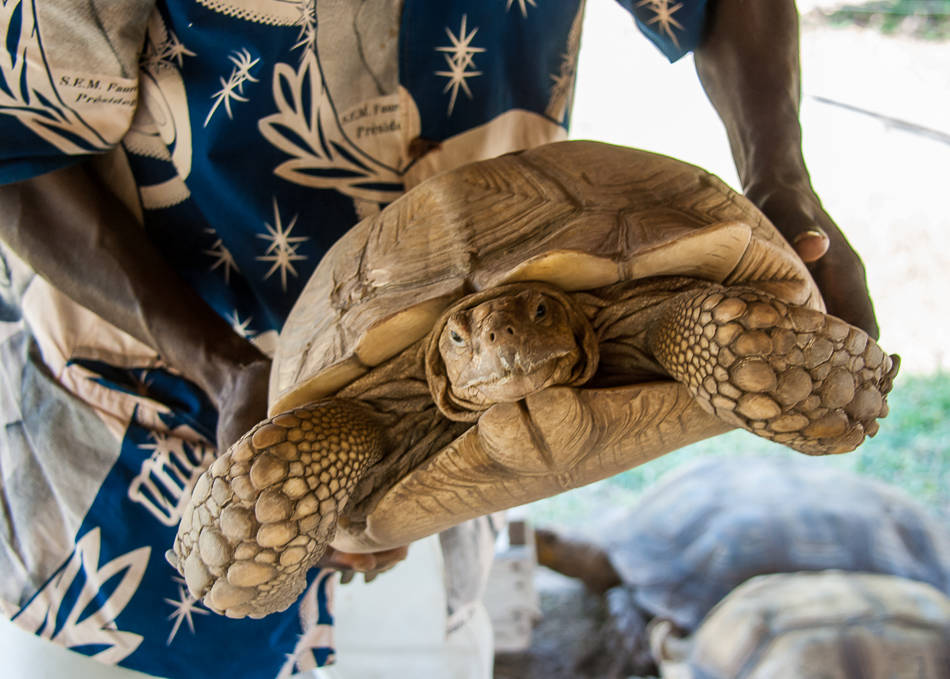
They’re being kept safe and well fed with a vegetarian diet of delicious pumpkin and other local crops.
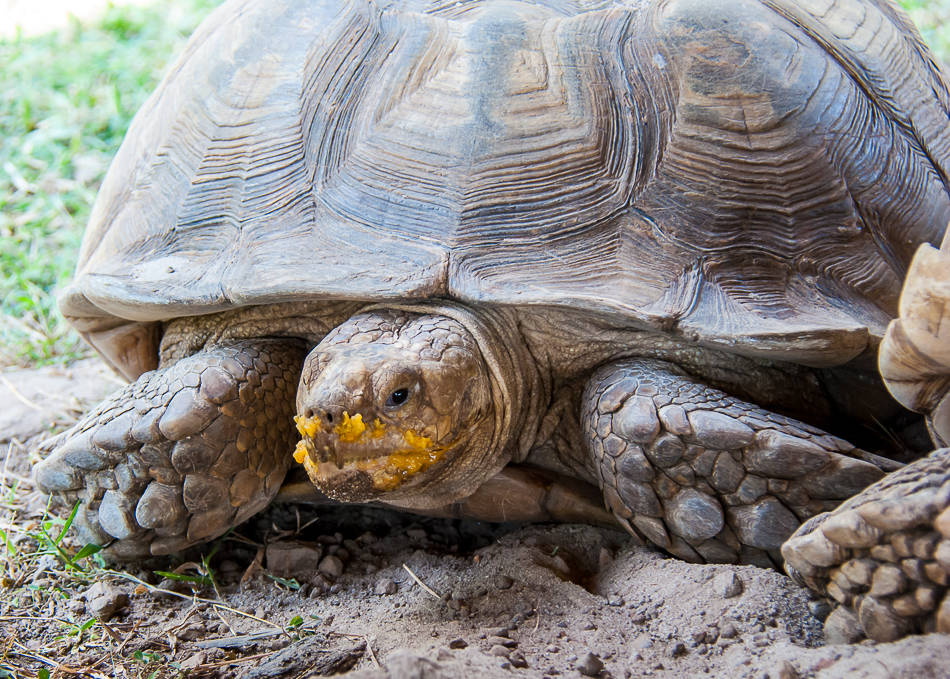
Near the reserve stands a peculiar monument to the old President of Togo, Gnassingbé Eyadéma.
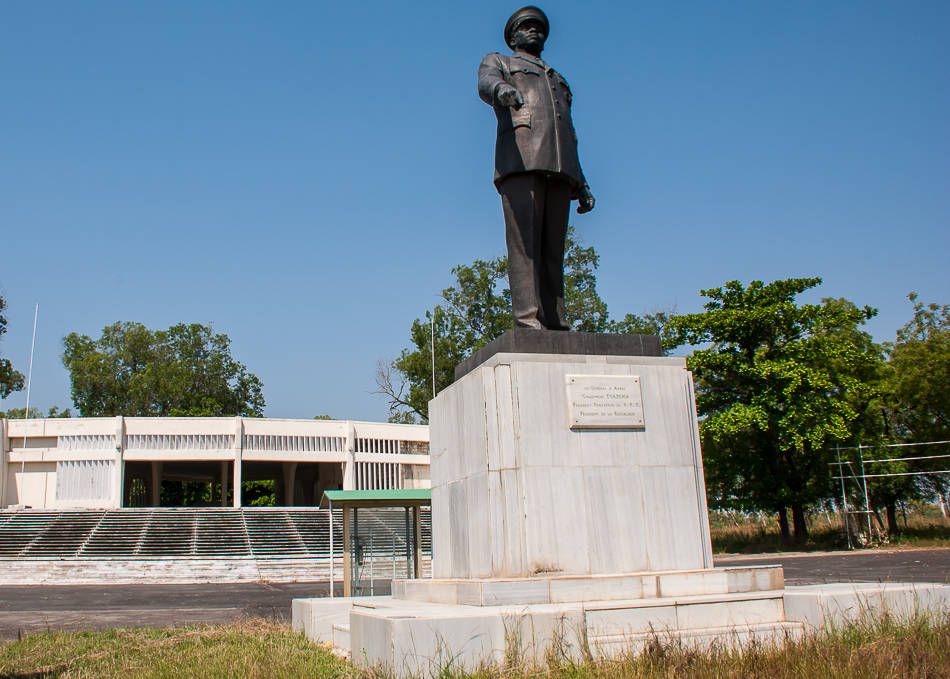
On 24 January 1974, a Togo Air Force C-47 carrying several notable political figures, including the president, crashed near Sarakawa. Rumors are that the French sabotaged it after the President refused to collaborate over the use of a phosphate mine…

The president survived but the French pilot and three other passengers died. Following the incident, a monument was established by the Togolese government near the crash site.
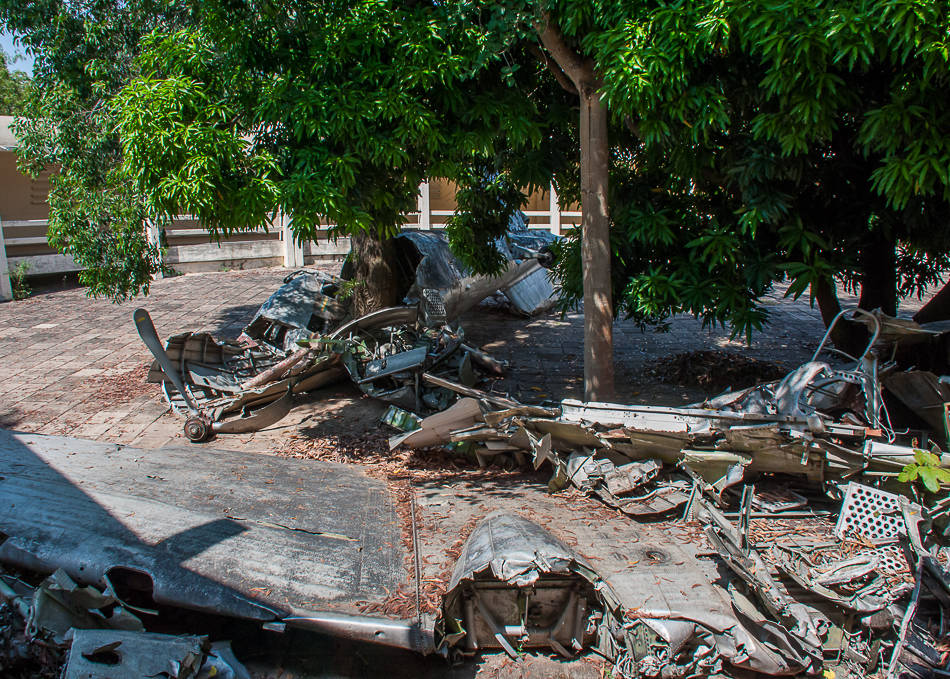
Moving on to the little town of Pya where a small community still practice traditional ironwork and pottery.
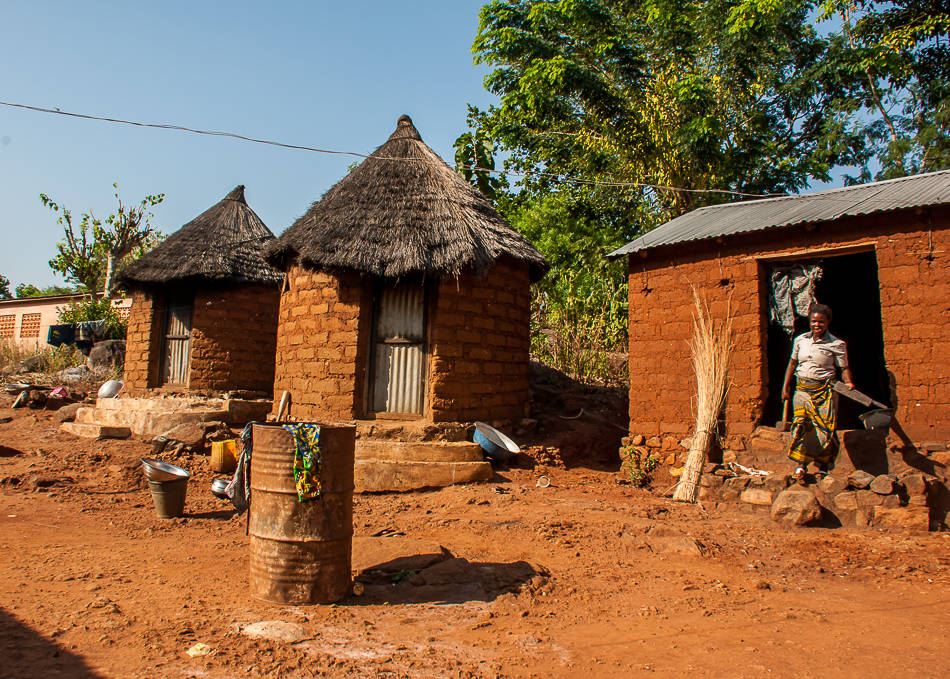
It’s pretty hot in here as the village chief/master blacksmith and his assistant work a metal piece over hot coals. After heating up the metal, the piece is hammered with a big rock repetitively, slowly bending the metal in the desired shape, reheating the piece constantly in between – a very tiring job!
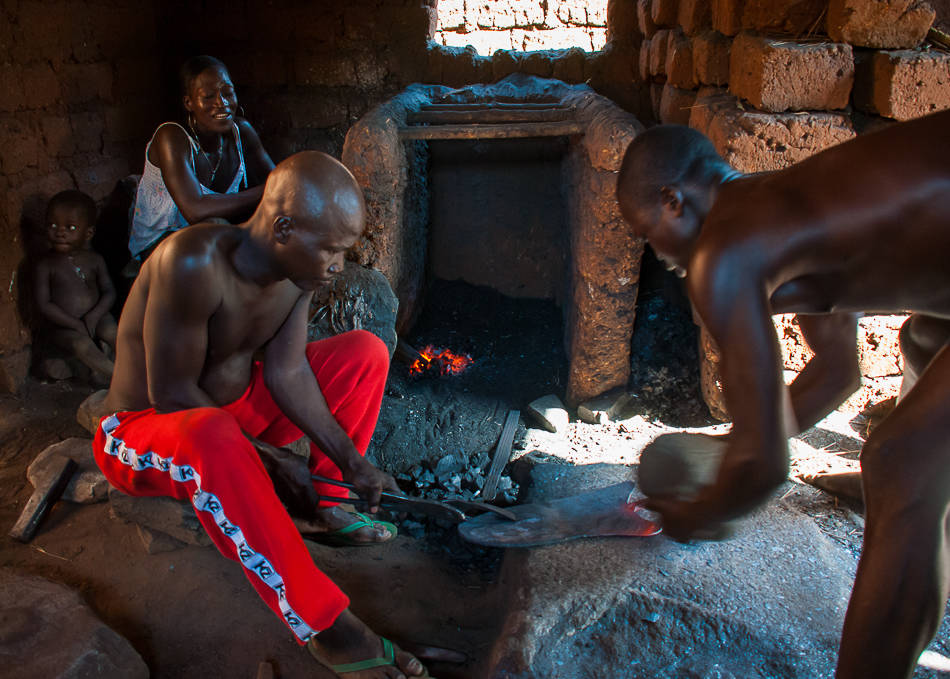
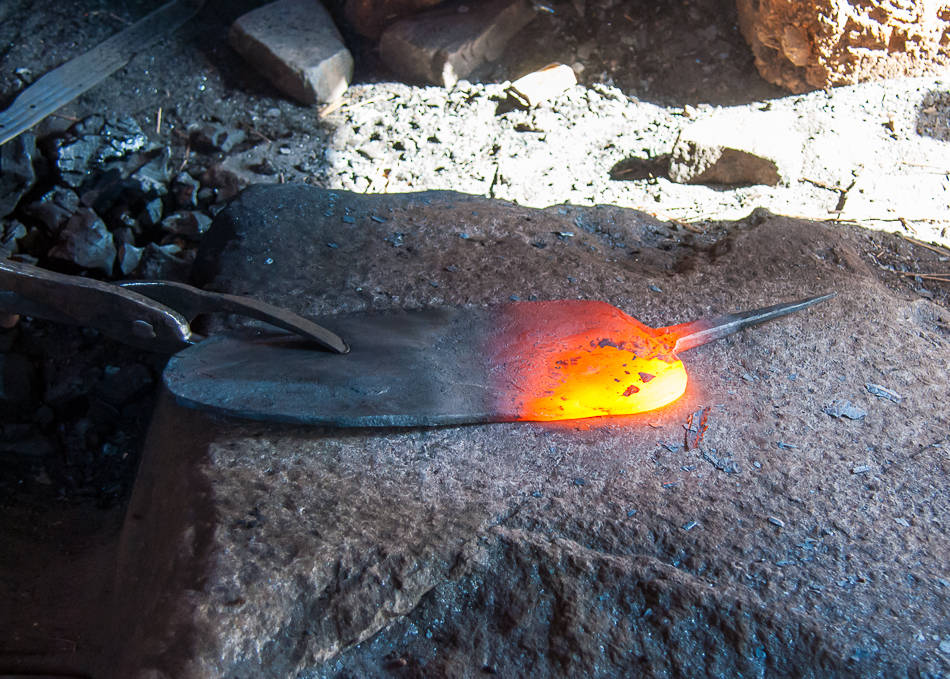
The metal comes from old rail tracks far away and will end up as a gardening tool, knife/machete, or weapon such as arrows.
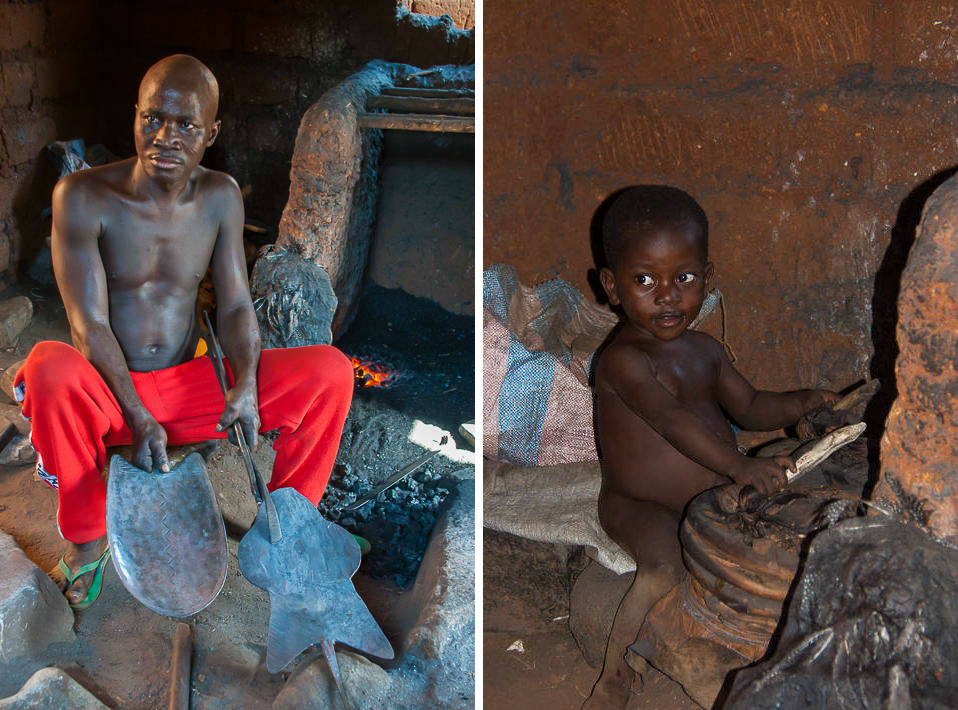
In the courtyard, a potter is at work starting a traditional urn with clay.
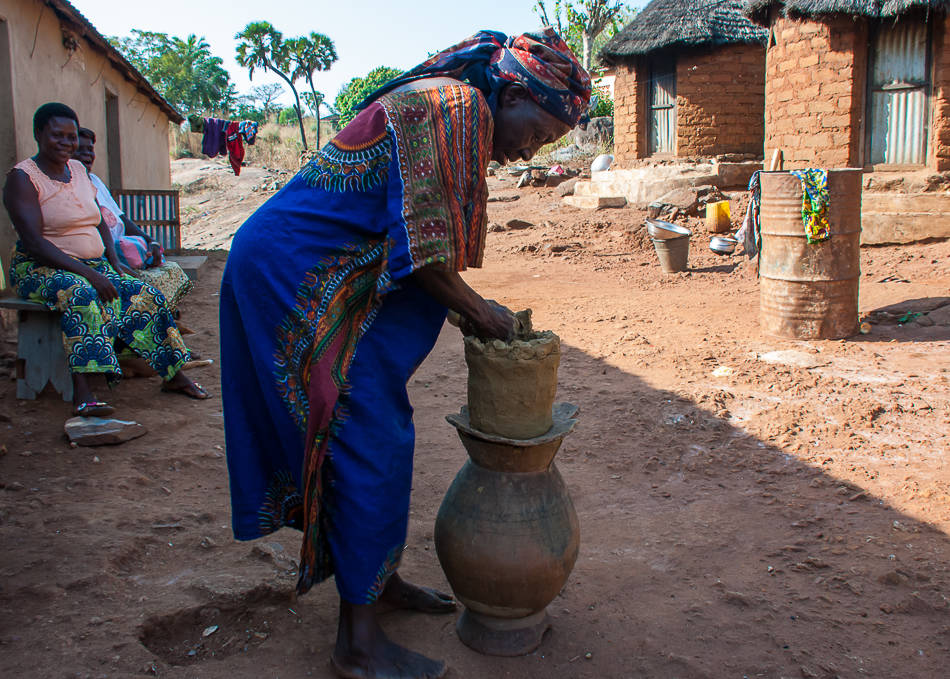
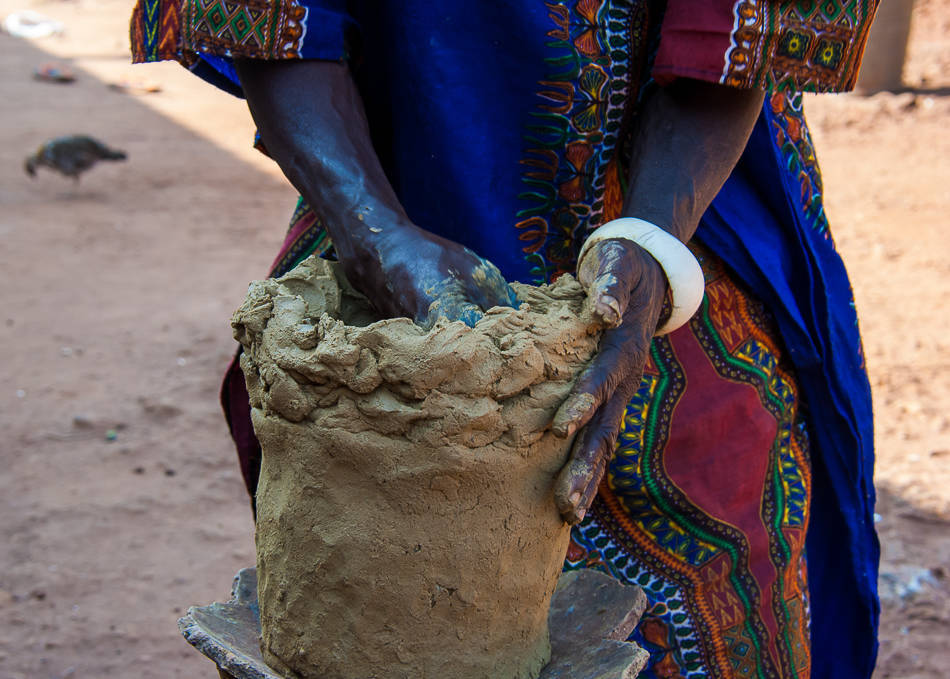
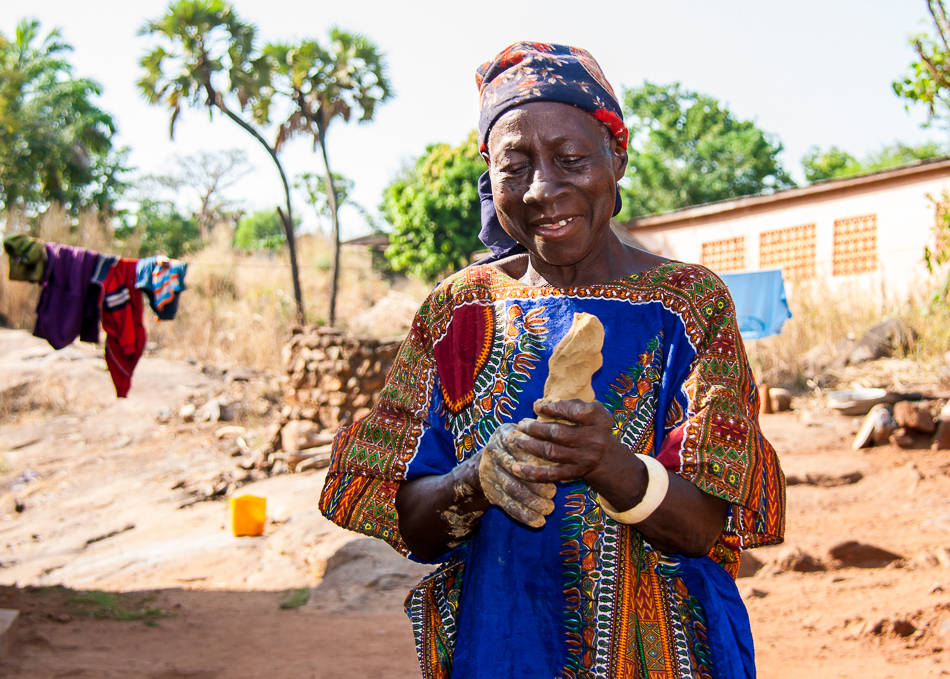
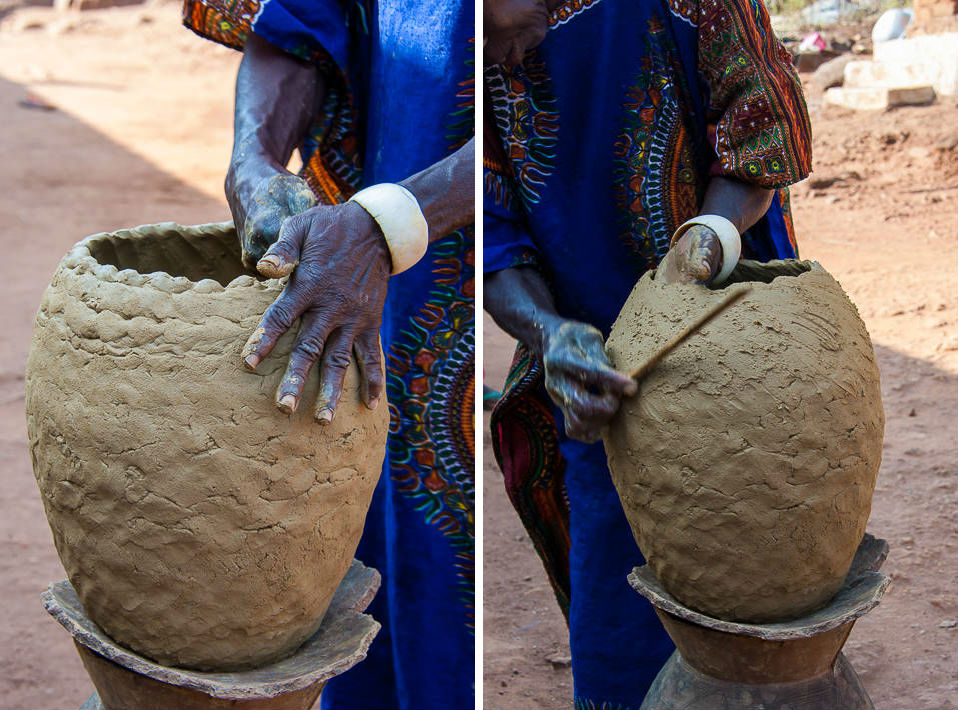
The finished urn will be left to dry for three days before being turned upside down to finalize the bottom which will also be dried for three days. Afterwards, the urn will be baked slowly to harden it and make ready for selling it at the market or using it in the house as a water container or for storing food.
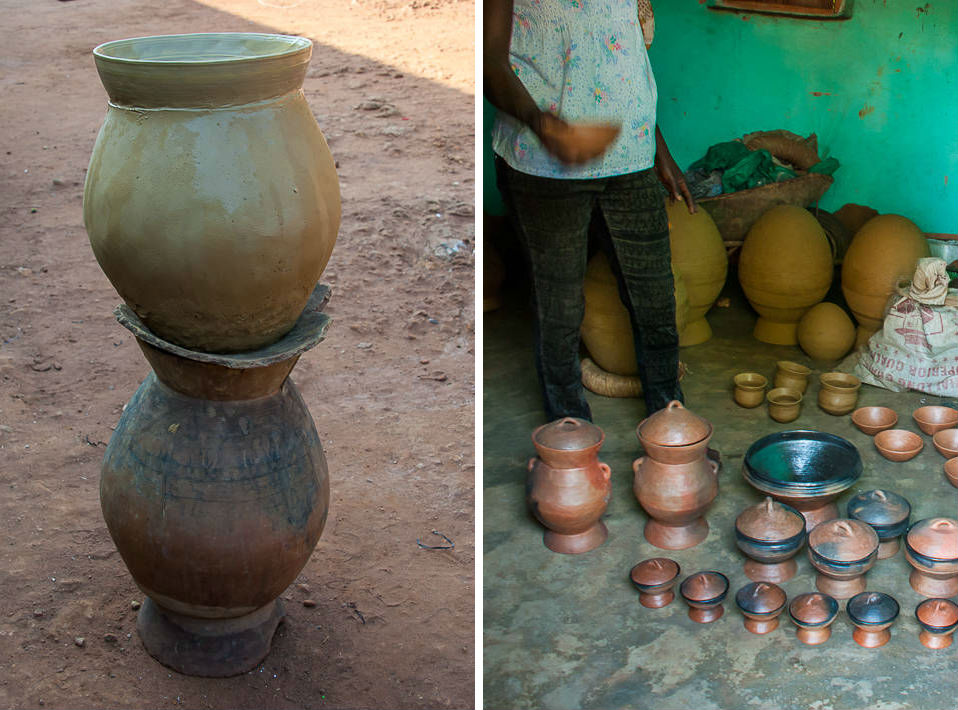
Back in the car, we finally head to the real reason we came all the way to the north of Togo – the alluring Tamberma Valley.
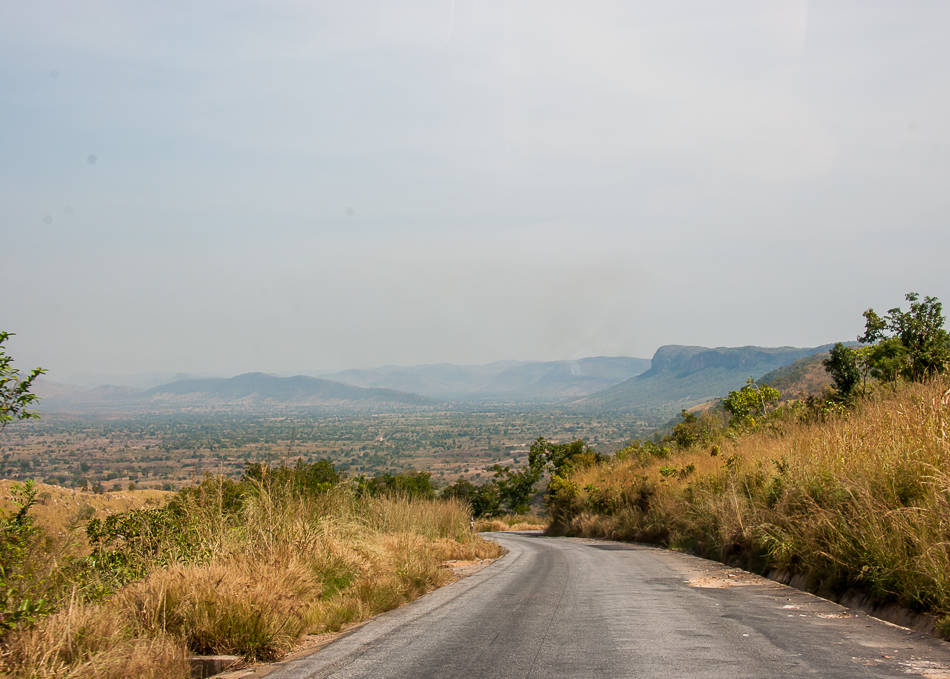
Declared a UNESCO World Heritage Site, this amazing valley is home to a unique collection of fortified villages with houses like mini fortresses.
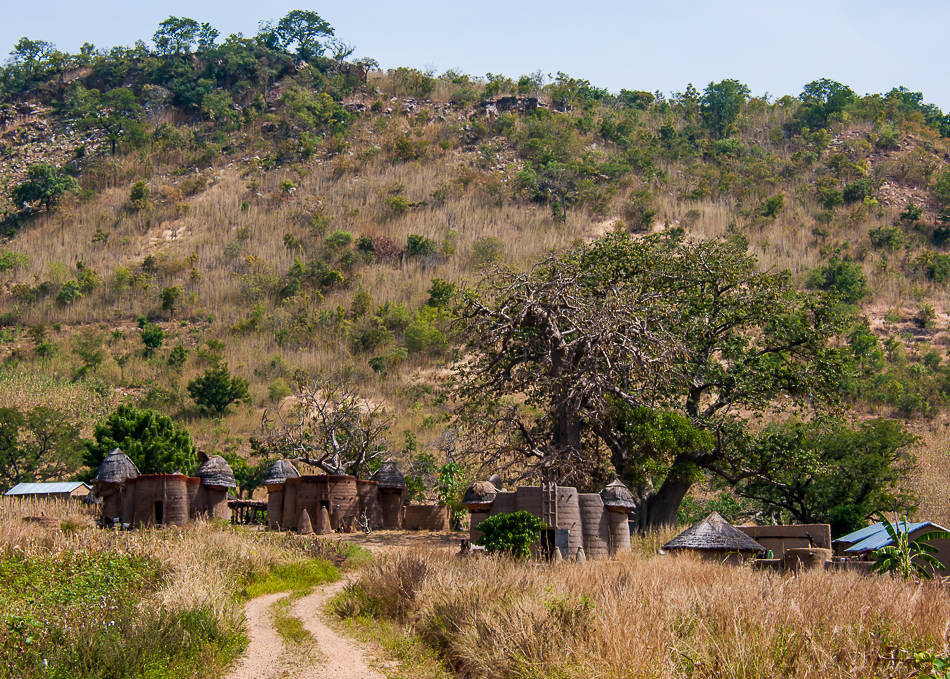
These villages were built in the 17th century by people fleeing the slave trade in Benin and remained isolated until very recently. The local Batammariba people are skilled builders and have put together these castle-like structures using only clay, wood and straw, and no tools. The look they created was to help ward off invasions by neighboring tribes and served as a scaring tactic.
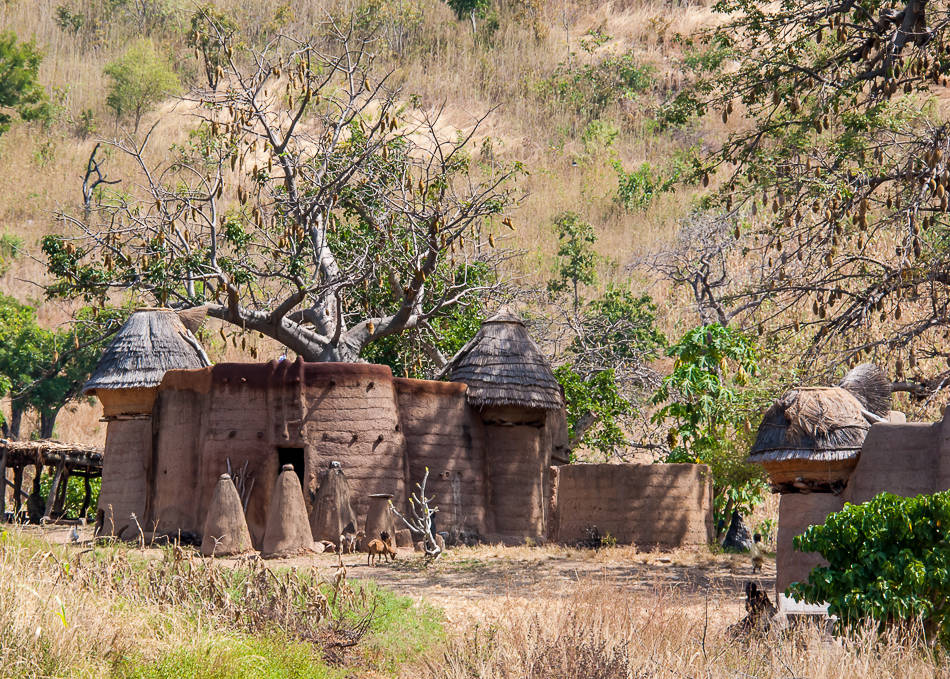
A typical house is called a Tata and consists of a series of towers connected by a thick wall with a single entry point meant to trap an enemy should the house be invaded. A hole in the ceiling of the first chamber would allow the house occupants on the roof to shower the enemy with arrows from above. Note also the huge fetish at the entrance of every Tata, used to ward off evil and bad spirits by receiving regular sacrifices (most often chickens).
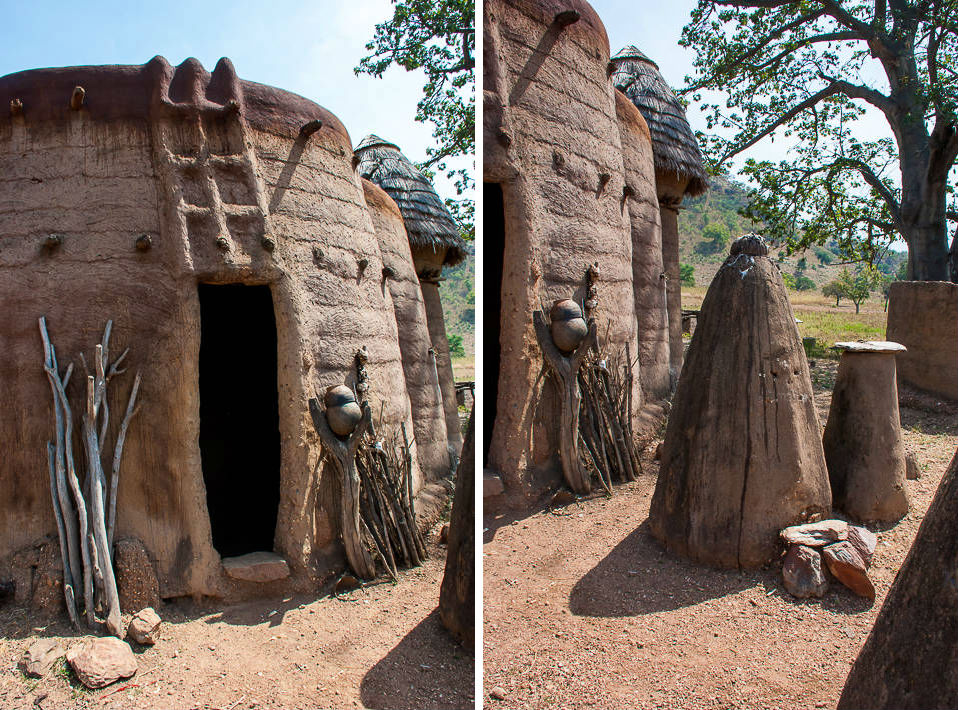
The only functional room on the ground floor, the kitchen, is also the point of access to the rest of the house which is on the upper floor/rooftop.
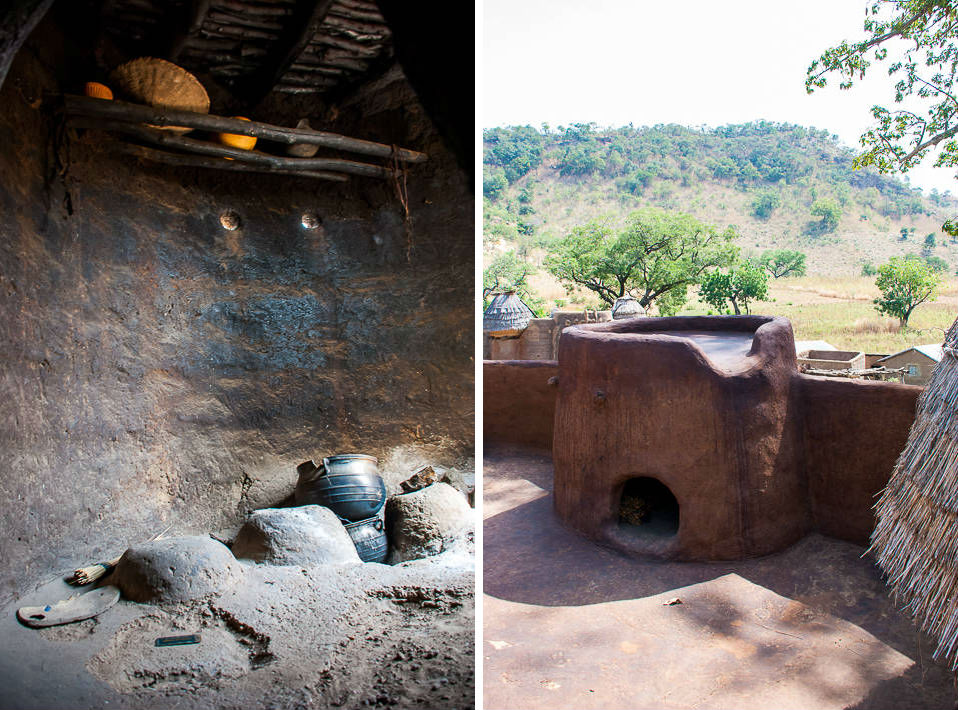
Life here revolves around an elevated terrace where all the house chores are conducted such as drying the millet and corn…
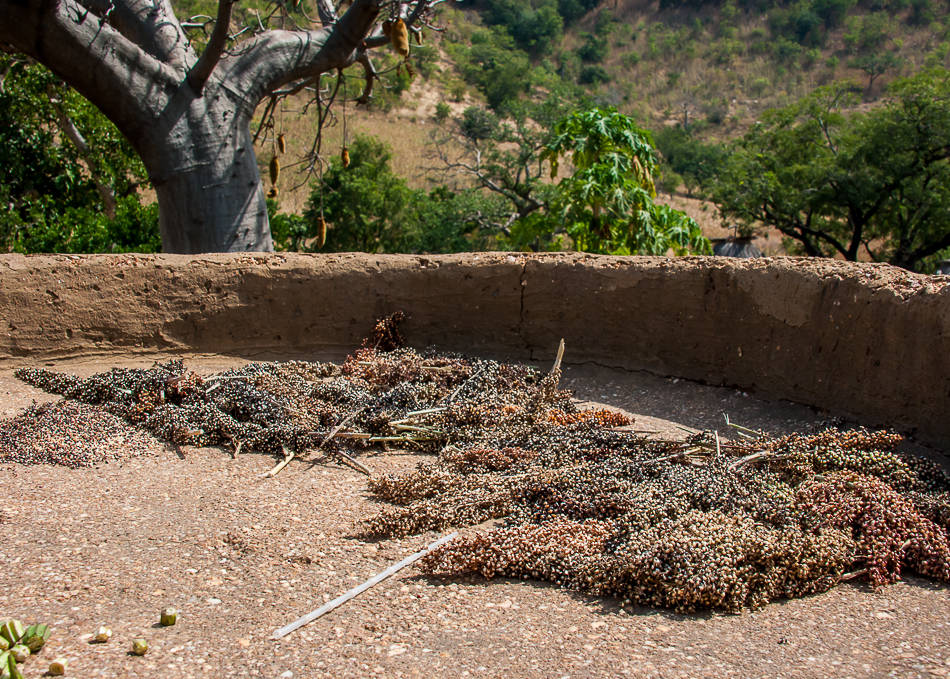
…storing the millet and corn in conical containers on top of the towers…
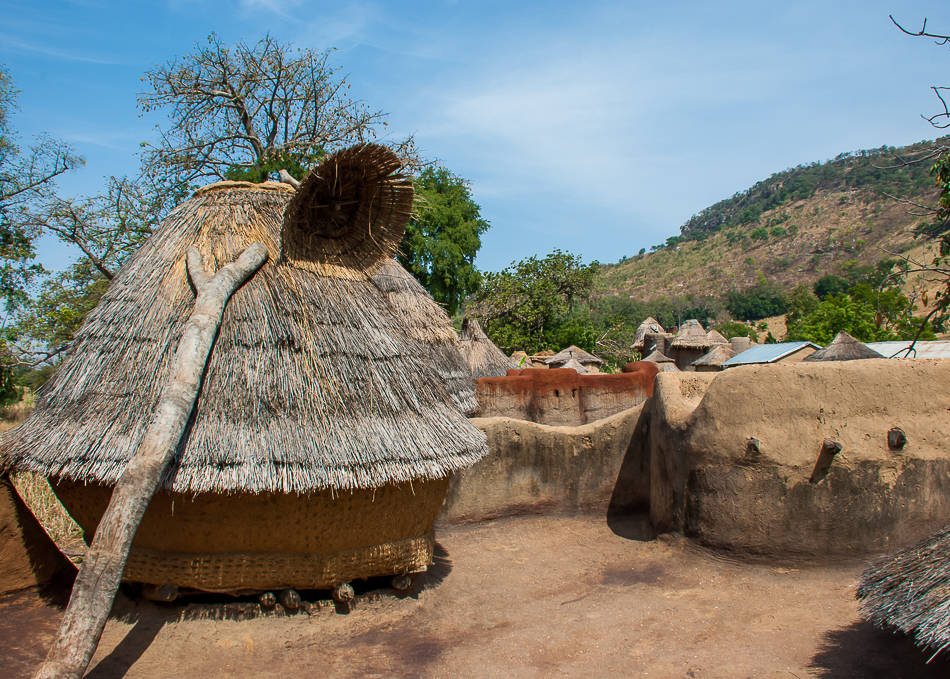
…sleeping, and basically spending most of their leisure time.
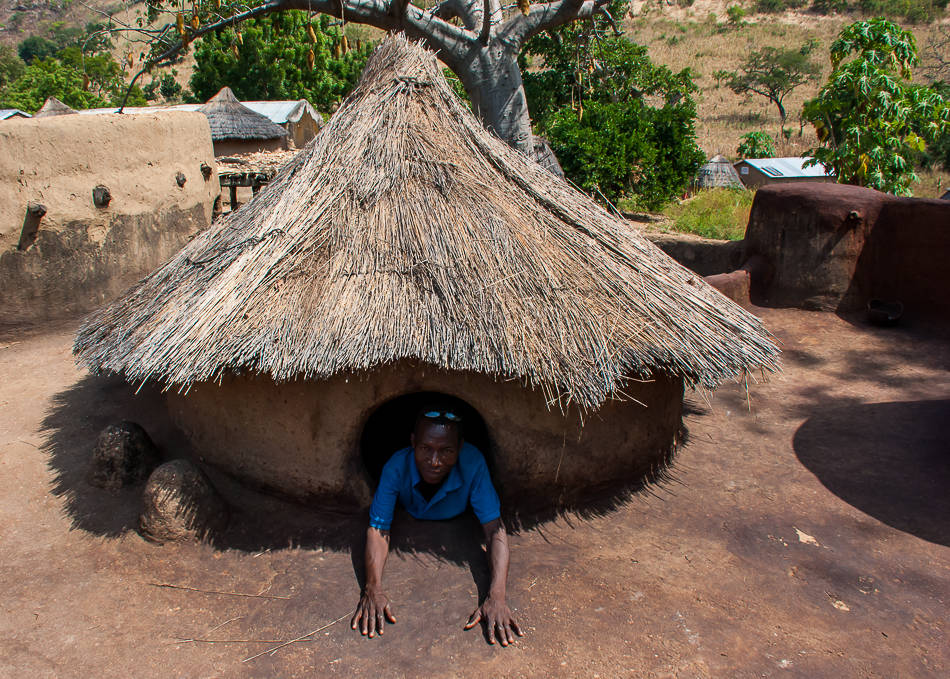
A village will have a handful of houses, all belonging to the chief’s many wives.
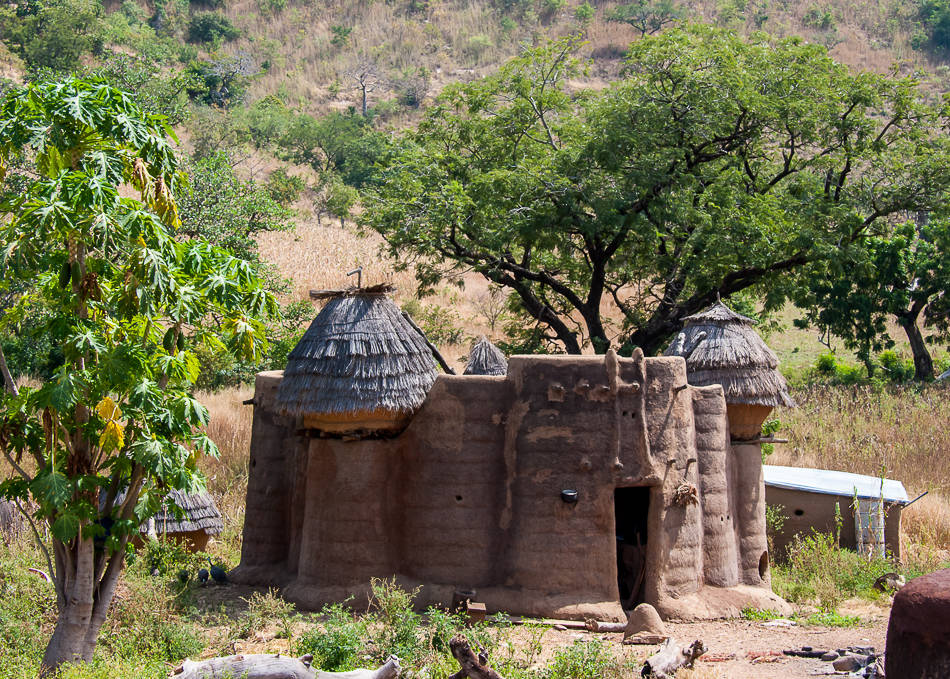
Spread out all over the valley, the constructions create a surreal place and easily an highlight of any visit to Togo.

Millet grows profusely between the villages and you notice how every Tata proudly displays skulls and other fetishes right outside their door such as this crocodile skull.

The Batammariba people also grow cotton and fields can be seen all around.
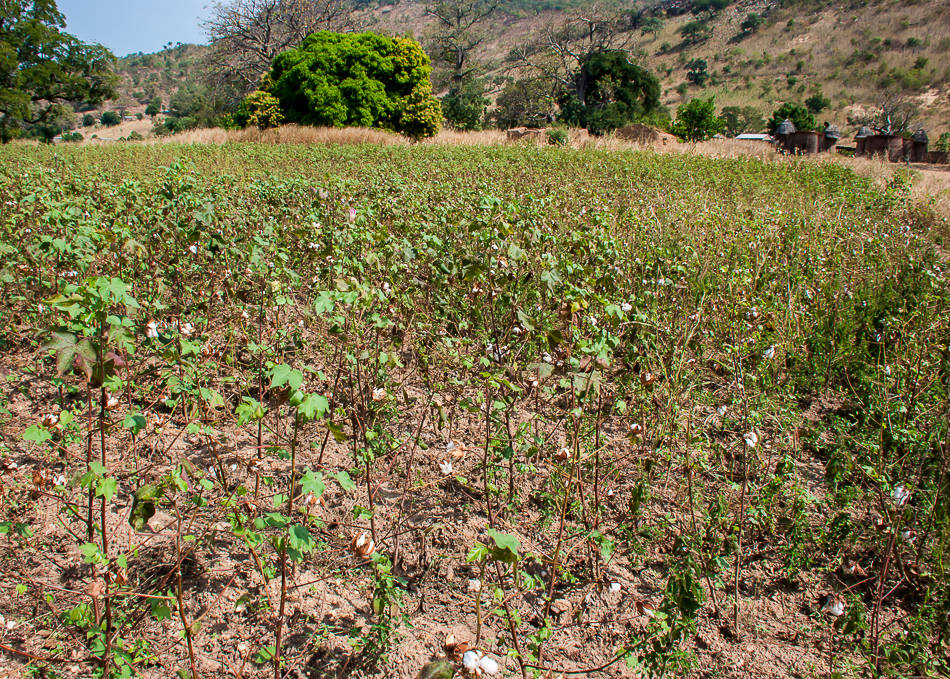
Here showing the stages of a cotton flower.
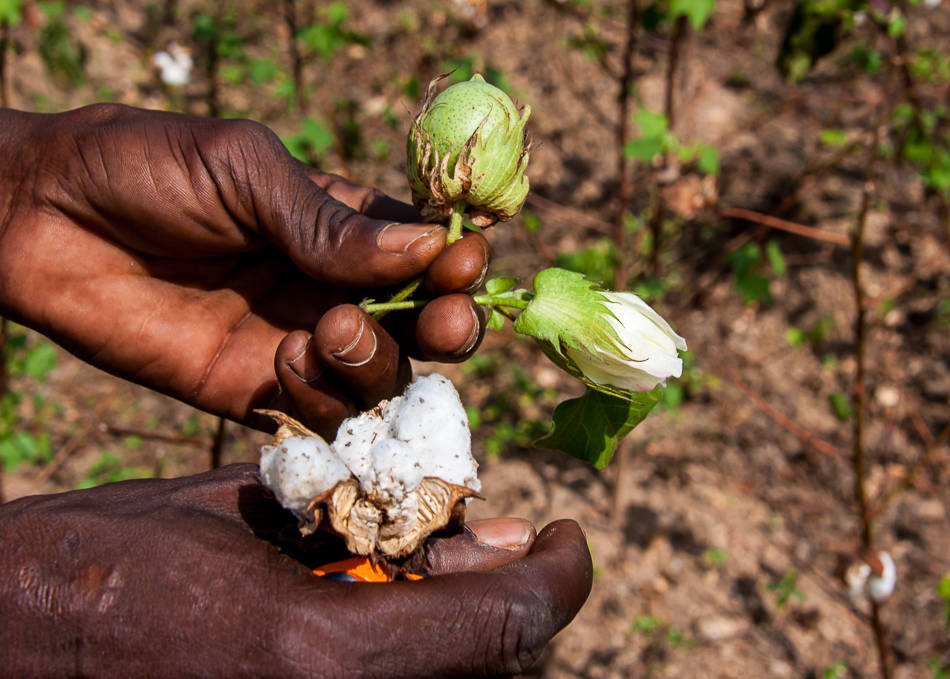
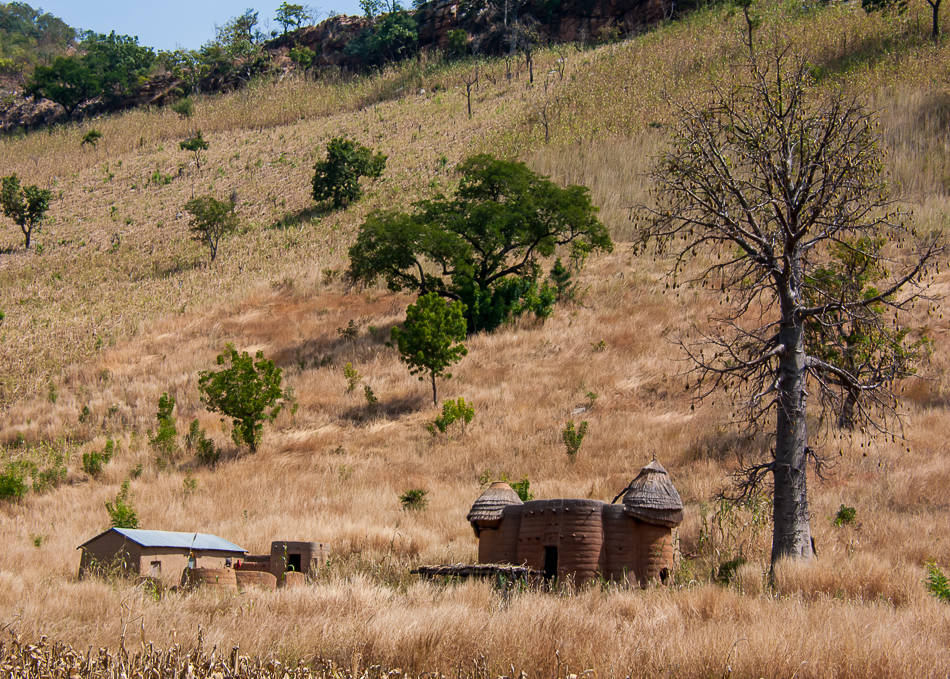
Before they started building the houses though, the locals would live inside giant Baobab trees to hide from enemies.
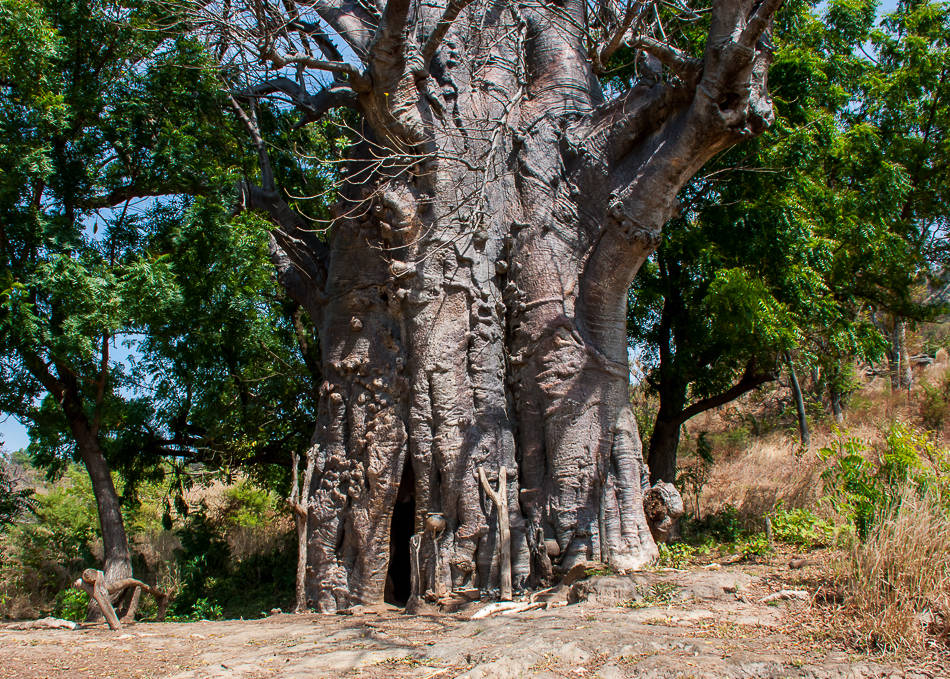
I squeezed in to look at the tight quarters, definitely not the ideal setup!

Spending some time with the local tribes is a great way to learn about their traditions and daily activities.
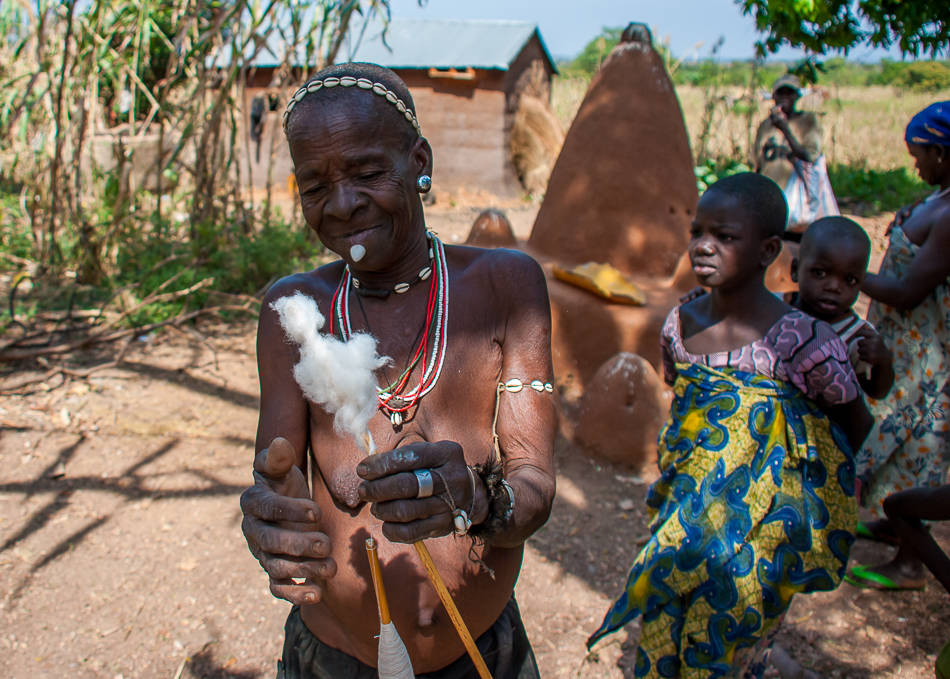
Some of the older women can be seen with a tooth of a wild boar inserted into their chin.
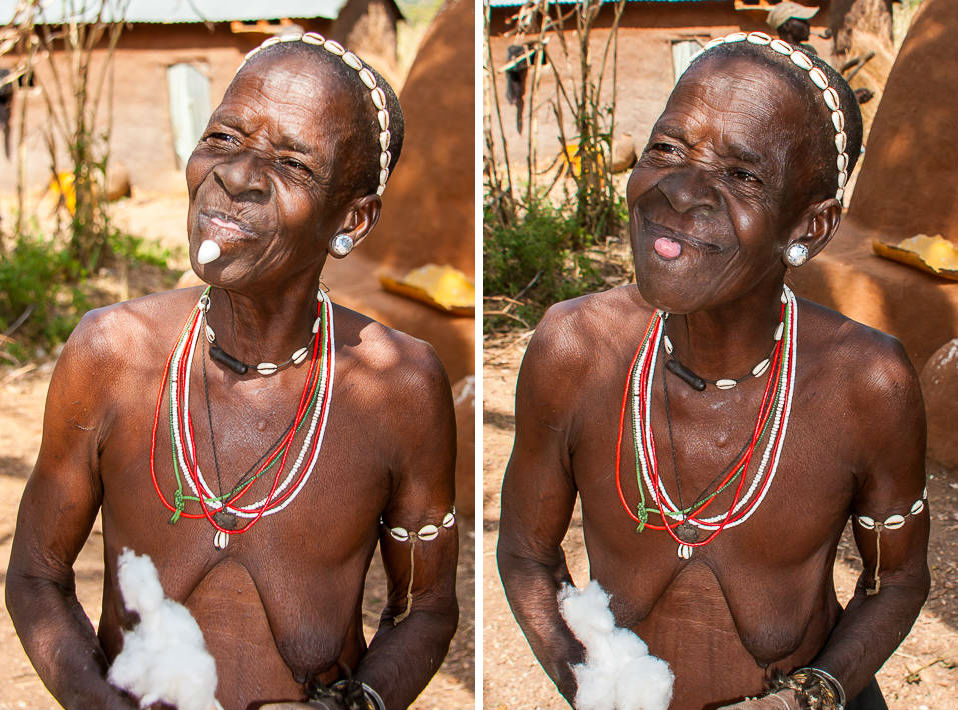
I was also able to witness some traditional dancing and celebration.
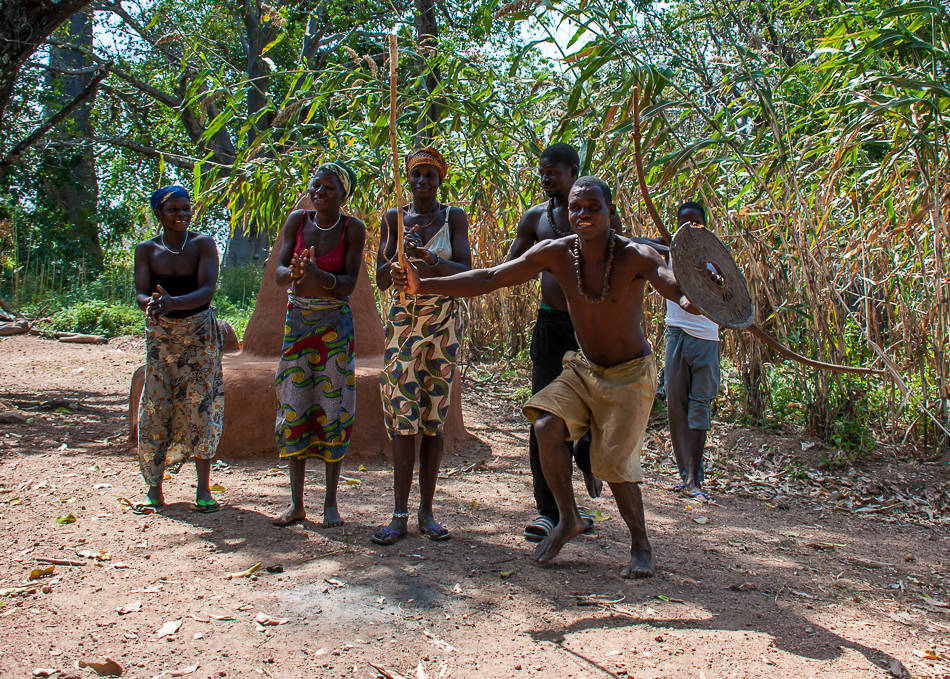
Working the earth for farming is done rhythmically while singing a very catchy tune.
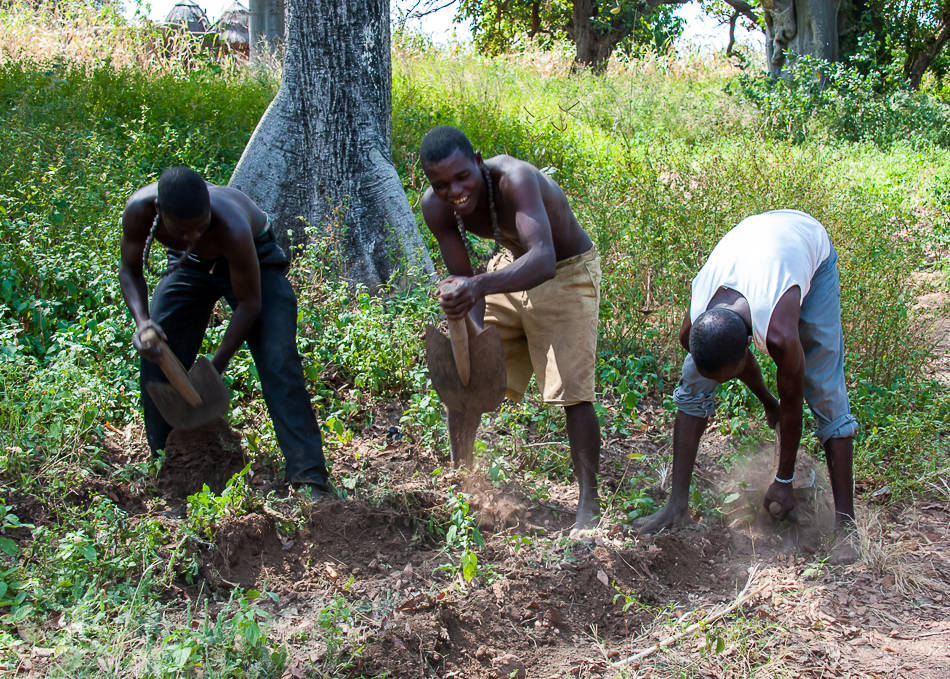
Market day in the valley happens every Wednesday in Nadoba and is a must-see if you happen to be there then (like I was!).
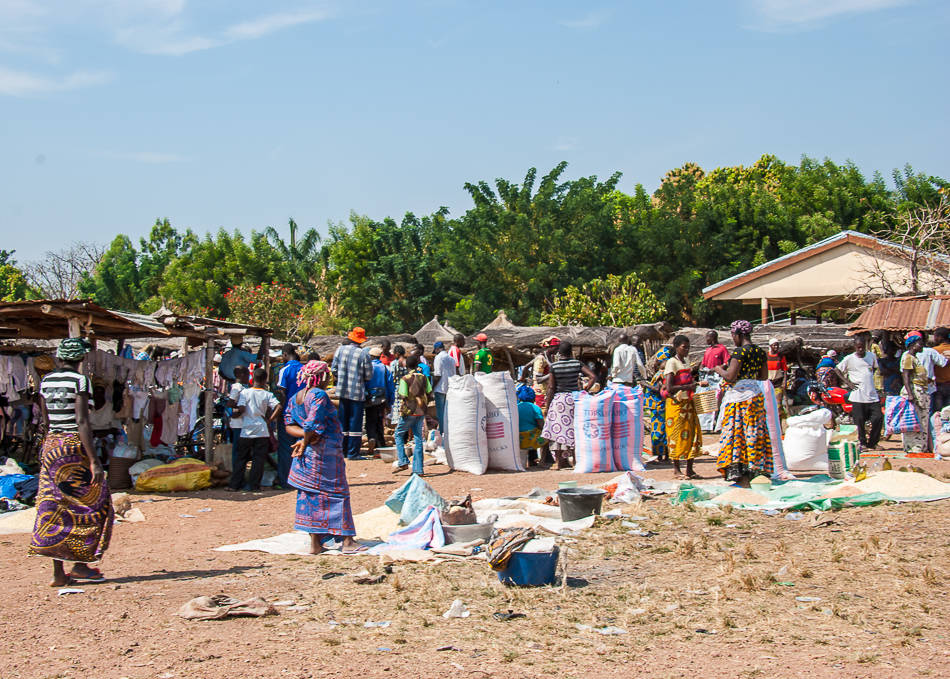
Everyone comes from all over either walking or biking.
Parking lot for bikes
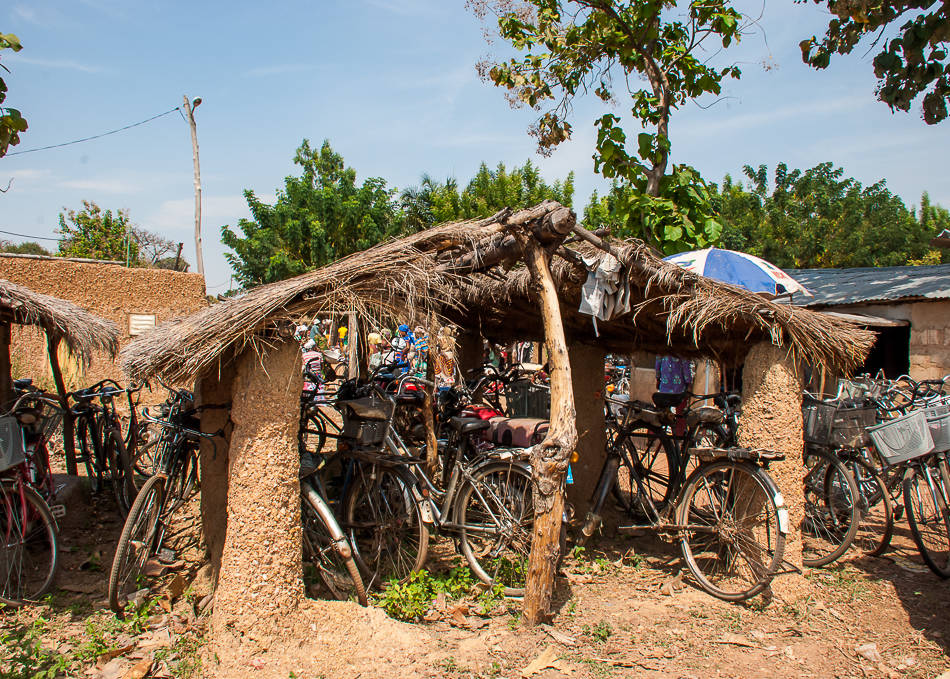
Some come to sell what they’ve made at home such as fresh cheese.
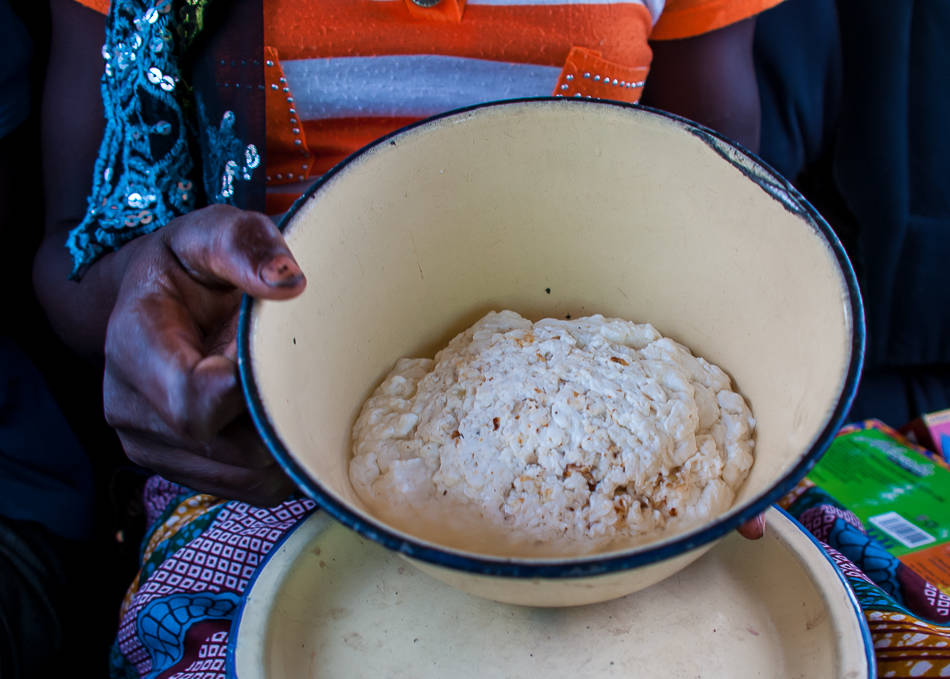
Tobacco is widely available as practically everyone smokes here. While a lot buy cigarettes, it’s still really common and traditional to smoke with a pipe hence all the tobacco sold by the weight here.
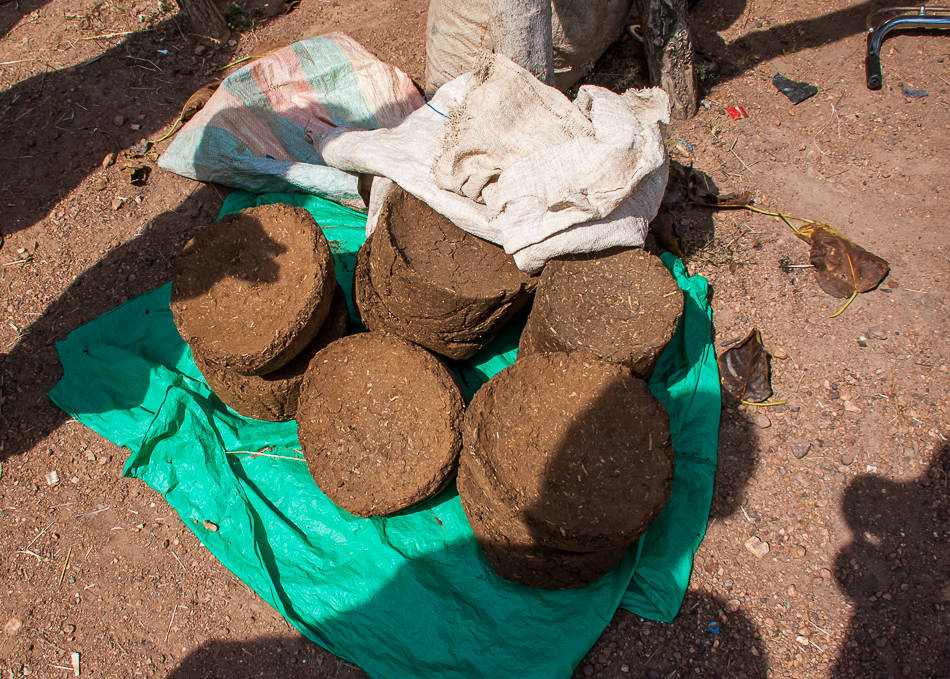
Tobacco
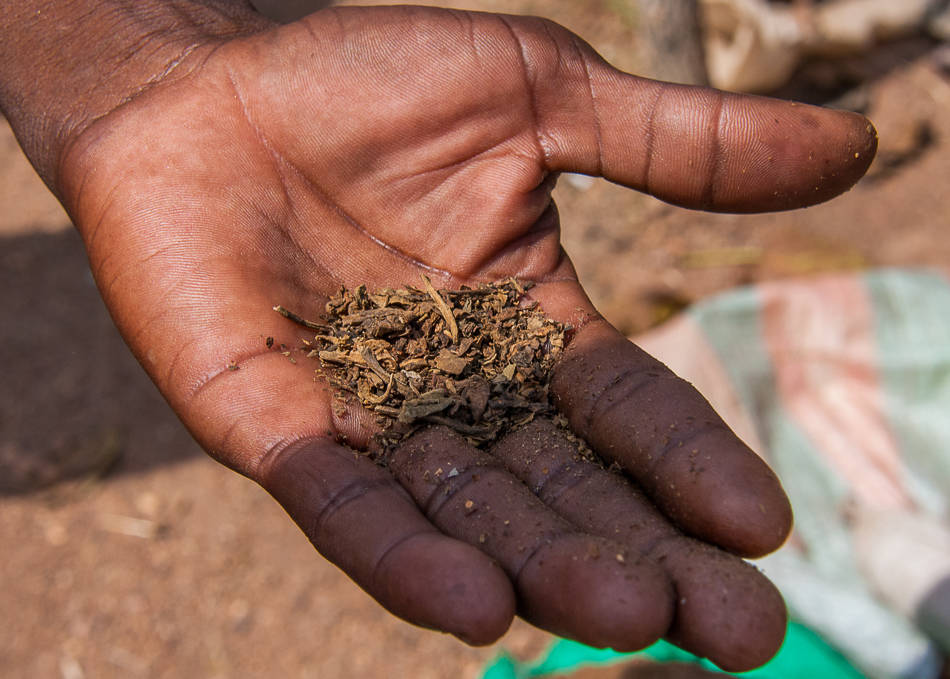
The main reason though everybody shows up here is to sit and socialize at one of the numerous ‘bar’ to sample the latest brew. The brew of choice here is fresh beer made out of millet where millet and water is fermented over heat for a couple of days then stored for another couple of days in order to get the fermentation going. Most bars will have different strength of beer to taste.
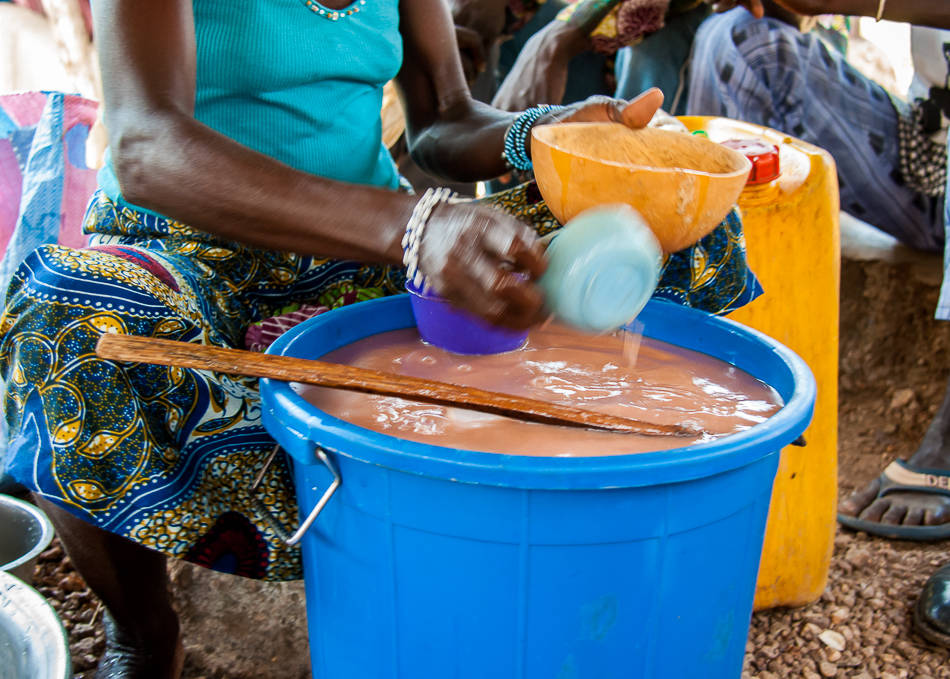
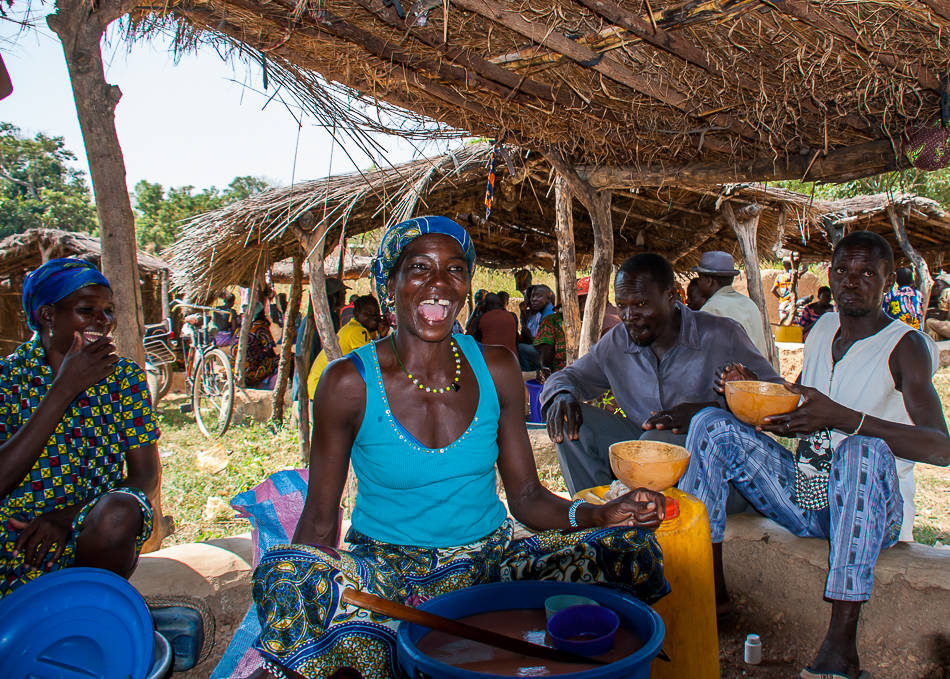
Drinking buddies…
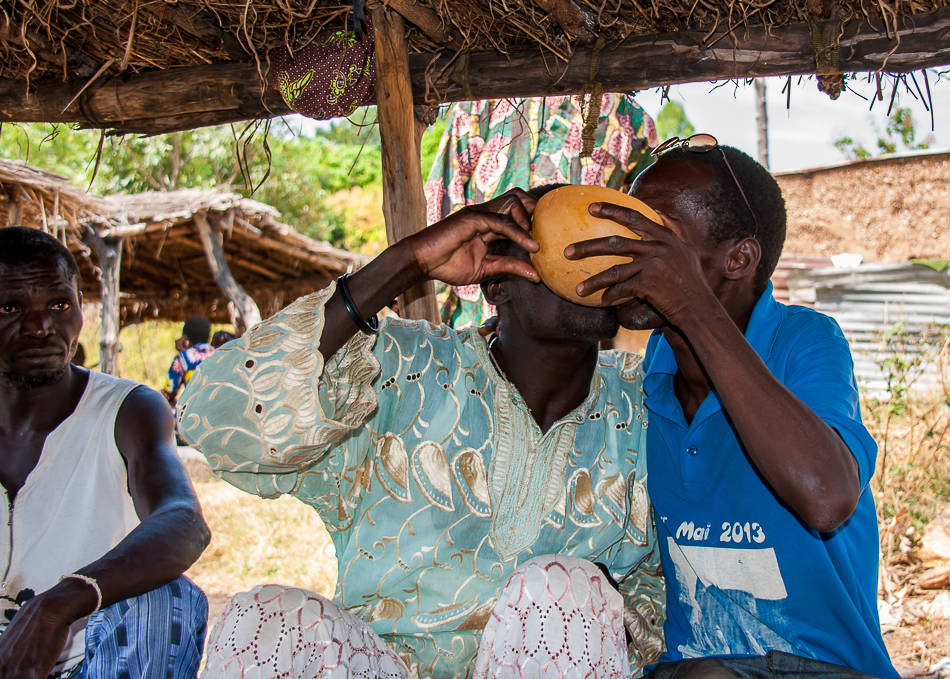
I quite liked drinking my beer out of these calabash bowls, makes you drink more though…and it’s only 11am!
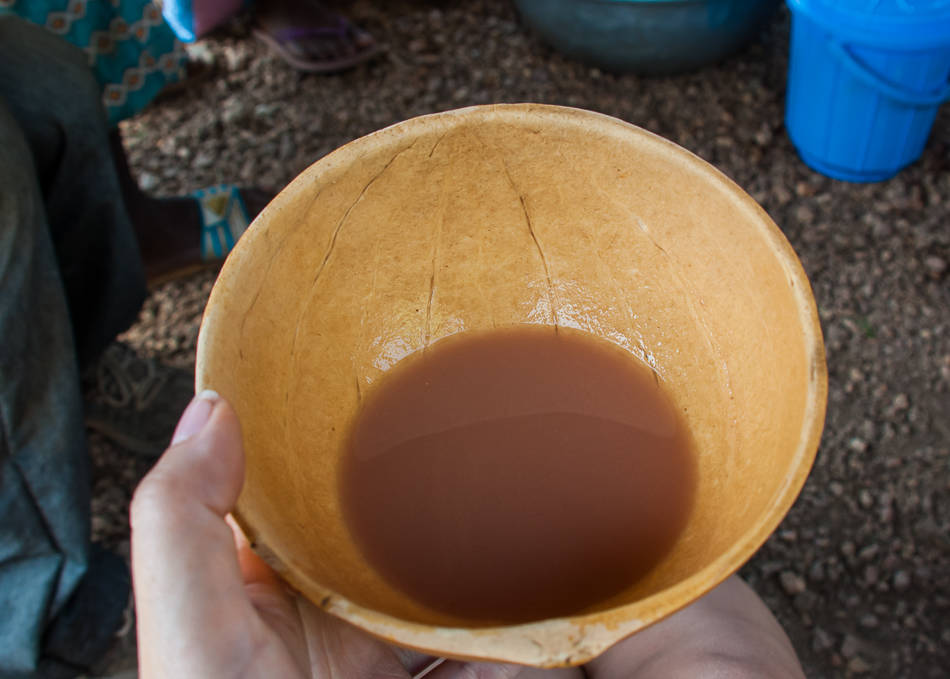
The market will be going on all day, selling mainly food, lots of beer, and second-hand clothing for the locals.
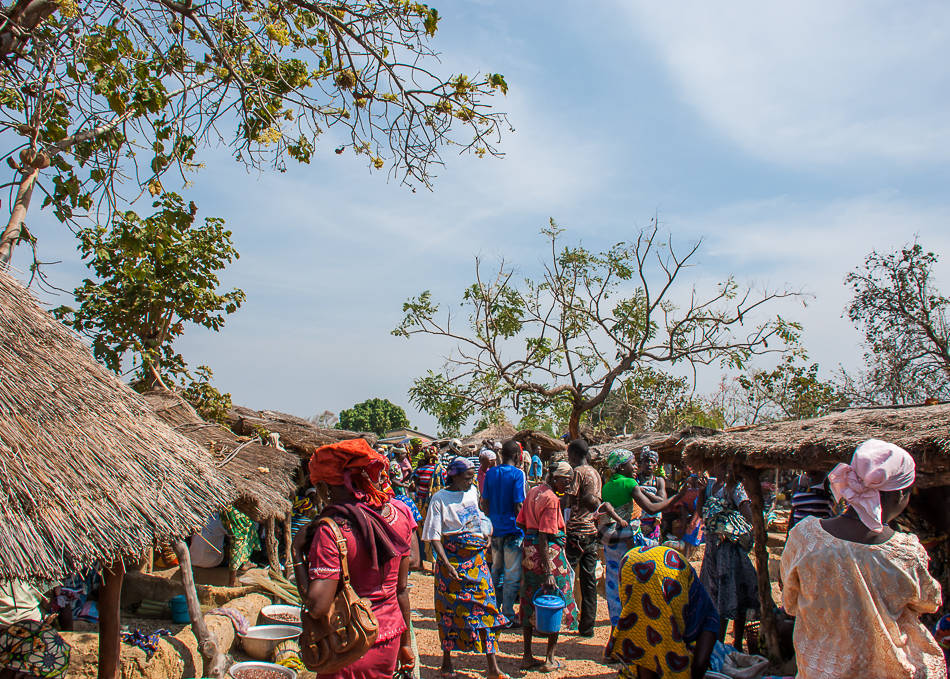
This is where I ended my stay in Togo, as only a few meters walk from the market stood the border to cross into Benin… TBC

